Explore a hidden gem in north Vietnam
Enquire about a tour with YESD!
Enquire about a tour with YESD!
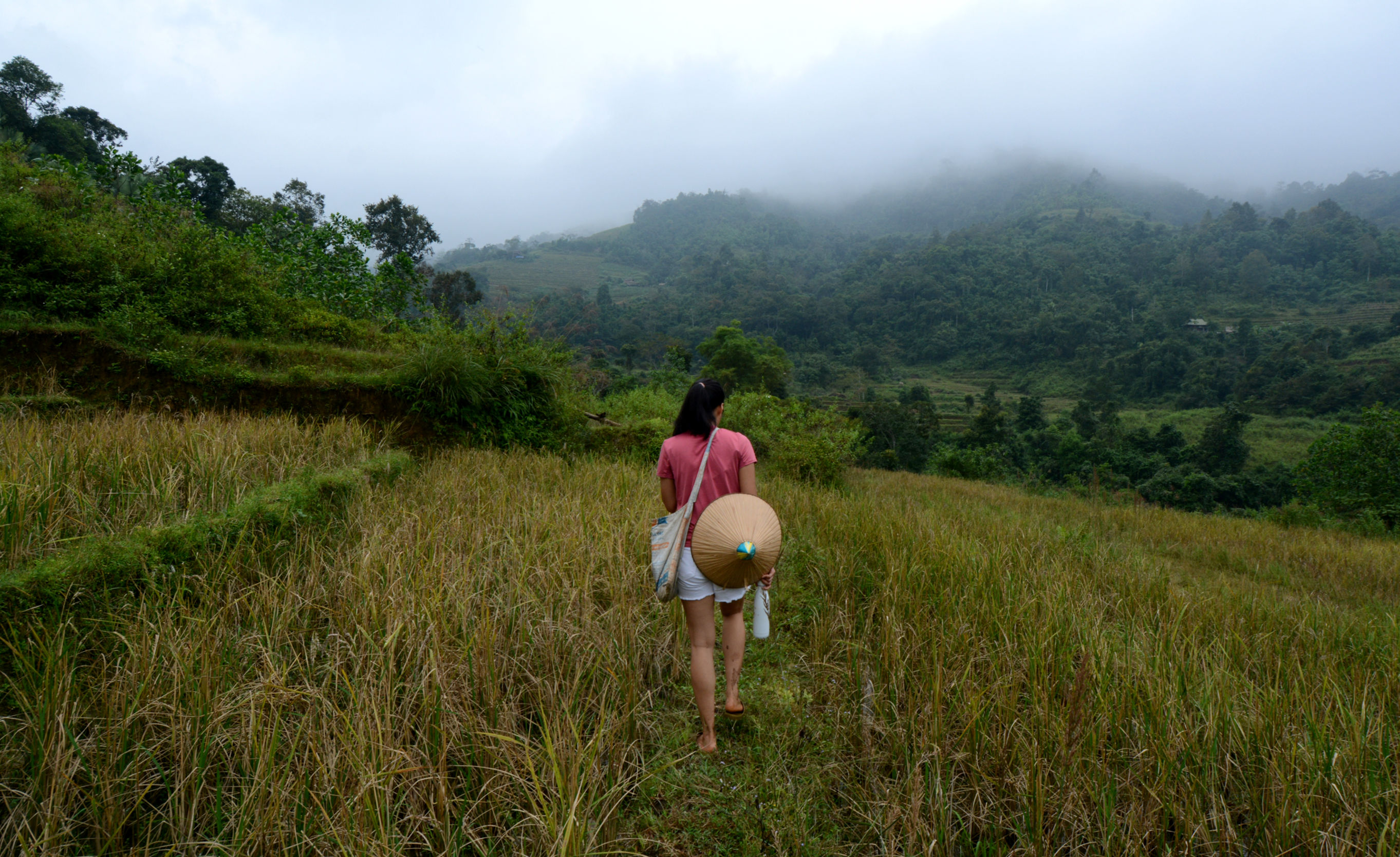
I want to book a stay at Olaulim Backyards
I want to support Telunas Beach Resort
Visit Cafe Inklusi to get great local food and support the deaf community.
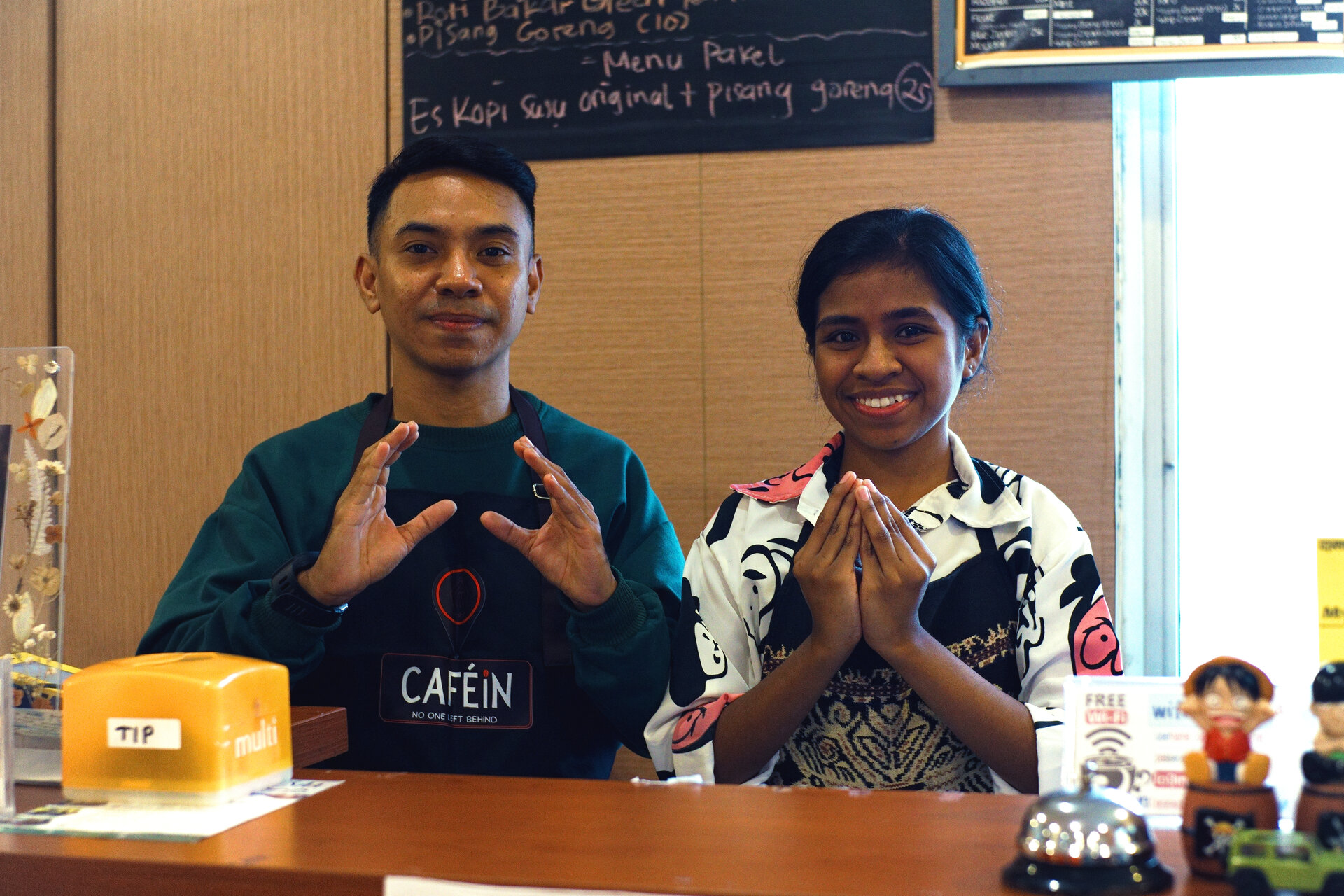
The Magic of Kupang
To most travellers Kupang is a transit hub en route to hiking Mount Mutis in South Central Timor’s Mollo highlands, surfing Nemberala Beach in West Rote, or diving Alor’s coral reefs.
But Indonesia’s southernmost city has its own wonderful charms. From natural splendours like sprawling tropical landscapes, swimming caves and waterfalls, to a scenic city steeped in centuries of history as a trading port, with a waterfront that sets the stage for an amazing sunset.
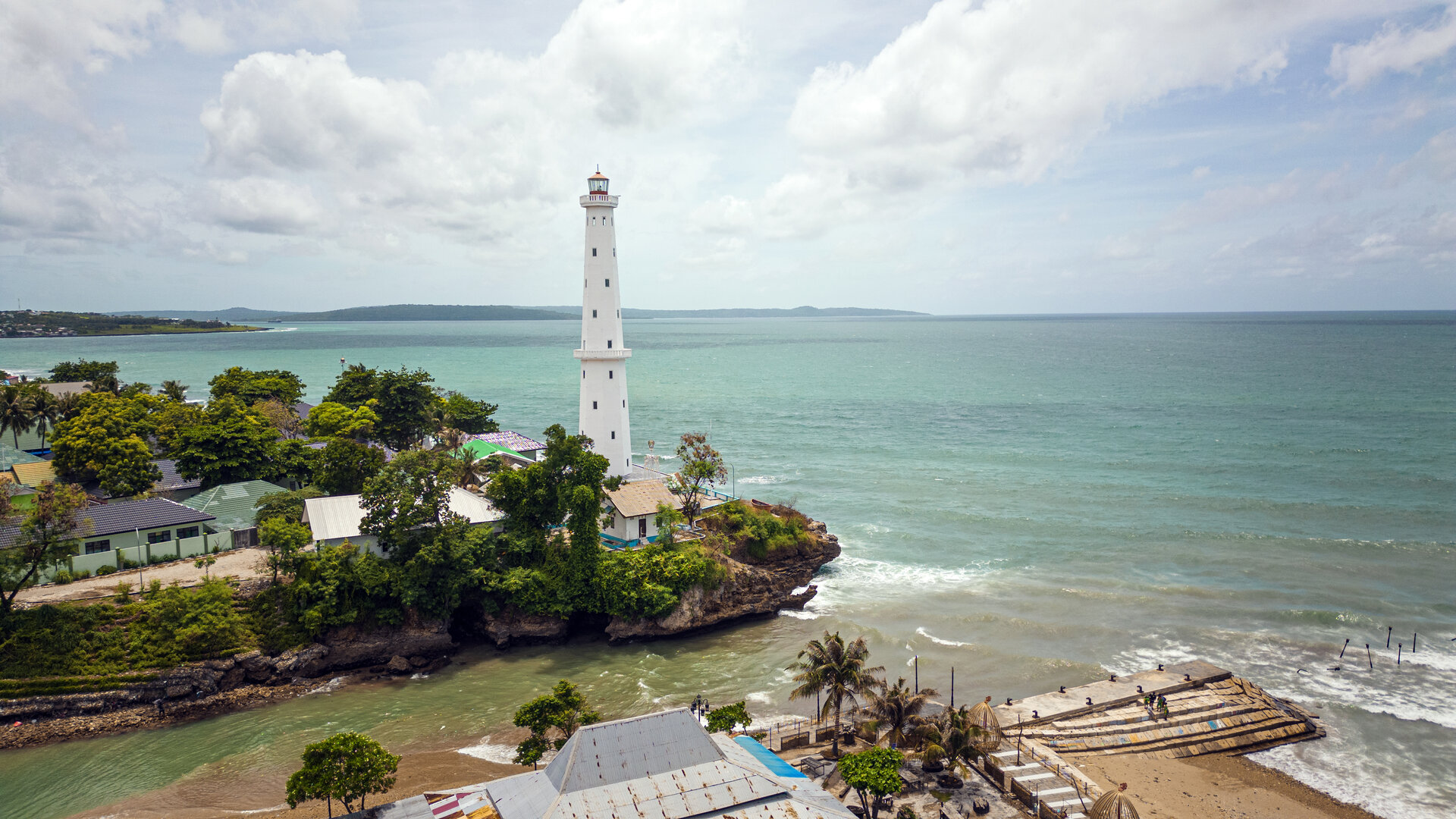
The Kupang Lighthouse, an historical landmark from the colonial past. The Dutch name for it is Ruïnes van de Oude Indië Pier in Koepang.
To me though, Kupang is my other home. My maternal grandparents were from neighbouring Rote island, so Kupang was their gateway to the world.
I grew up with “Bahasa Kupang” (Timorese Malay), Rotinese songs whose lyrics I’ve yet to memorise, my great-grandmother’s handmade textiles and faded stories of the Timor and Rote my grandparents remembered: pristine beaches, sugar palms, horses and church. As a foodie, one of my regrets growing up was never having the opportunity to savour my great-grandparents’ West Timorese cuisine.
This is what brought me to Kupang's shores - to discover a missing part of my heritage.
It’s a good time to be a foodie in Kupang. A gastronomic revival has drawn many to the city’s distinct culinary heritage. West Timorese cuisine centres around aged maize, fragrant endemic herbs and the local specialty - se’i, Timorese smoked meat, a dish that’s rising in popularity in Indonesia. These flavours are being appreciated in smokehouses, restaurants and hawker centres—by Kupang’s population of 450,000 as well as tourists.
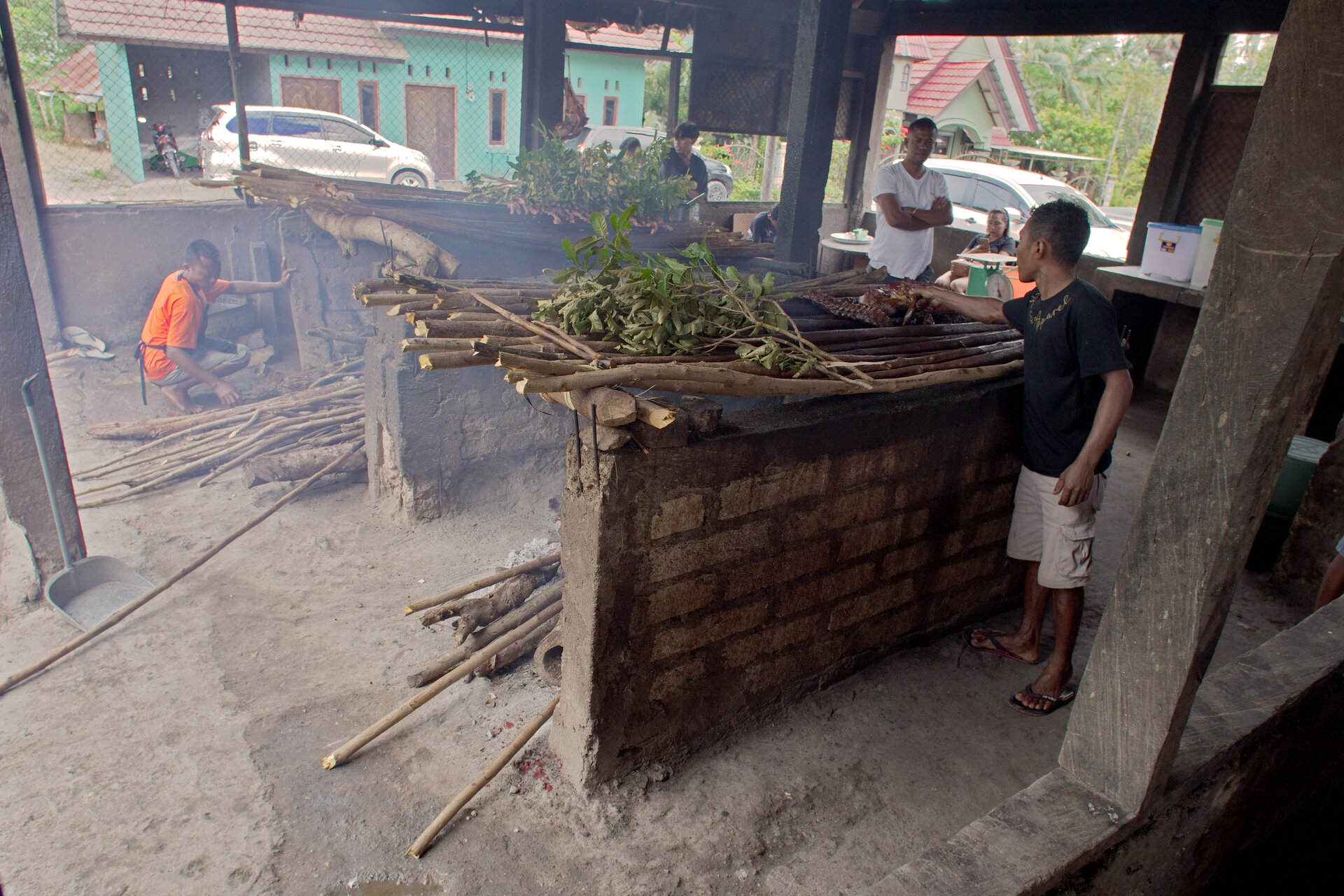
The se’i method smokes meat on beams of Ceylon oak and river tamarind wood, covered with their leaves. The result is a deep pink meat with a bold and spicy smoky flavour.
There is one special place in Kupang that does more than just delight my tastebuds. It tugs at my heart strings as well.
Artisan coffee bar Cafe Inklusi (CafeIn) serves Timorese fusion dishes and native coffee from all over the Nusa Tenggara Timur (NTT) province. They also serve a great cause. Employing predominantly deaf cooks and baristas, CafeIn’s mission is to transform Kupang’s food and beverage (F&B) landscape into an inclusive intercultural space to bond over food and coffee.
My mission: to meet these people, learn from them, make new friends and reconnect with my heritage.
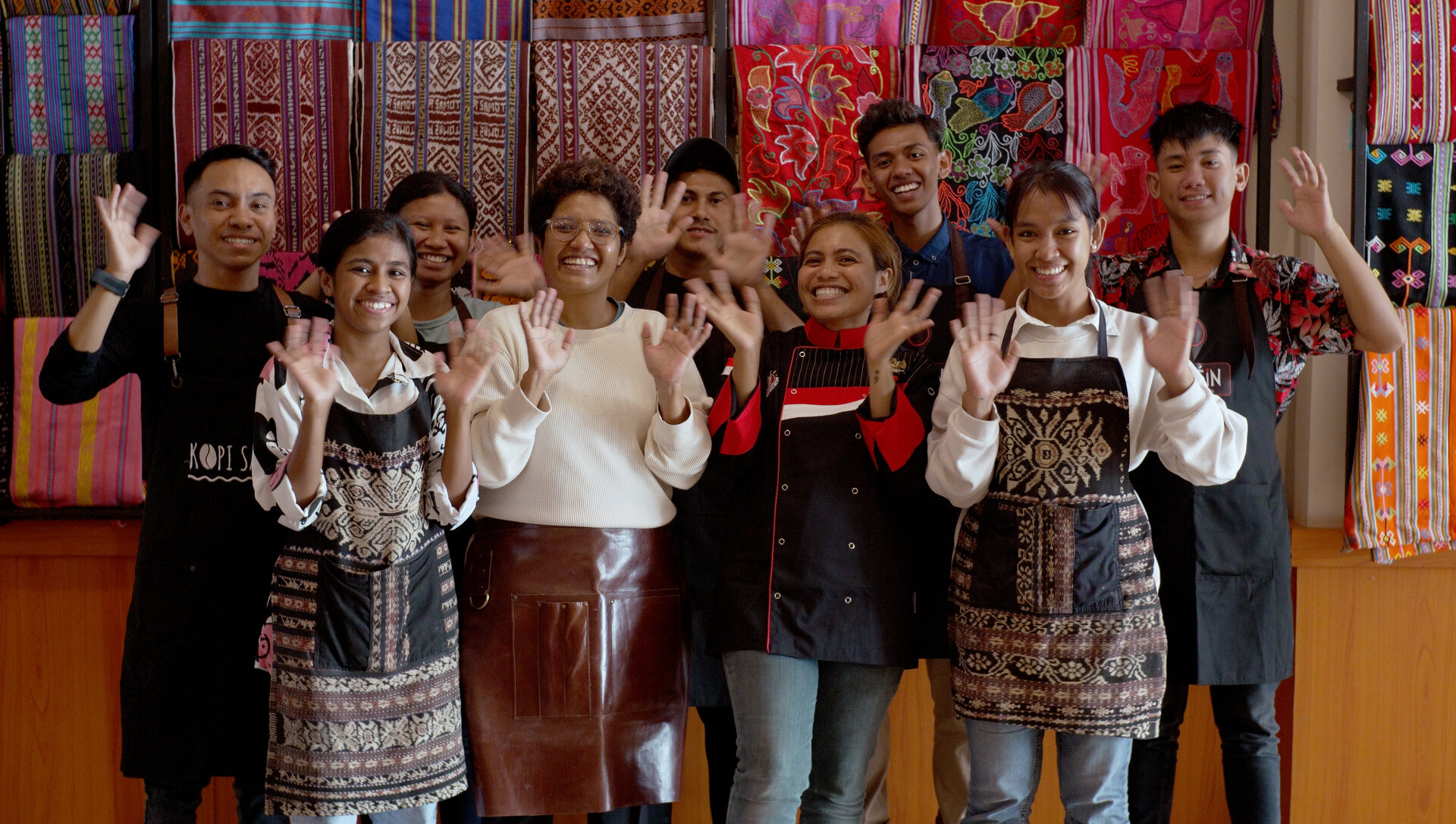
The CafeIn crew sign hello.
Meet Cafe Inklusi
“Warming people’s bellies with food is the simplest form of happiness.” Sischa Solokana is proud of her establishment which she co-founded in 2019 with her cousin Kichi Jacob.
Back then, it was called Kopi Saa. Today it has expanded to become Cafe Inklusi, with the cafe operating in Dekranasda, the province’s colourful handicraft centre. With Sischa now a member of the Indonesian Chef Association, and Kichi a certified barista, Kopi Saa lives on as their F&B training programme.
There haven’t been many options before for Kupang’s deaf community to find jobs, so CafeIn, along with its weekly training, provides them with an opportunity to be empowered, engaged and to have something to care about.
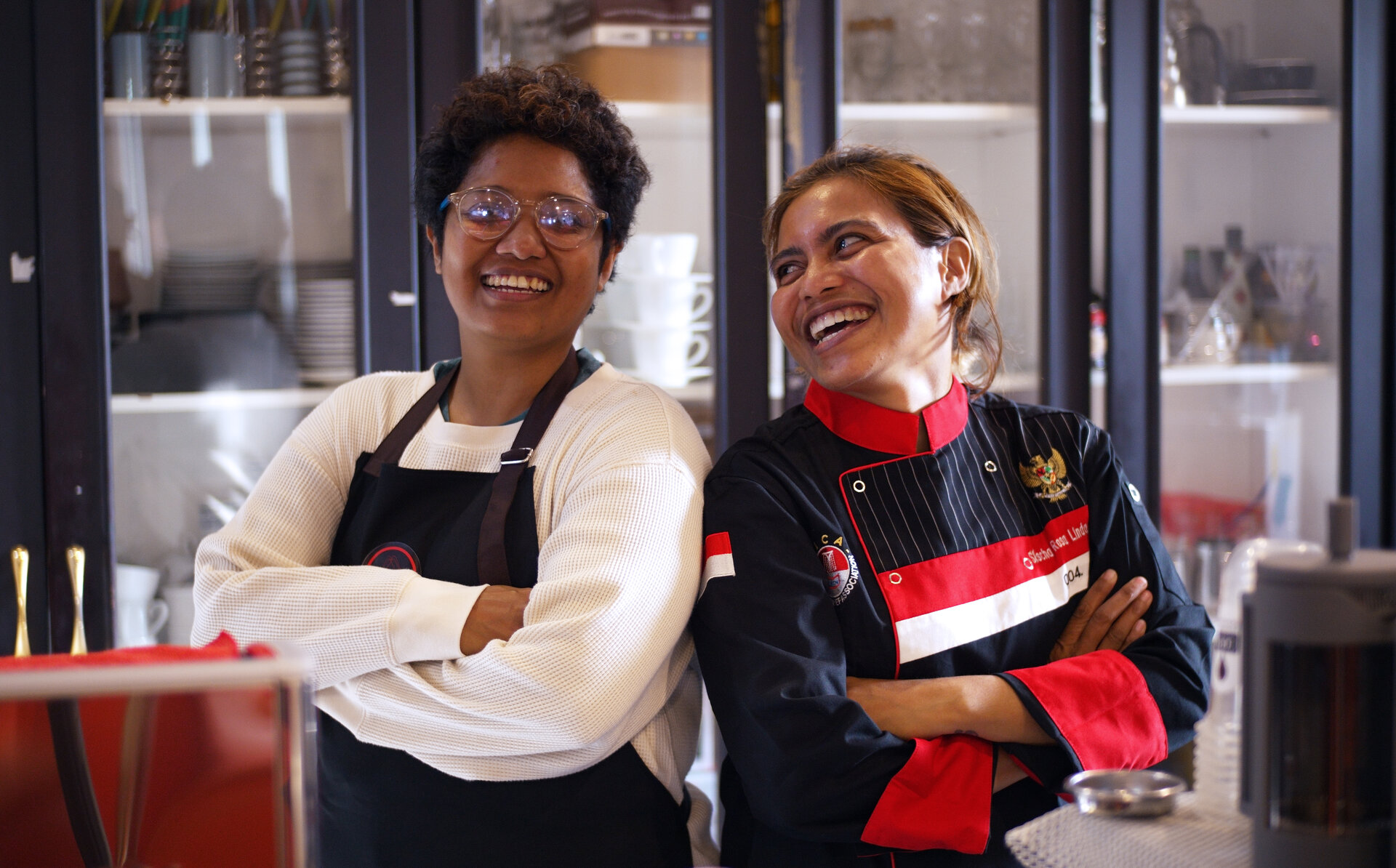
Kopi Saa/Cafe Inklusi co-founders: Kichi Jacob (left) in the CafeIn barista apron and Sischa Solokana in the Indonesian Chef Association uniform.
The heart of the operation are the 2023 CafeIn crew - An Mone, Daniel Yohanis, Frengki Riwu, Misel Elik and Tanel Loa, who are deaf, as well as the hearing Doni Kopong and Nona Saekoko.
CafeIn’s working language is BISINDO, an Indonesian sign language. Currently only Sischa and Kichi speak English. Diners who do not know Indonesian can communicate using apps like Google Translate.
As an amateur cook, I suggested an intercultural cookout, experimenting the Timorisation of my and Sischa’s favourite Western recipes with the deaf community.
Sischa and Kichi respond delightfully. “Let’s do this!”
A Timorese culinary excursion
What is “Timorising” fusion cuisine? For Sischa it is all about adapting locally.
“We aim to serve dishes that are familiar to most travellers, but with a novel twist. We use local ingredients whenever possible. Timorese parsley instead of rosemary. Virgin coconut oil instead of olive oil.”
“Timorising” requires an understanding of authentic Timorese flavours, so CafeIn invites me to a food excursion at artisan smokehouse Se’i Baun in Kupang’s outskirts. An important part of training at CafeIn, Sischa says, excursions help staff learn from other businesses.
Se’i is the centrepiece of Timorese cuisine. Commonly pork, se’i could also be beef, fish or chicken produced with the same smoking technique: on Ceylon oak or river tamarind wood and leaves.
Its smoky taste is bold and bacon-y like hickory but muskier and spicier. It tints meat deep pink like cherrywood. Se’i Baun’s cinderblock furnaces spread a delicious barbecue scent of smoking premium free-range pork.
Pork se’i has a fuller-bodied smokiness and thicker cuts. Se’i Baun is served with a blazing traditional chilli-citrus relish sambal lu’at, as well as smoked ribs, and a stir-fry of bitter greens.
An excellent se’i meal is both earthy and zesty. Fiery and buttery. Succulent and hearty.
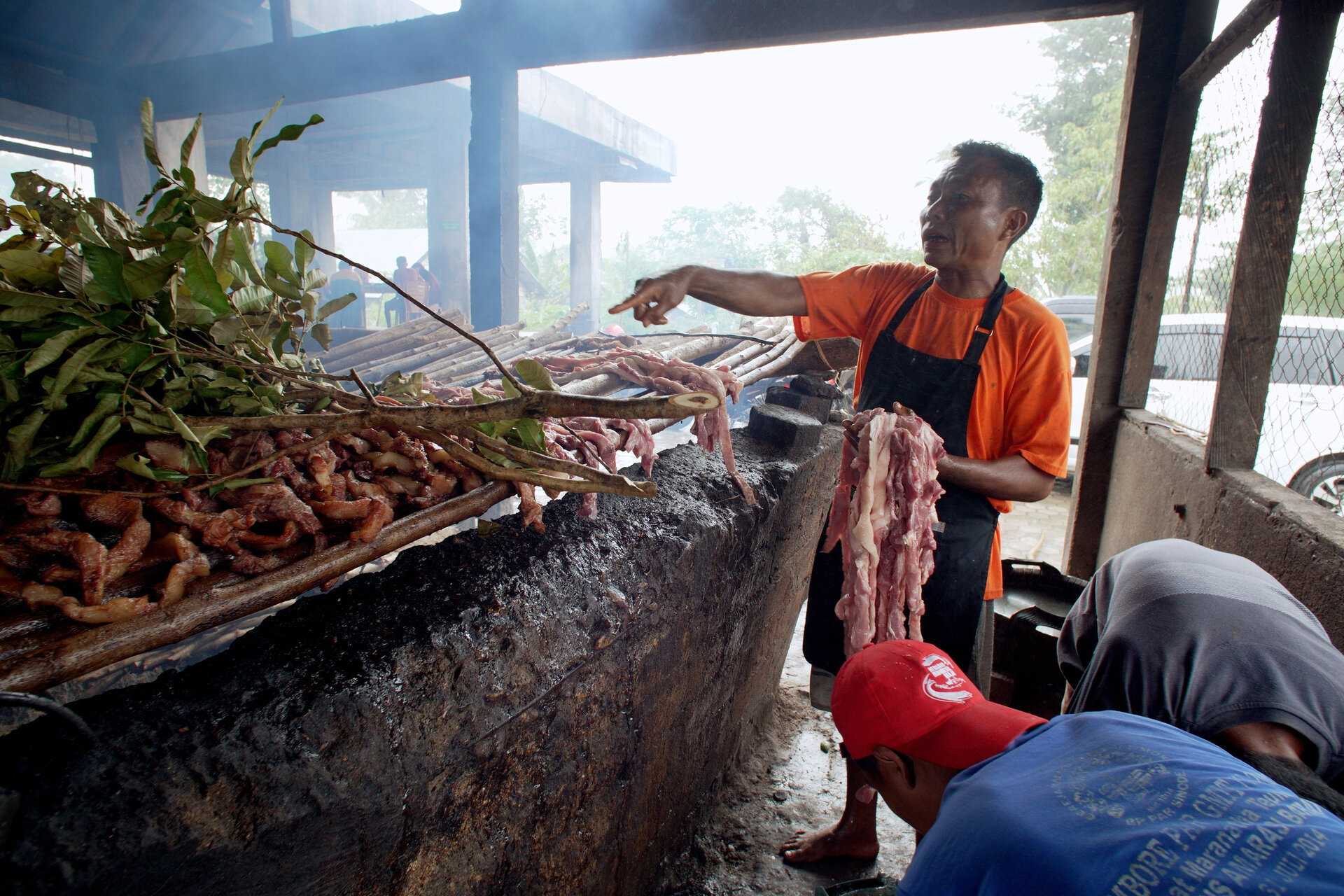
A cook at the Se’i Baun smokehouse puts fresh pork on the smoking furnace while directing the junior staff.
Kichi, who created se’i based cocktail Royal 1917, says se’i was invented in colonial times. Plantation labourers left home months at a time and needed to feed their children while away. Hence the invention of se’i, fermented sambal lu’at and aged maize jagung bose—all which keep for months without refrigeration.
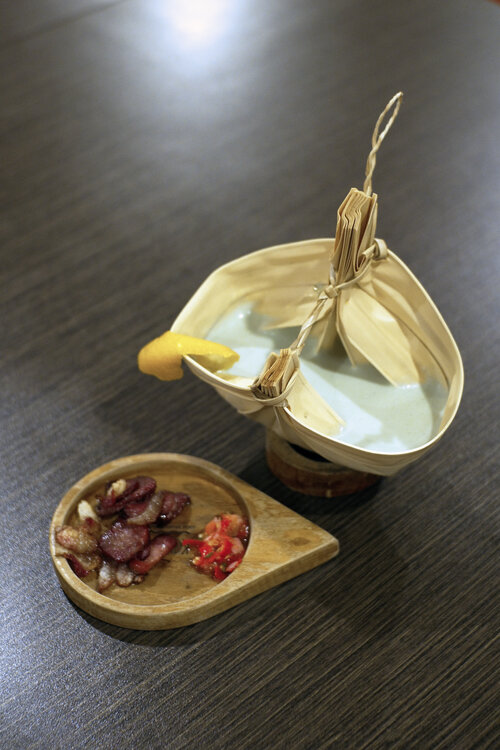
Founder, Kichi Jacob’s Royal 1917 is a beef se’i infused whiskey cocktail with a creamy texture and refreshing citrus and basil flavour. Accompanying it is a micro serving of beef se’i and sambal lu’at.
A Timorese fusion experiment
While se’i cannot be cooked in CafeIn’s kitchen, it is Sischa’s favourite ingredient for fusion creations. CafeIn is applying for Halal certification and only serves locally sourced halal se’i.
At CafeIn, Sischa demonstrates cooking beef se’i Alfredo and tuna se’i aglio e olio spaghetti for the CafeIn staff, who take turns helping her. Neither dish contains added salt or olive oil, with Se’i and virgin coconut oil being used instead. Coconut cream substitute for cooking cream in the Alfredo. Aromatic leaf celery substitute for European parsley.
Now it’s my turn to lead, and as I knead the dough, I pique An’s interest. She loves to bake but is new to bread, so I invite her to shape submarine rolls together. Her eyes light up as the dough expands.
Born and raised in Kupang, 19-year-old An recently graduated from high school. CafeIn is An’s first workplace, but she has been cooking since primary school.
“My mother taught me to be independent, including being able to feed myself. I felt happy and proud when my mother came home from work and I have dinner ready for her.”
An adds that she loves fish dishes, jagung bose porridge and sambal lu’at—the hotter, the better.
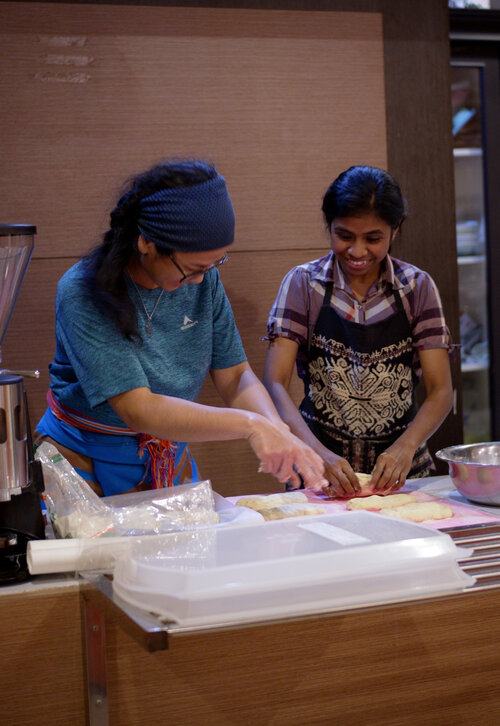
Grace and An make submarine rolls. An loves to bake but this is her first time making bread from scratch.
Up next, Daniel, Tanel and Frengki prepare roast chicken.
Originally from Soe, South Central Timor, 19-year-old Daniel has had a traumatic childhood. He and his mother endured violence from his father, who did not accept having a deaf child. After Daniel’s parents separated, the 11-year-old boy walked alone from Soe to Kupang, about 110 kilometres, to find his mother.
Daniel has since graduated from high school and developed a passion for brewing coffee. Overcoming trauma is an ongoing challenge, but having joined CafeIn in April, he now has a chance to feel appreciated and let his talents shine, in the presence of positive role models like Sischa and Kichi.
Locals may recognise 27-year-old Tanel as a BISINDO interpreter for a national television network. But Tanel wasn’t always busy with two jobs. “I used to have difficulties finding a job, but CafeIn gave me and my deaf friends a chance to make something of our lives and contribute towards a more inclusive NTT Province.”
Previously aspiring to become a photographer, today Tanel looks at the barista profession as his future. Tanel finds his barista apprenticeship at CafeIn a much more fruitful pursuit than photography. He recollects the frustrations he felt in photography spaces that assumed all photographers were hearing.
Tanel is currently saving to open his own cafe. “Baristas are cool. I am proud to be a deaf barista."
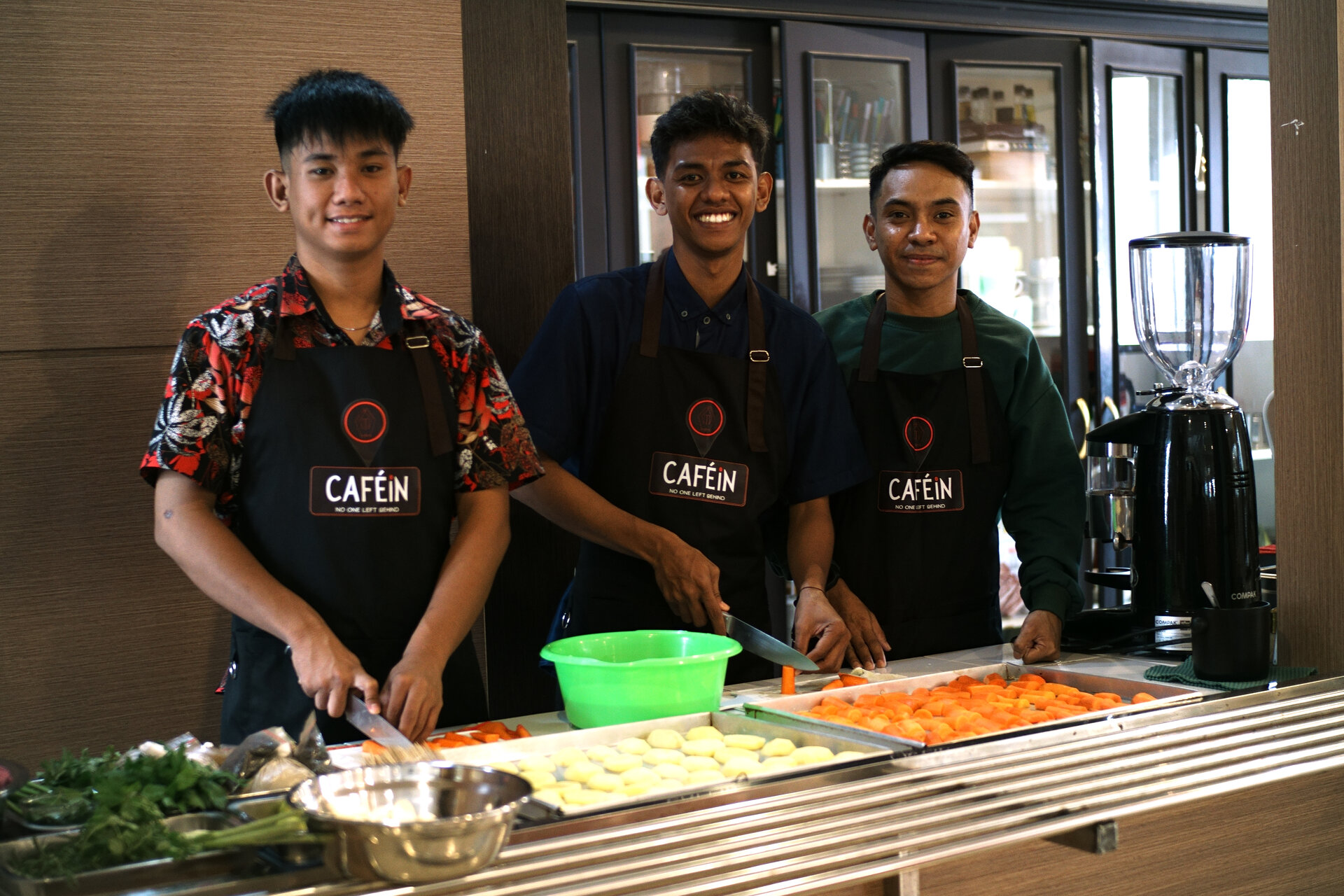
(Left to right) Baristas Daniel, Frengki and Tanel step out of their comfort zones and rise to the cooking challenge.
Back in the CafeIn kitchen, we work on Timorising my favourite roast chicken recipe. We use limes instead of lemons, and Timorese herbs instead of rosemary and thyme.
The red stemmed Timorese basil is fresh, spicy and sweet with hints of licorice. Sipa is a peppery, minty mini-parsley with an intense palate-cleansing punch. The citrusy and nutty cilantro is also a Timorese staple, and a first for my roast chicken.
Frengki panics as I demonstrate peeling garlic. “Slow down,” he signs. Sischa later informs me that Frengki lost his hearing in an accident, so he fears sharp objects.
After becoming deaf, Frengki used to lock himself at home, but over time and with support he found more confidence and employment.
“Even when I got hired by CafeIn, my parents were initially sceptical, because deaf workers often get paid less than they’re worth. But now that I’m paid what I’m worth, I have my parents’ blessing.”
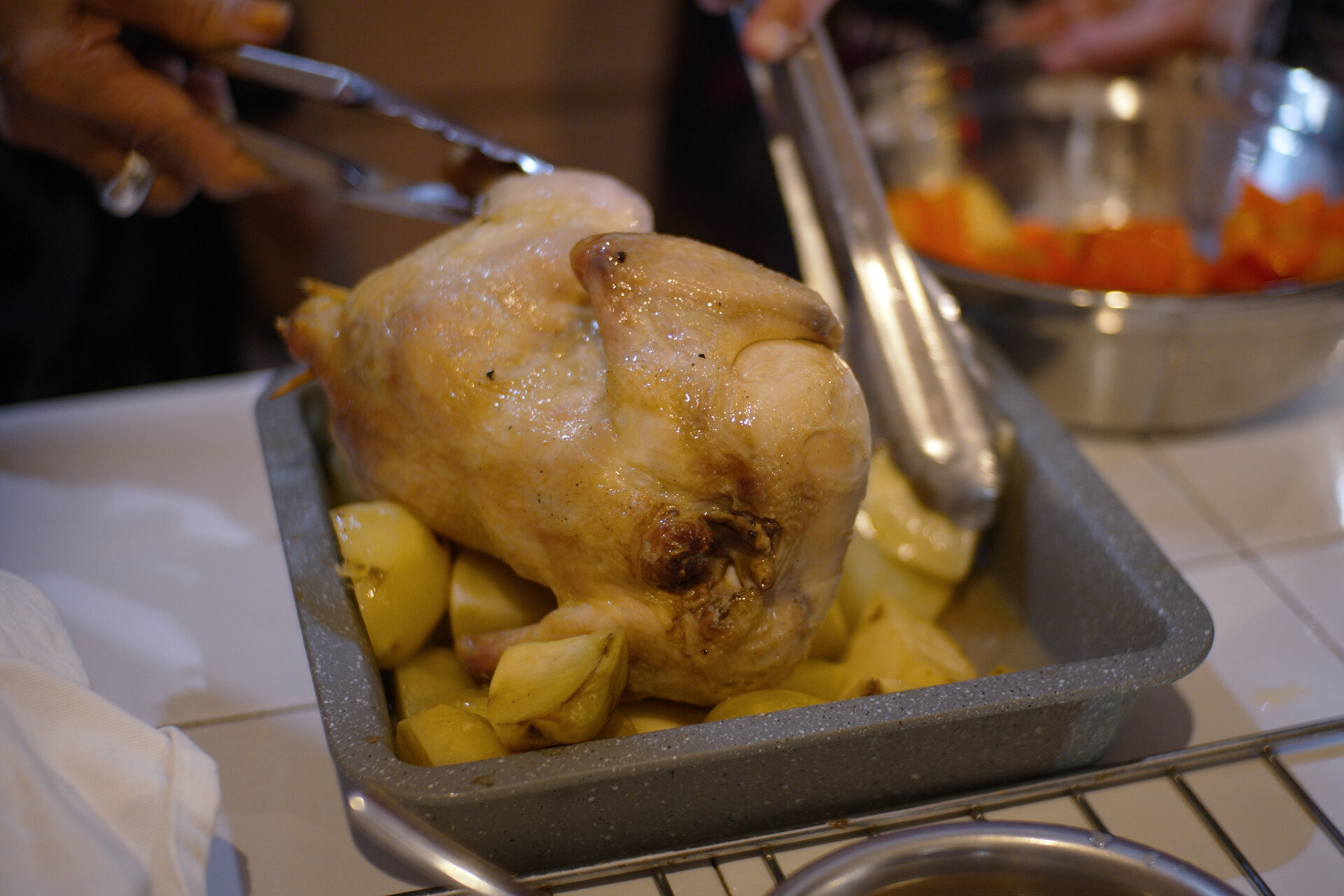
Stuffed and salted! A chicken is ready to roast.
Hours later, we completed the dinner spread with guacamole-roast chicken sandwiches, a refreshing cucumber-grape salad with Timorese honey vinaigrette, and jagung bose porridge cooked in bone broth from today’s roast chicken, coconut milk and beef se’i bits.
I am pleased with our creations, and so are my new friends.
“Making roast chicken was fun! I didn’t know garlic, citrus and green flowers make chicken taste good,” says Daniel, who had only “cooked” instant noodles before.
As a first-timer in a deaf space, I feel truly included in my new friends’ generous spirit. Cooking together meant we were all out of our comfort zones: mine linguistically and theirs culinarily. Yet in this feast of few words, food becomes a common ground for us to bond past our cultural differences.
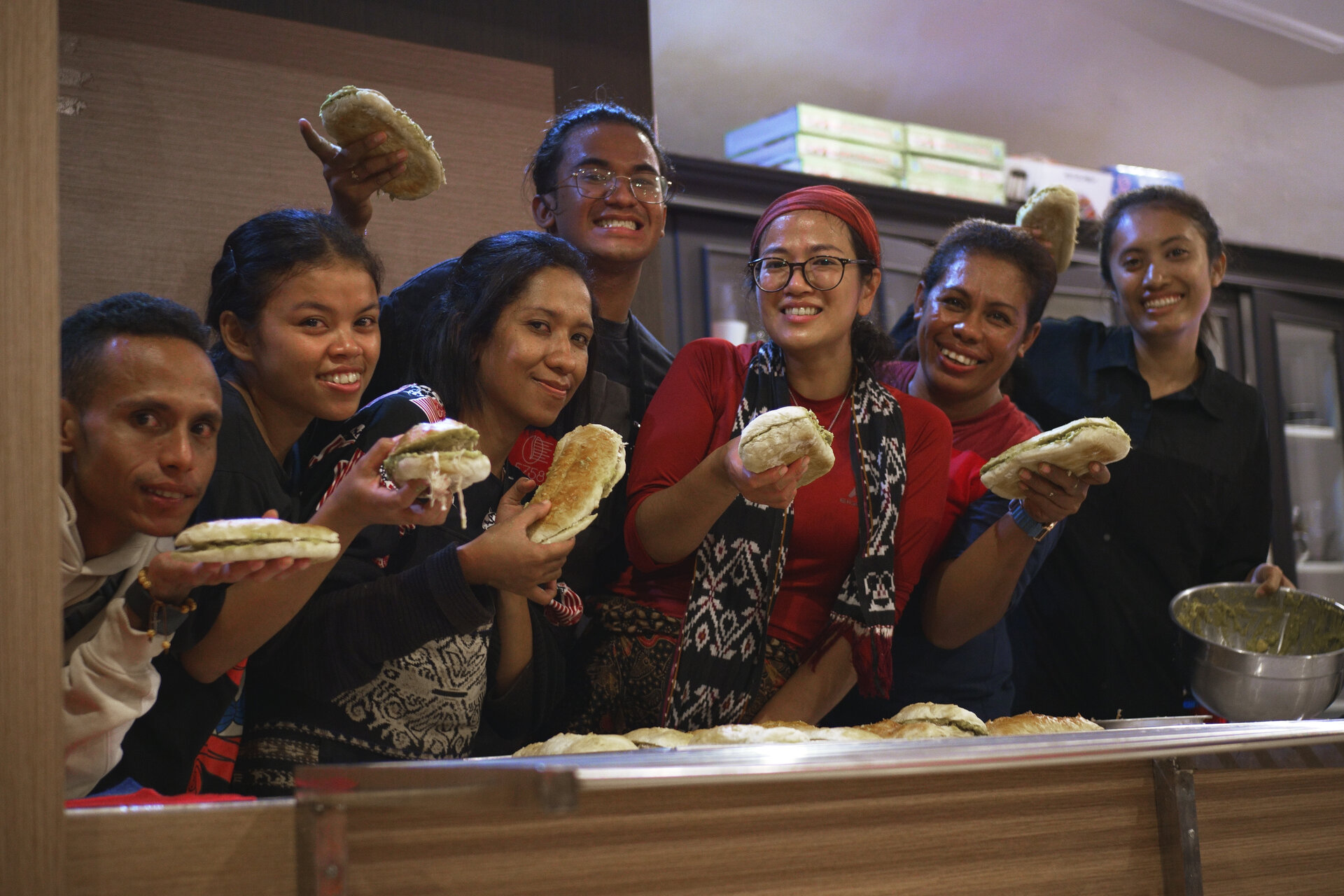
Making new friends and bonding over food.
Future Focus
CafeIn staff are meant to “graduate” within a year or two and continue their careers elsewhere. Frengki, Tanel and Daniel plan to open their own cafés. Misel, also a makeup artist, is saving to open her own salon. Nona and Doni plan to attend university.
An is still figuring out her future, but as her paralysed mother’s caretaker she plans to provide a good retirement for her parents.
“I am grateful. With skills gained from CafeIn, I feel secure about my future,” says An.
While the staff continue to grow in skills and confidence, CafeIn is evolving as well. In their bid to continue advocating for inclusivity in the F&B sector, they have formed a training partnership with a local special needs school.
In the near future, they also intend to hire employees with other disabilities, or hearing/able-bodied employees with disadvantages such as school leavers, young people fleeing from abusive homes, and those from low-income families.
And in mid 2023 Cafe Inklusi will open a second location in Tedis Beach, a trendy district near the waterfront at the Old City district.
“Please come! We serve good dishes and beverages. Come get to know us,” says An.
CafeIn is closed on Sundays, except for secret menu bookings made in advance. This gives you access to dishes not on the daily menu, and helps CafeIn tailor the ingredients to your dietary requirements.
A Full Belly and Full Heart
CafeIn has been a rare opportunity for me to engage in a deaf space. Not always easy for me, who is used to long conversations. What I learnt was that at CafeIn food is just as powerful a tool for building friendships.
Unlike almost everything else in life, food is a space where it doesn't matter who is hearing or deaf. Even in near silence, in this space we are just fellow cooks, eaters and human beings enjoying the pleasures of life together.
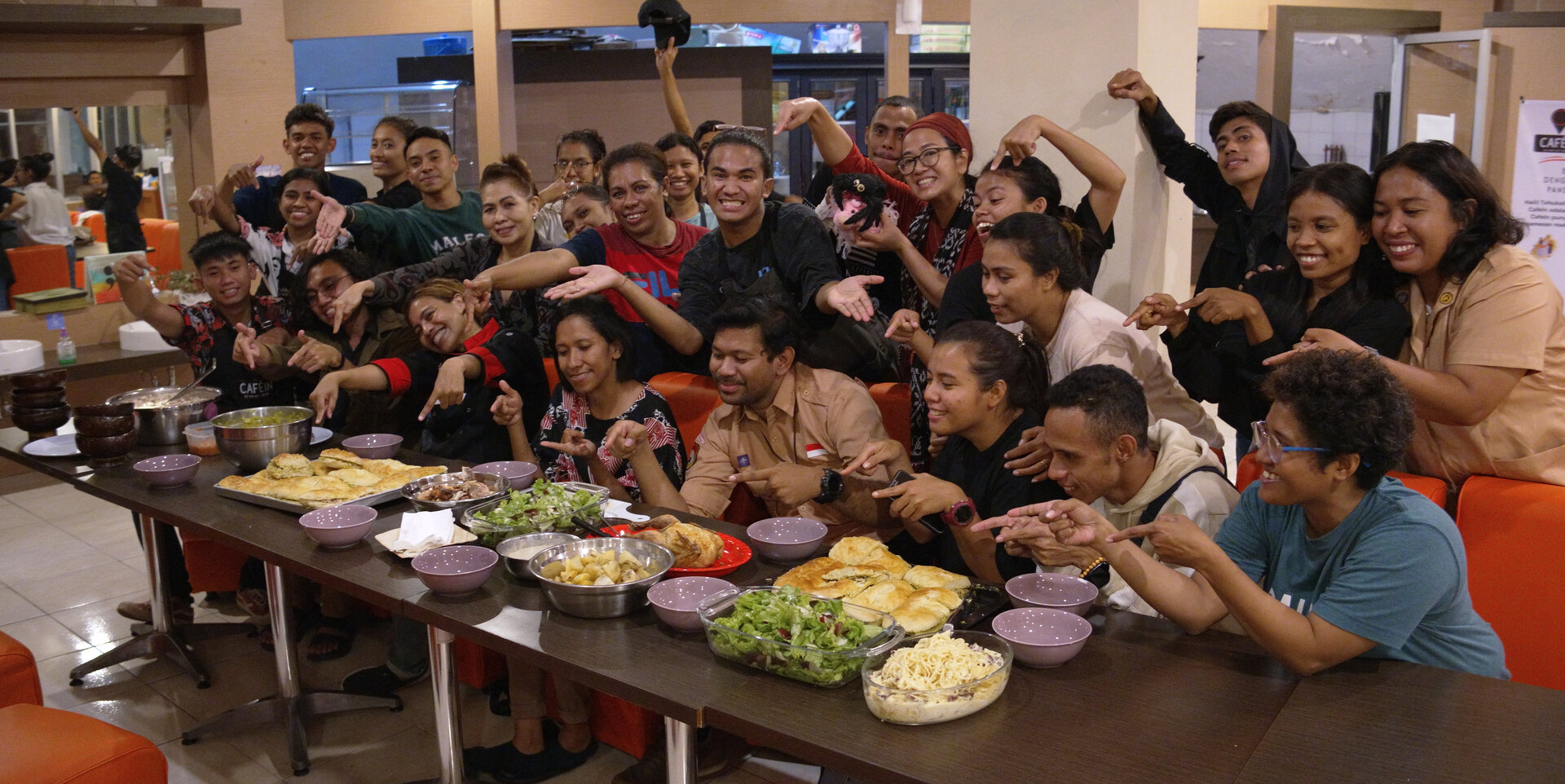
Ready to feast: a whole day of cooking followed by 10 minutes of eating.
CafeIn’s menu might not look like my great-grandparents’ traditional cooking, but their Timor-inspired fusion creations speak so primally to my diasporic soul. A piece of my heritage—our common heritage—is present in the dishes in a way that I am proud to call my own.
Our “Timorising” experiment has been more than just flavours to me: it is an expression of my identity as a world citizen with roots in Kupang, made special by a group of new friends in this special city who show me what the Inklusi (inclusive) spirit truly means.
I hope in due time, the hearing world will learn to reciprocate.
While Kupang may well be known for its old world charms, colonial history and its position as a great transit for the dive, sand and sea holiday, today it is gaining recognition as a culinary destination.
Helping put Kupang on the food map is Cafe Inklusi - in a very special way. When you visit Cafe Inklusi your act of eating there and supporting the staff will go a long way in helping deaf baristas and cooks. The hearing founders of Kopi Saa/Cafe Inklusi Kichi Jacob and Sischa Solokana hire only the members of the deaf community in Kupang. The training they get will go a long way in helping them secure a bright future.

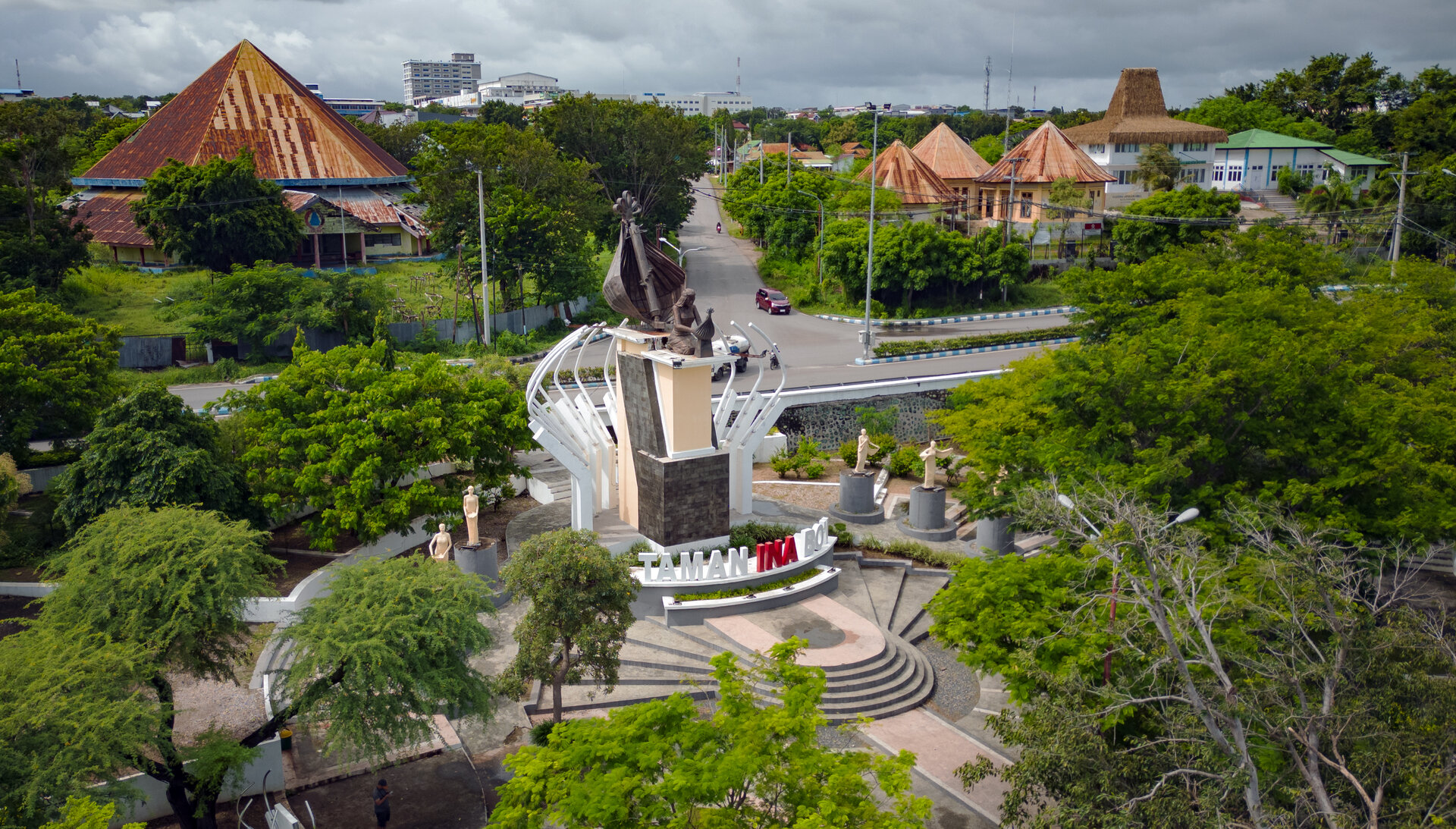
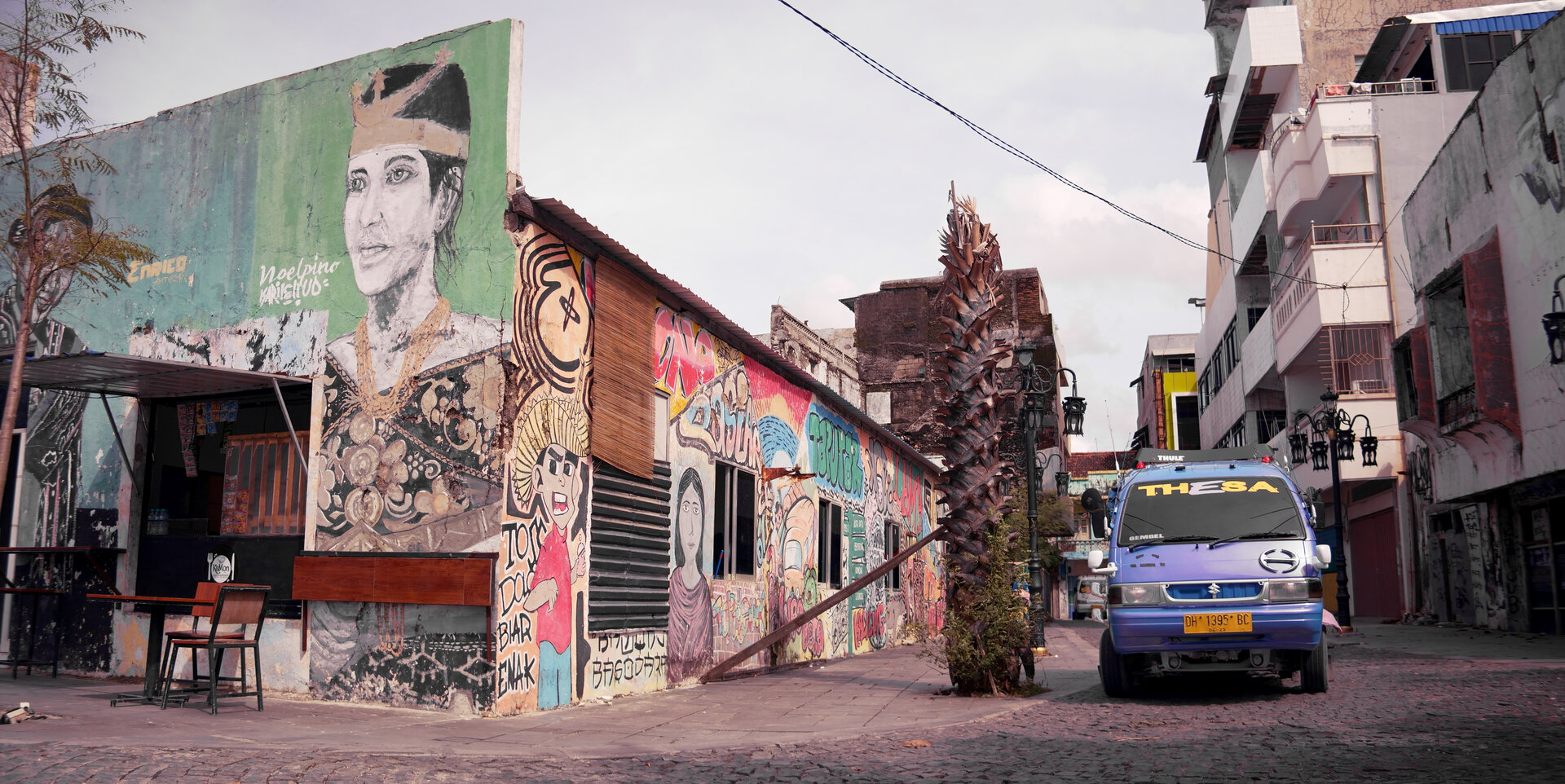
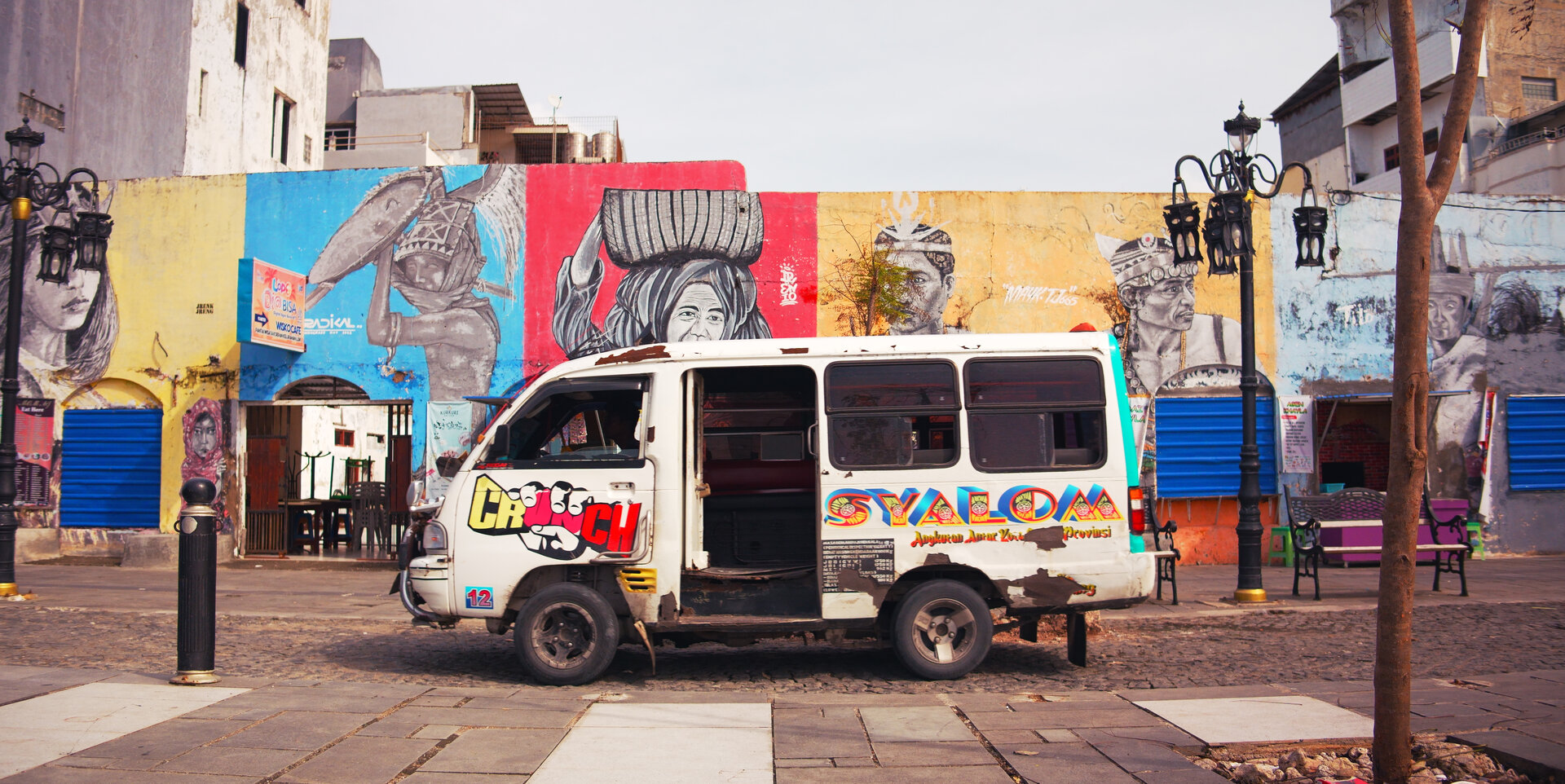
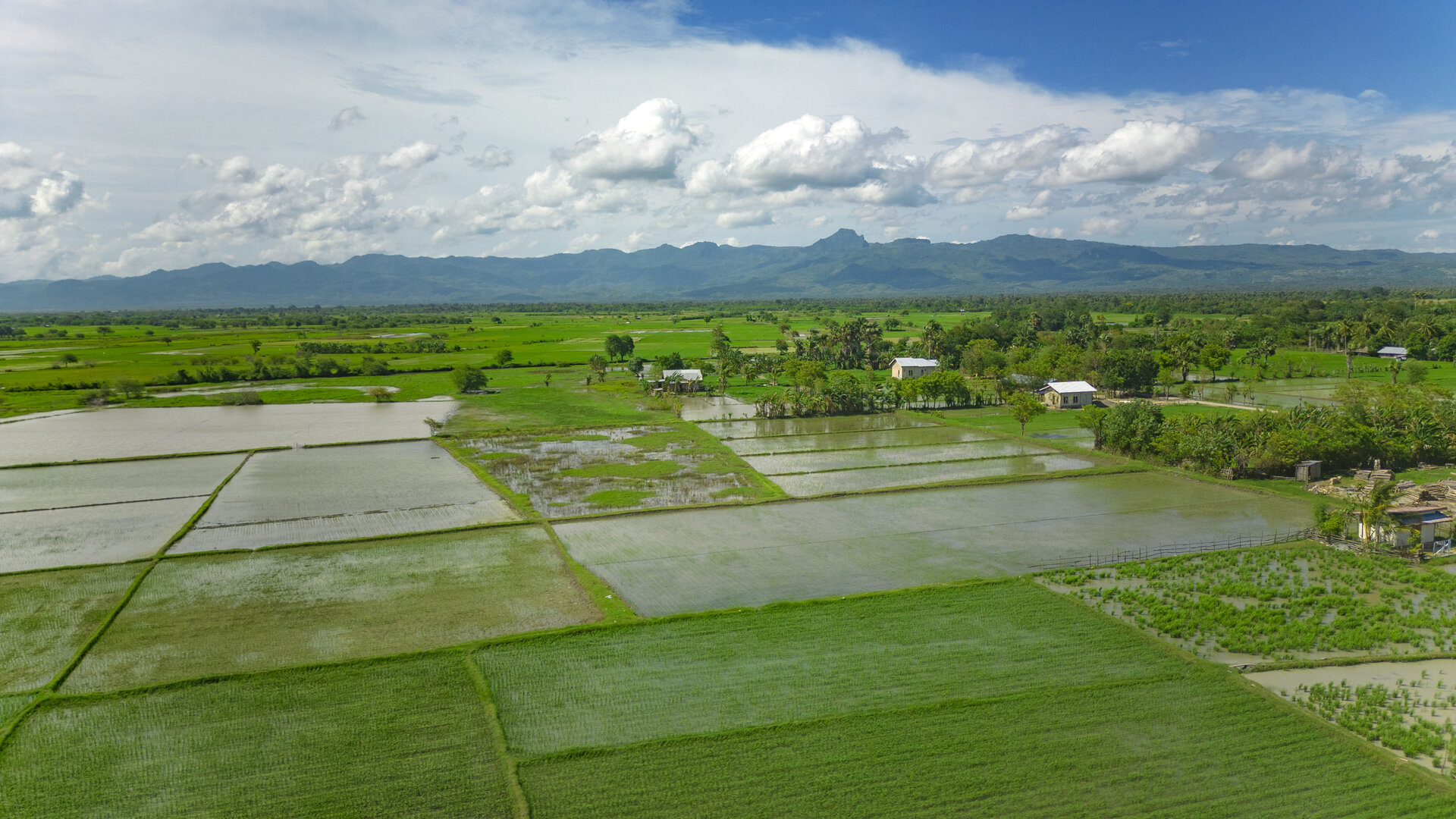
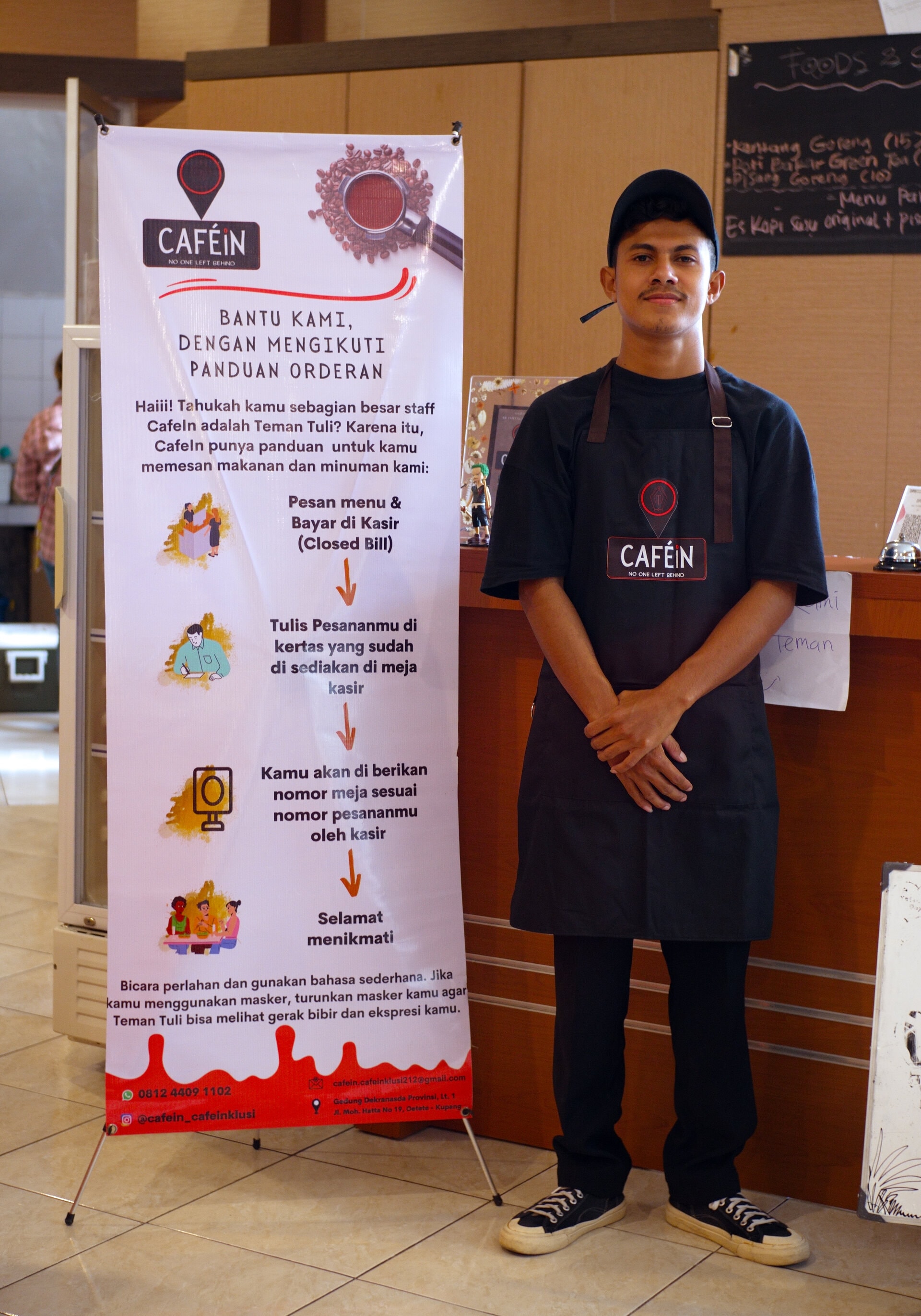
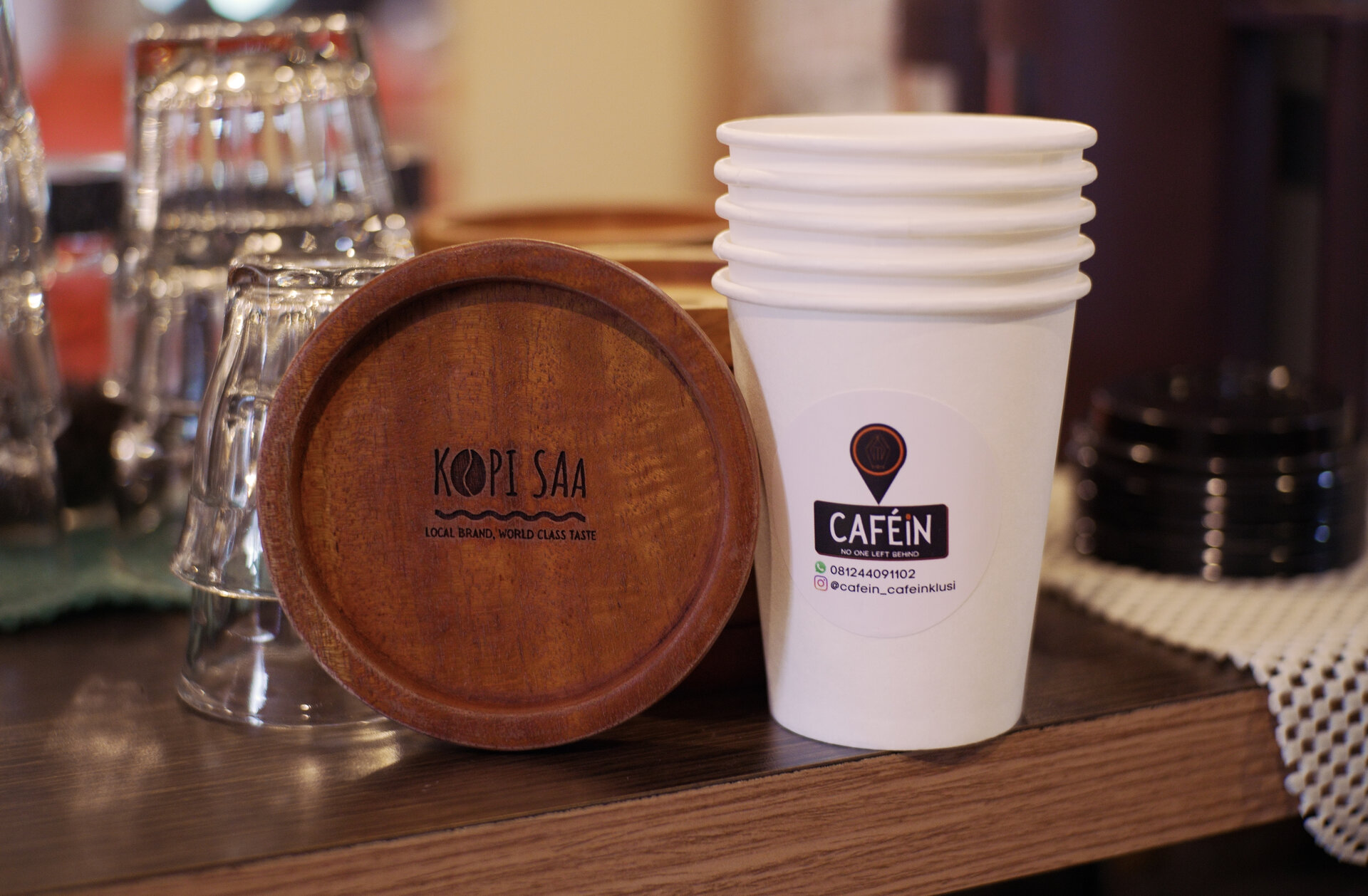
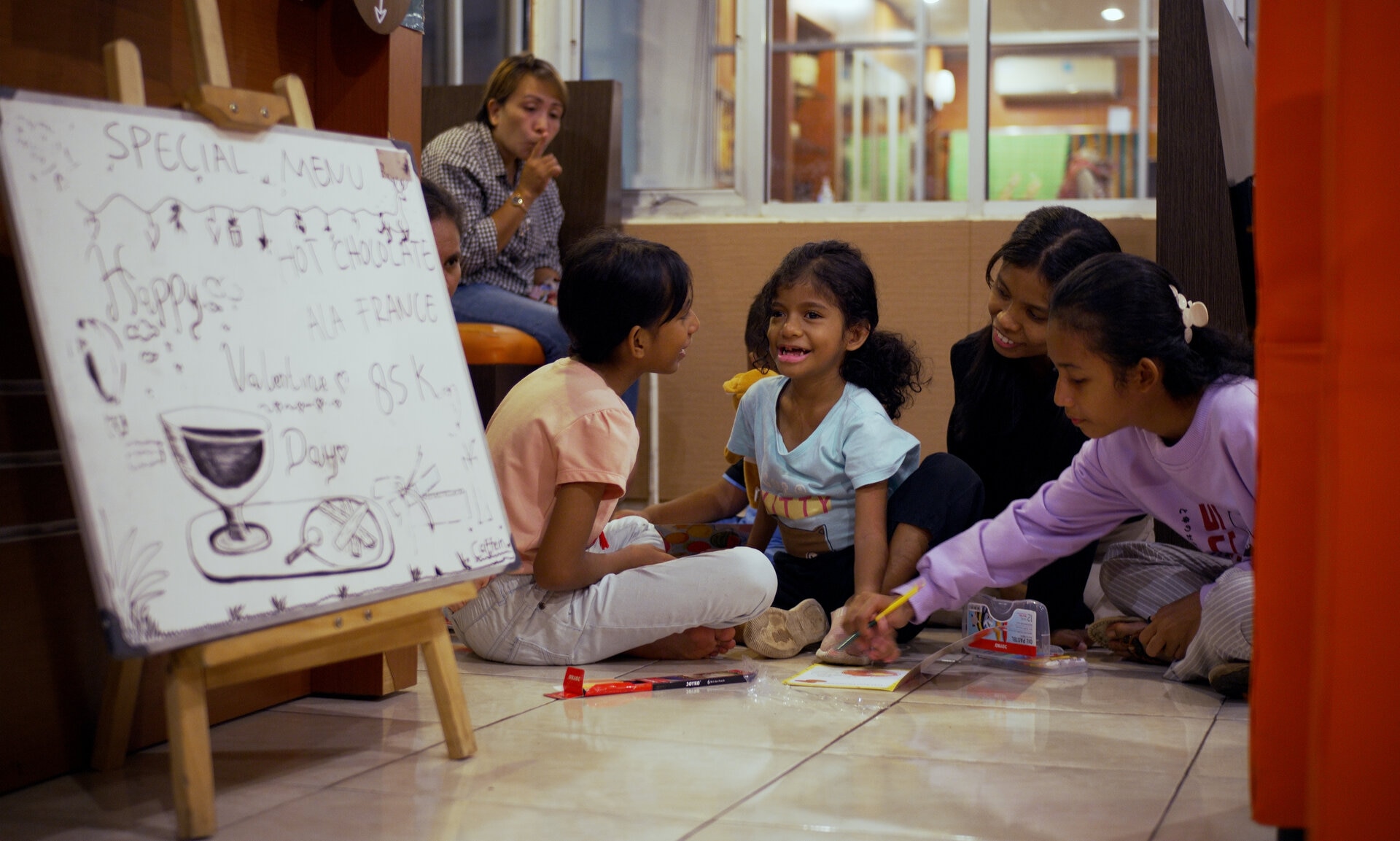
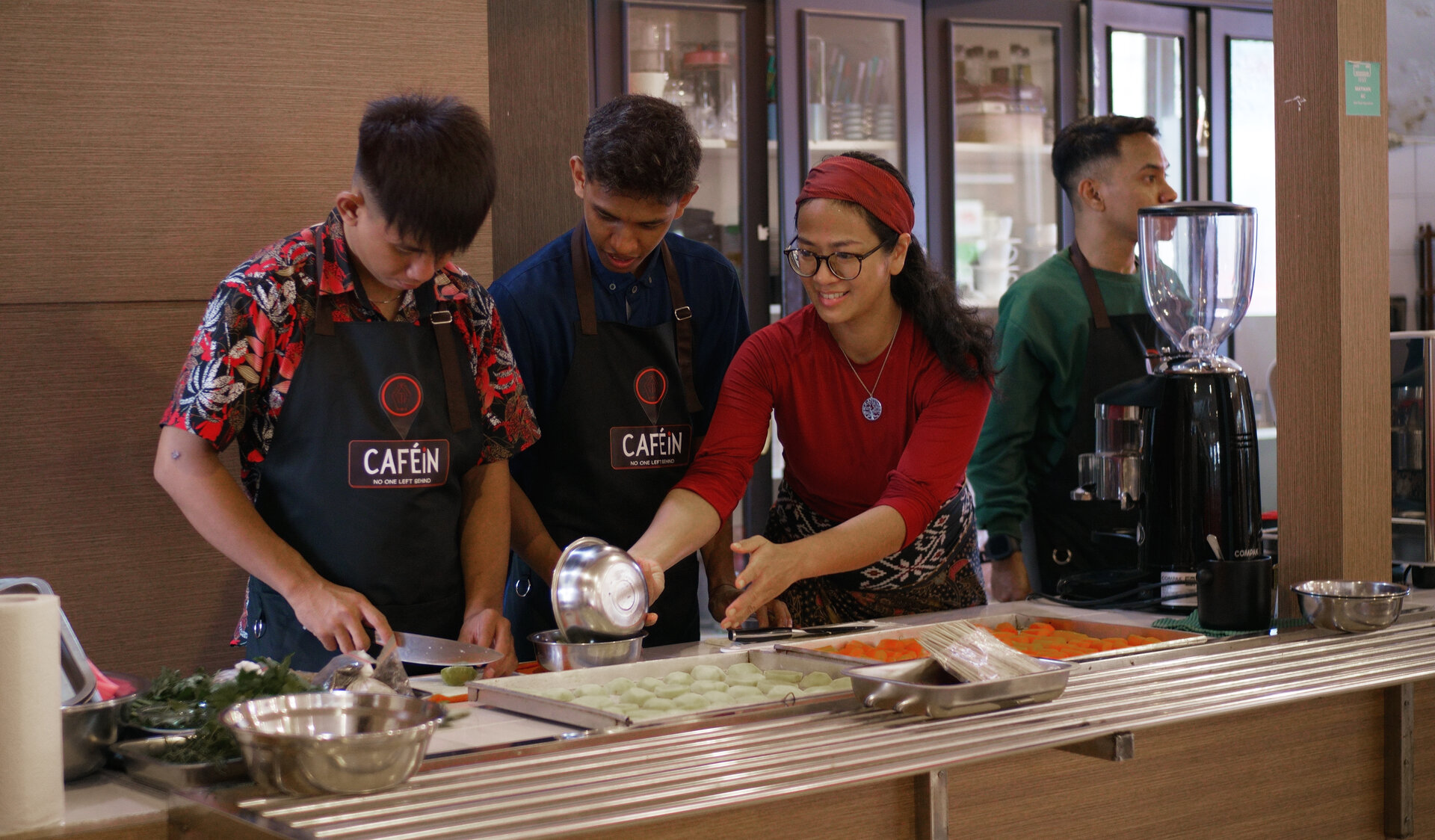
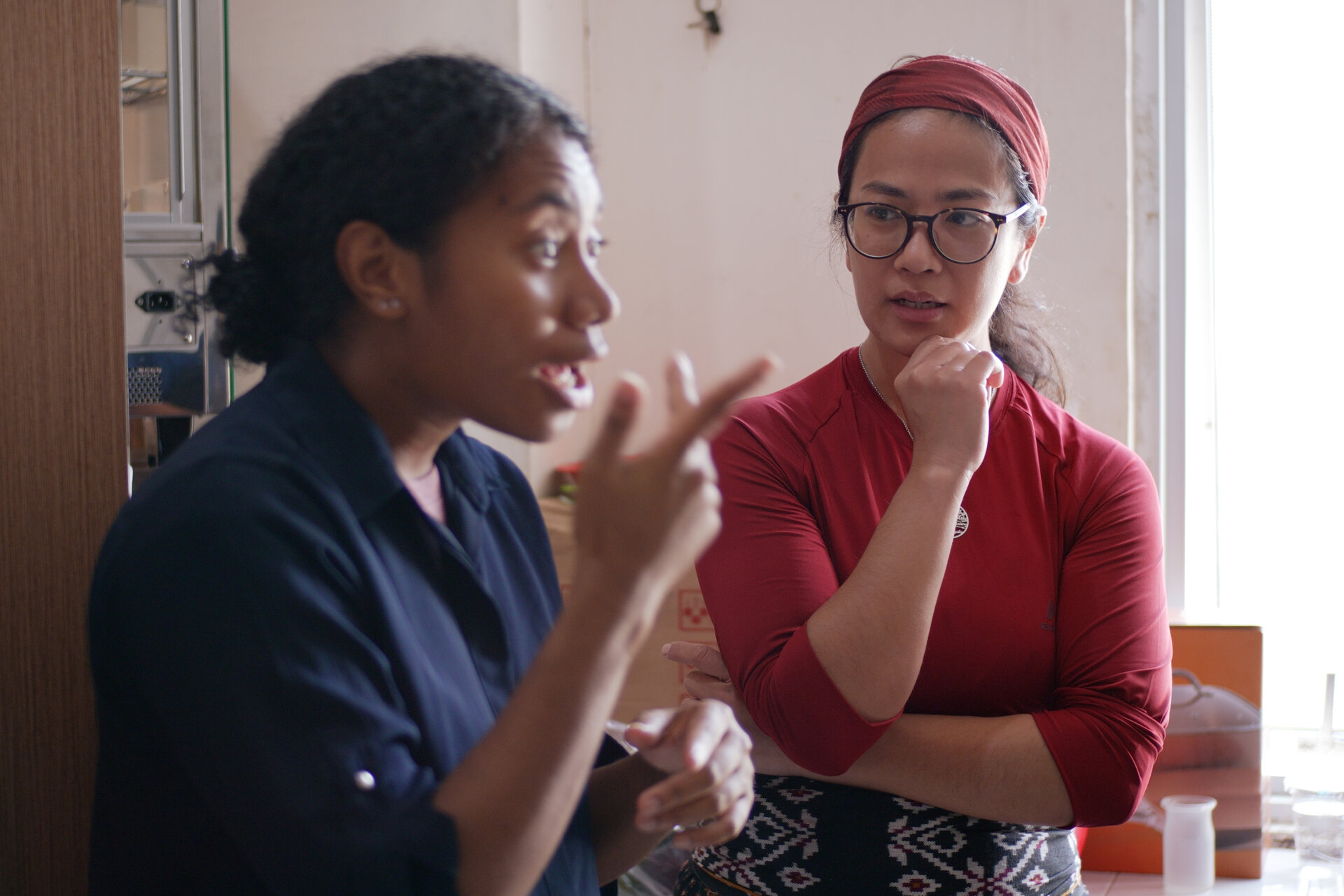
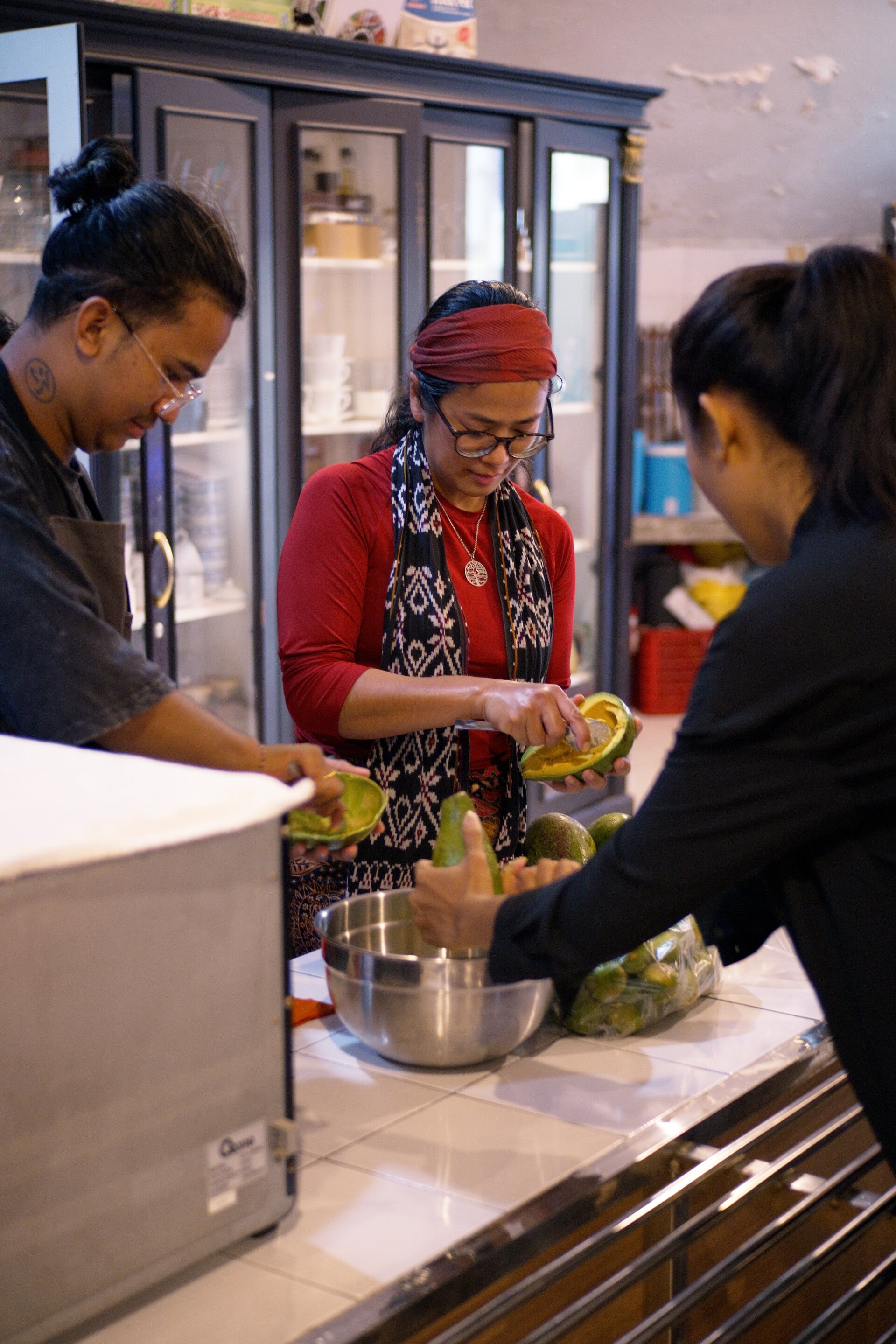
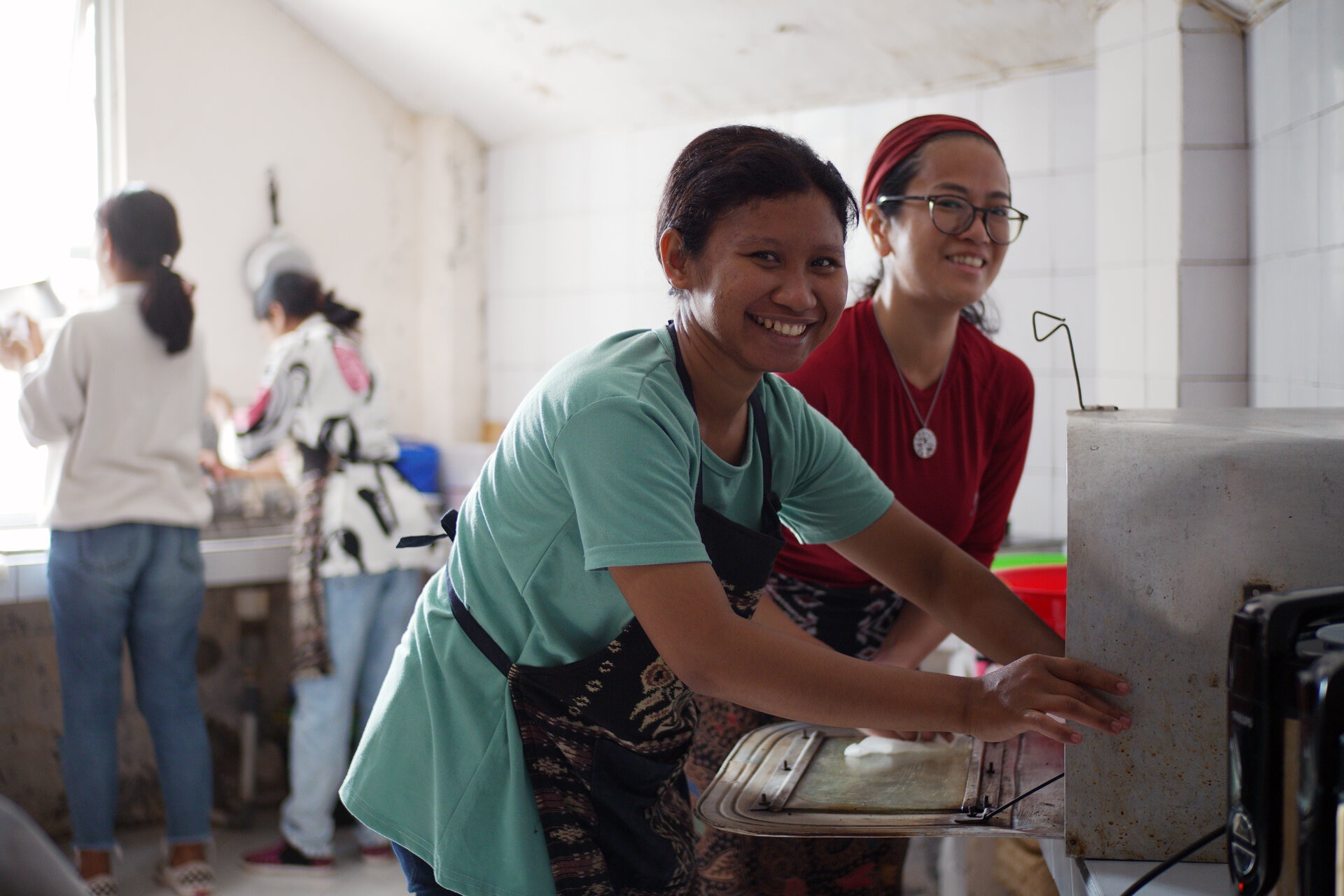
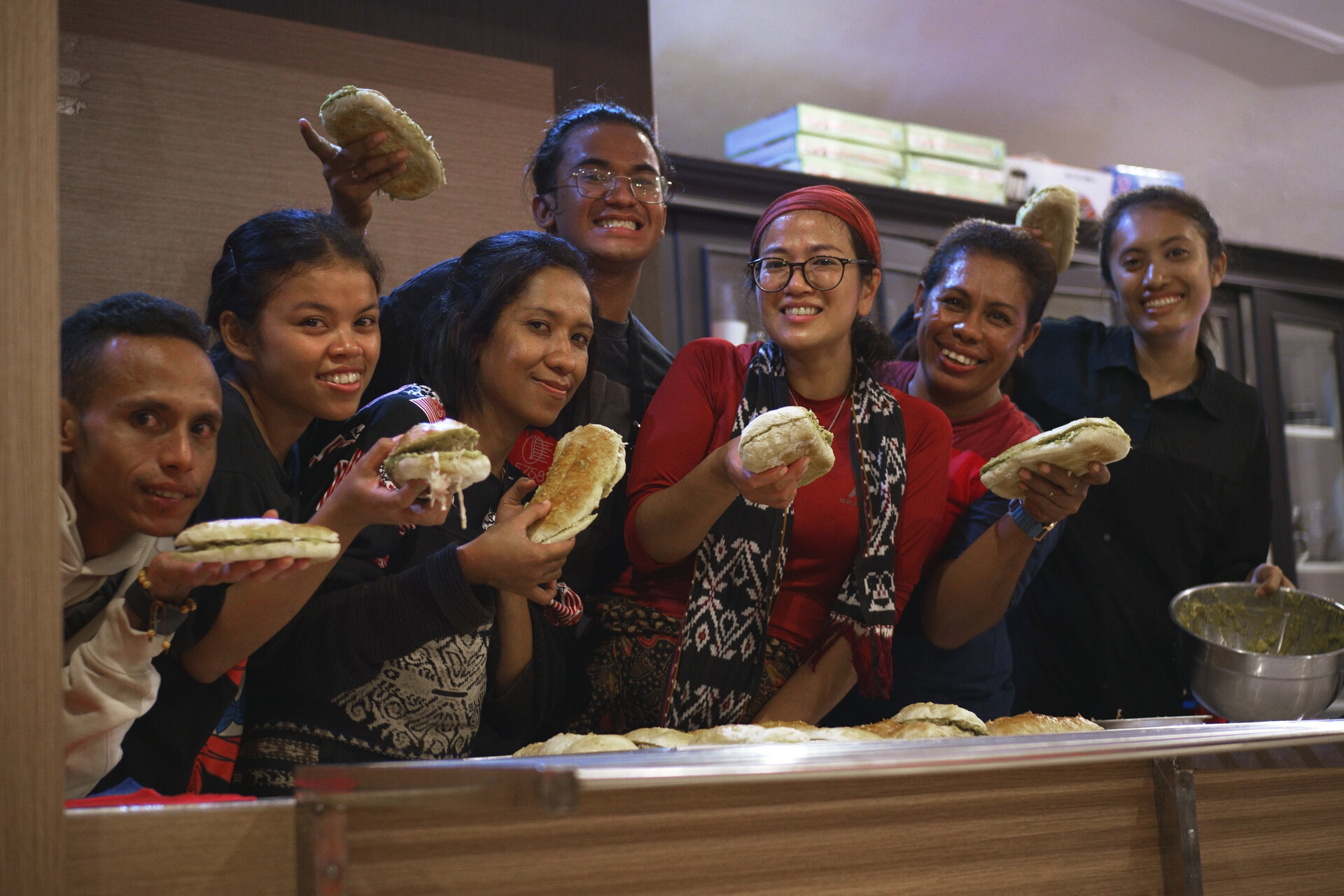
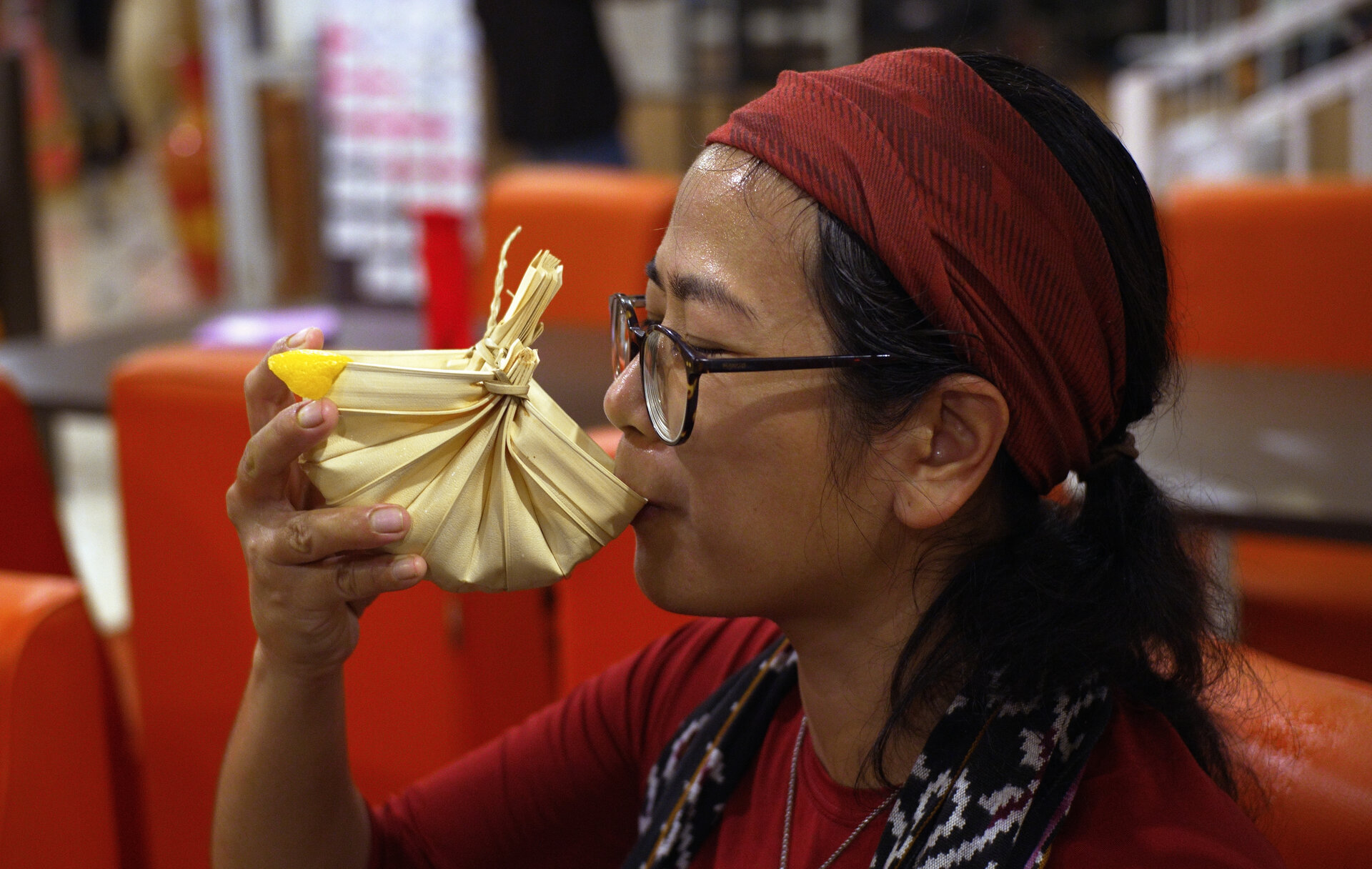
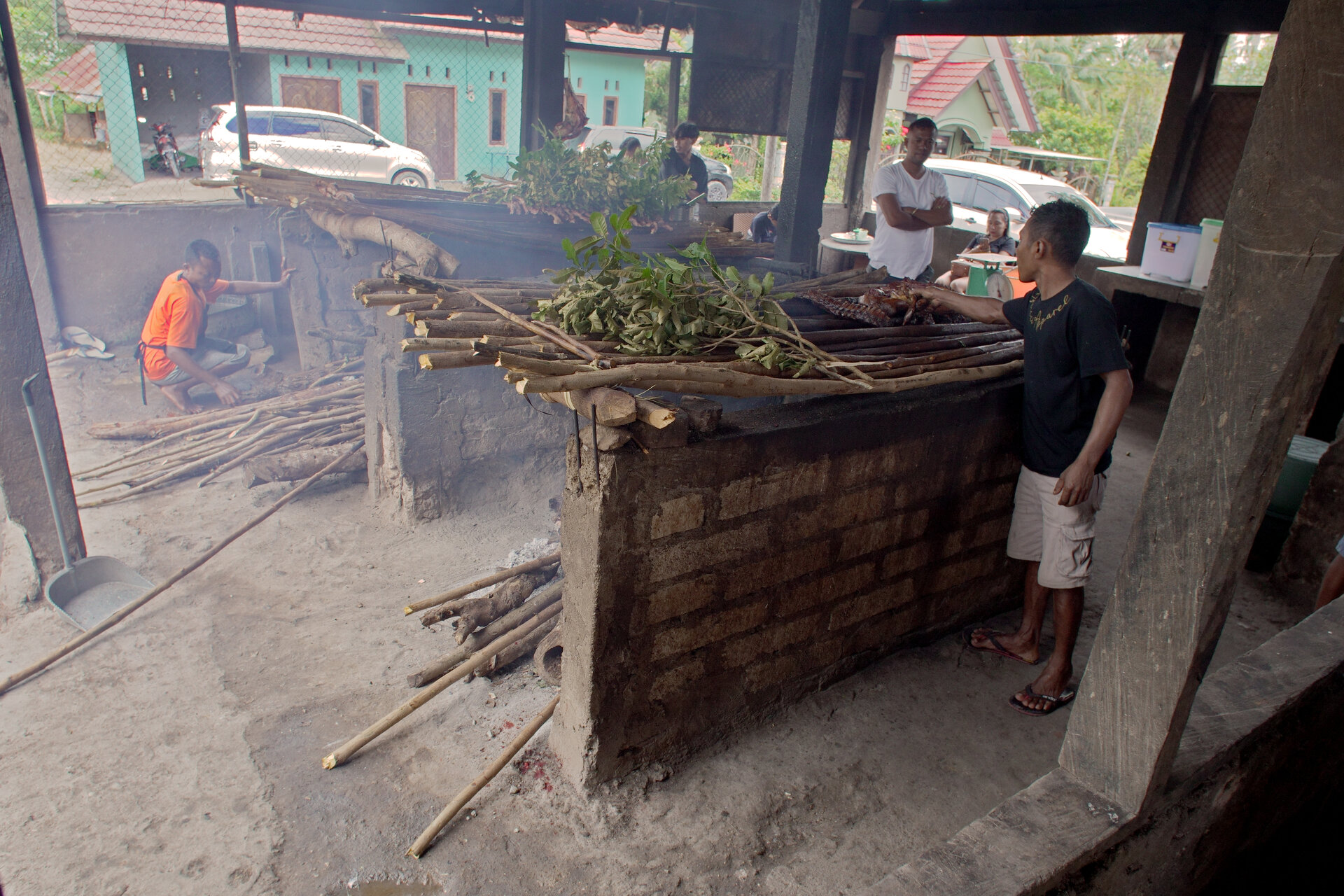
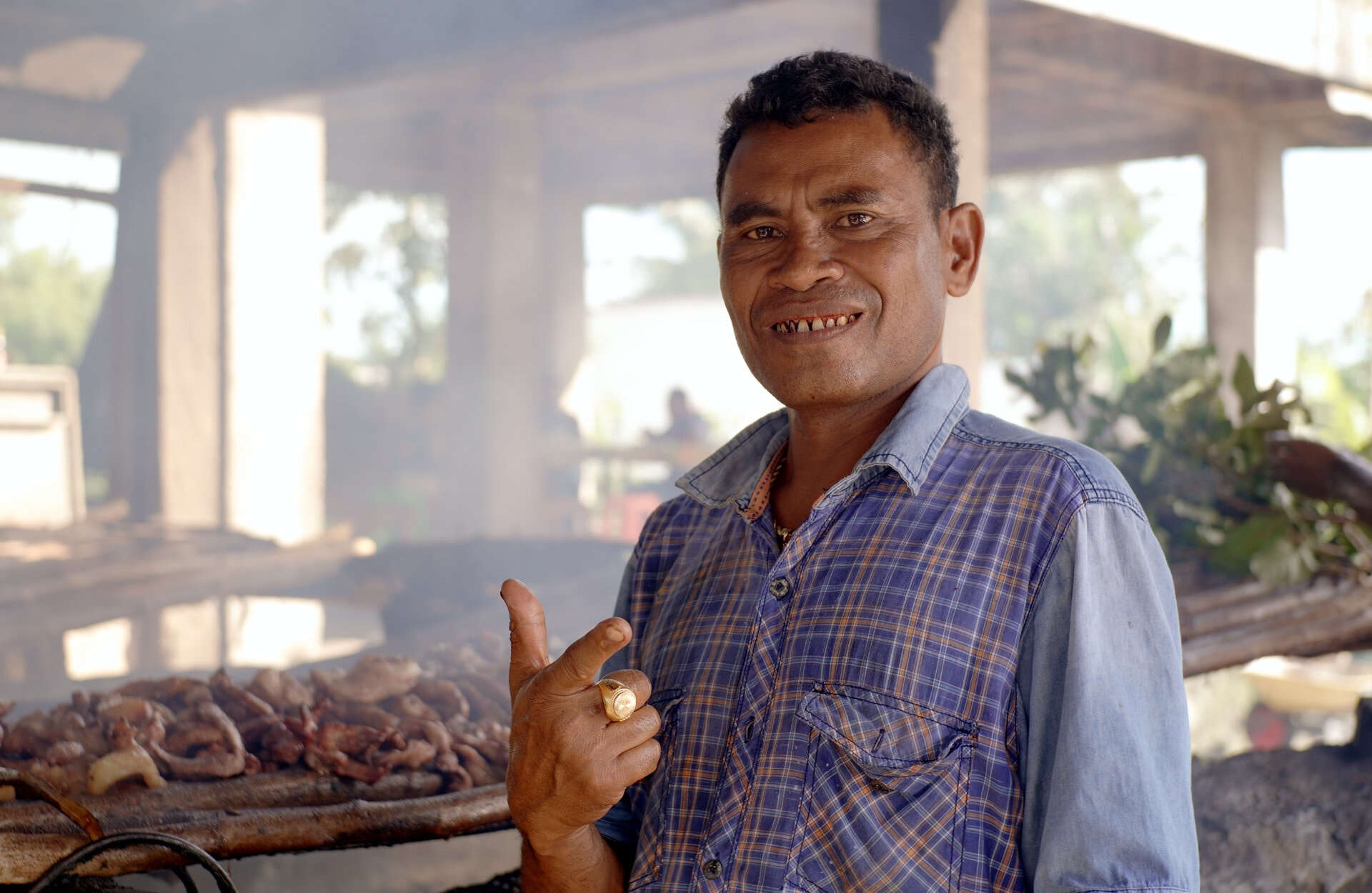
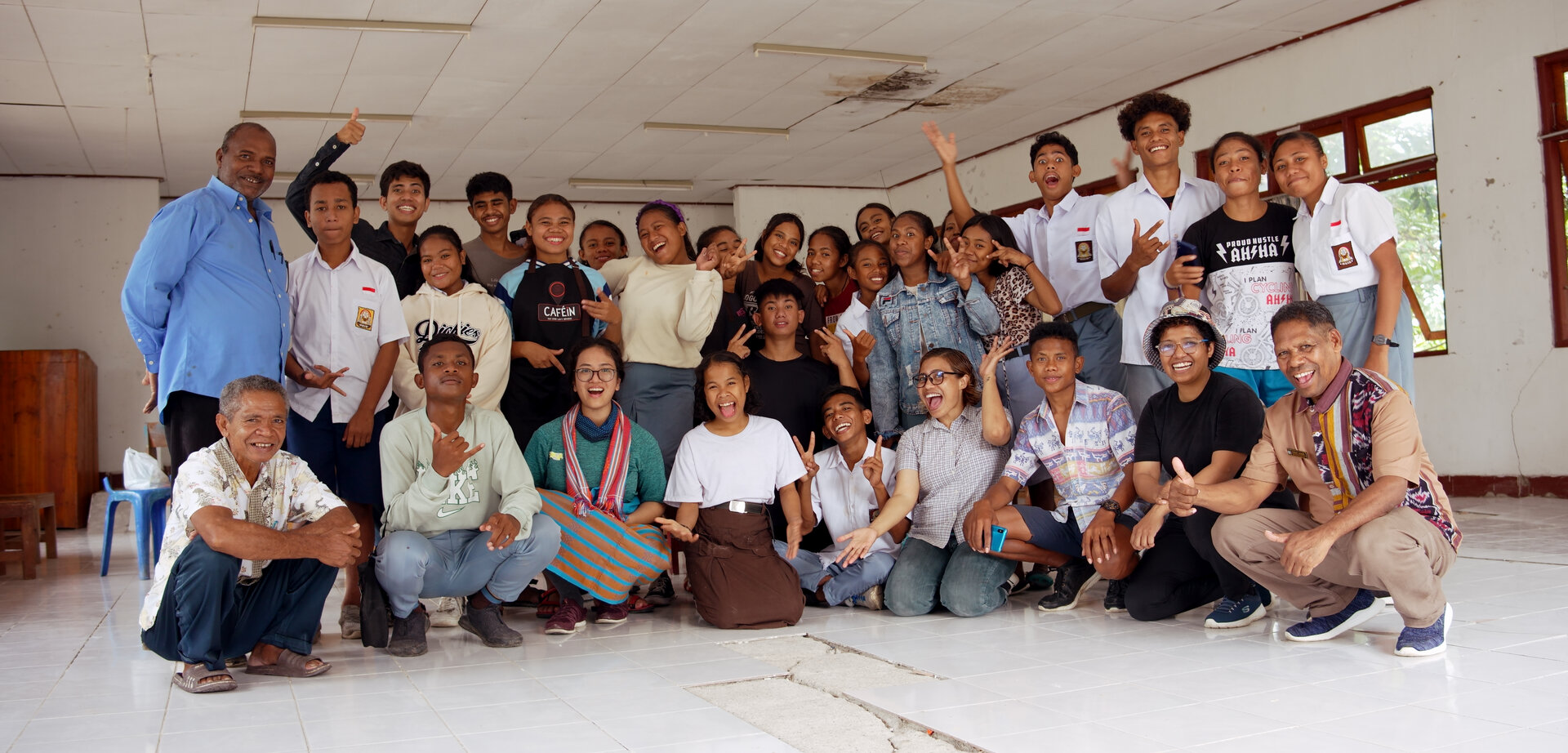
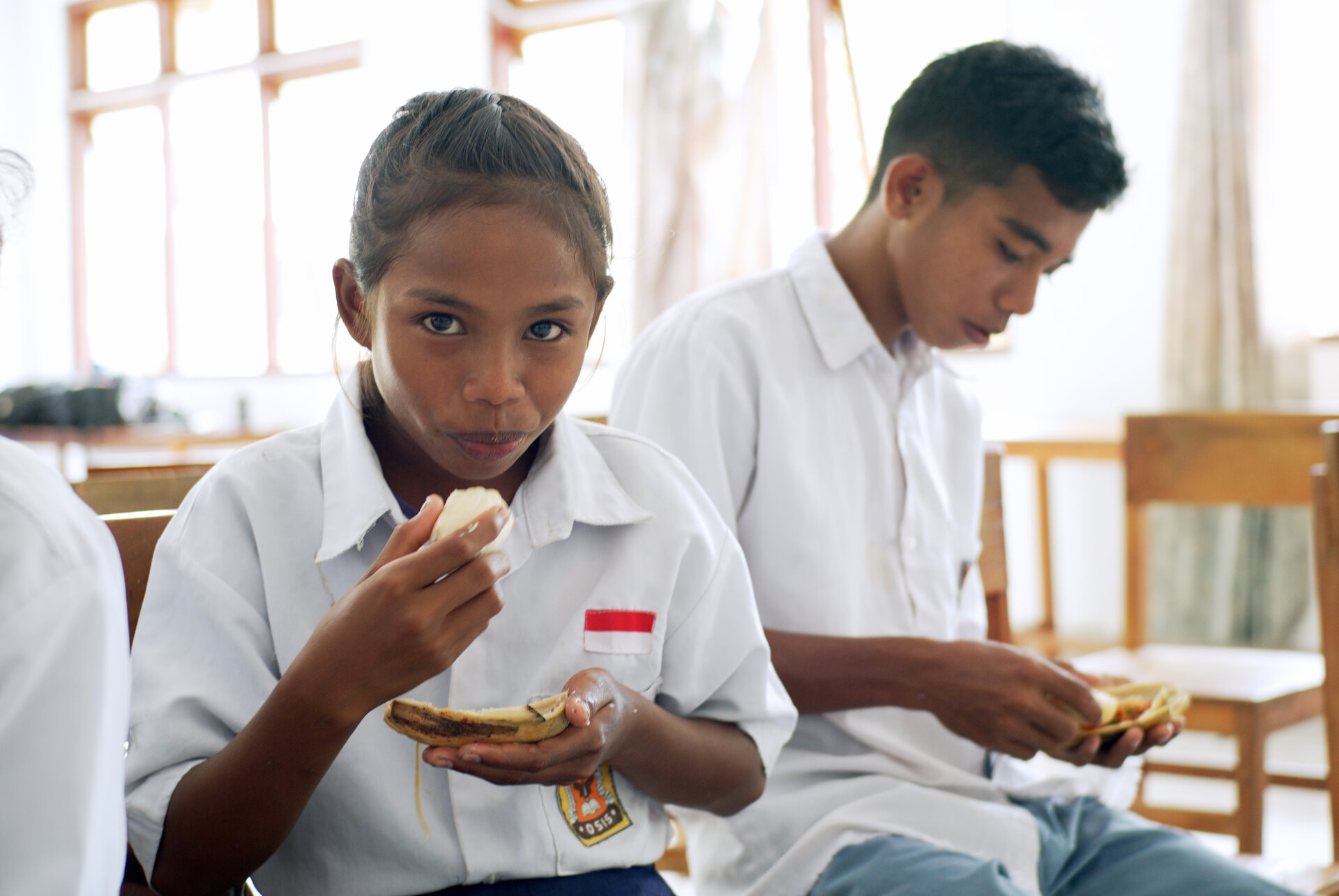
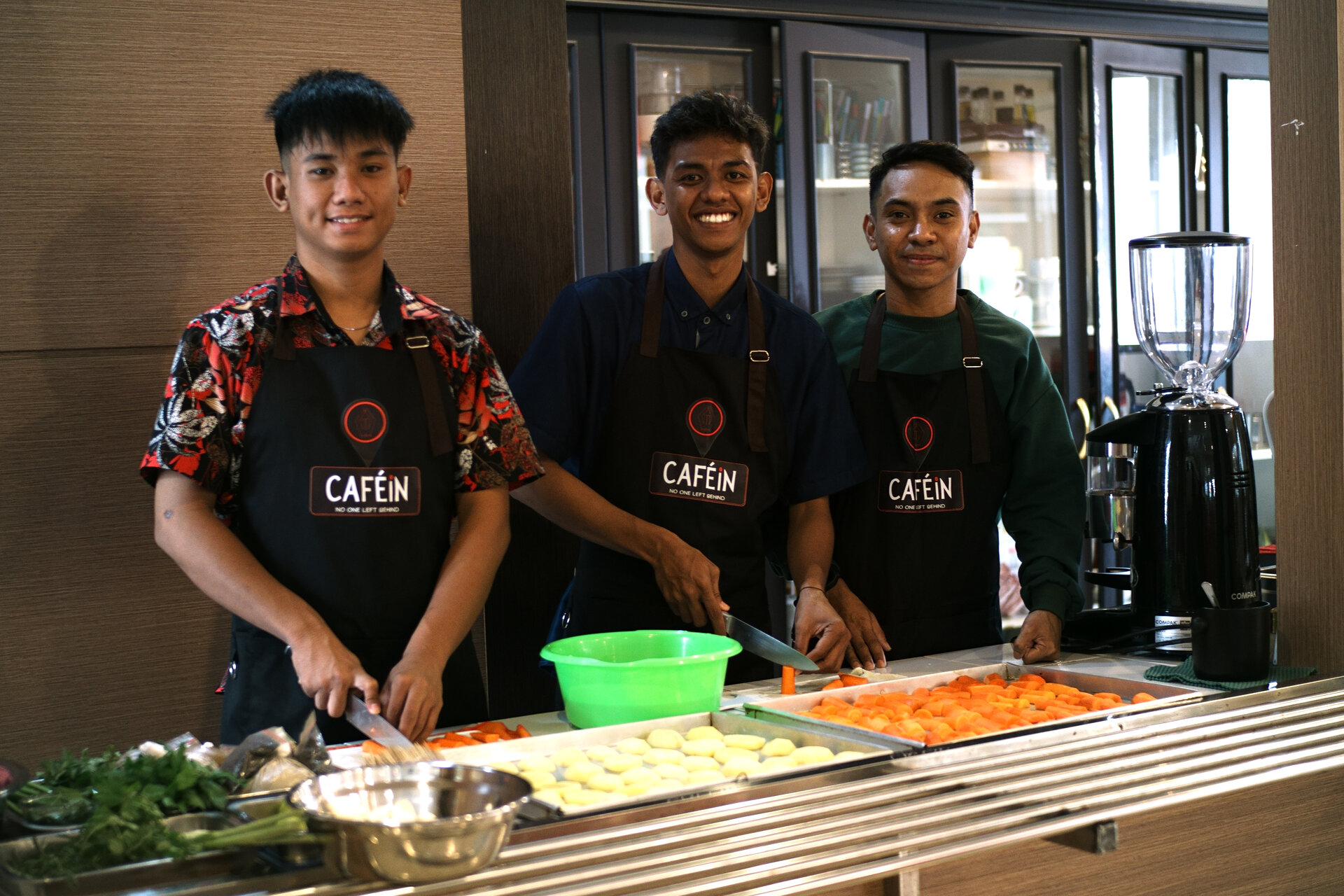
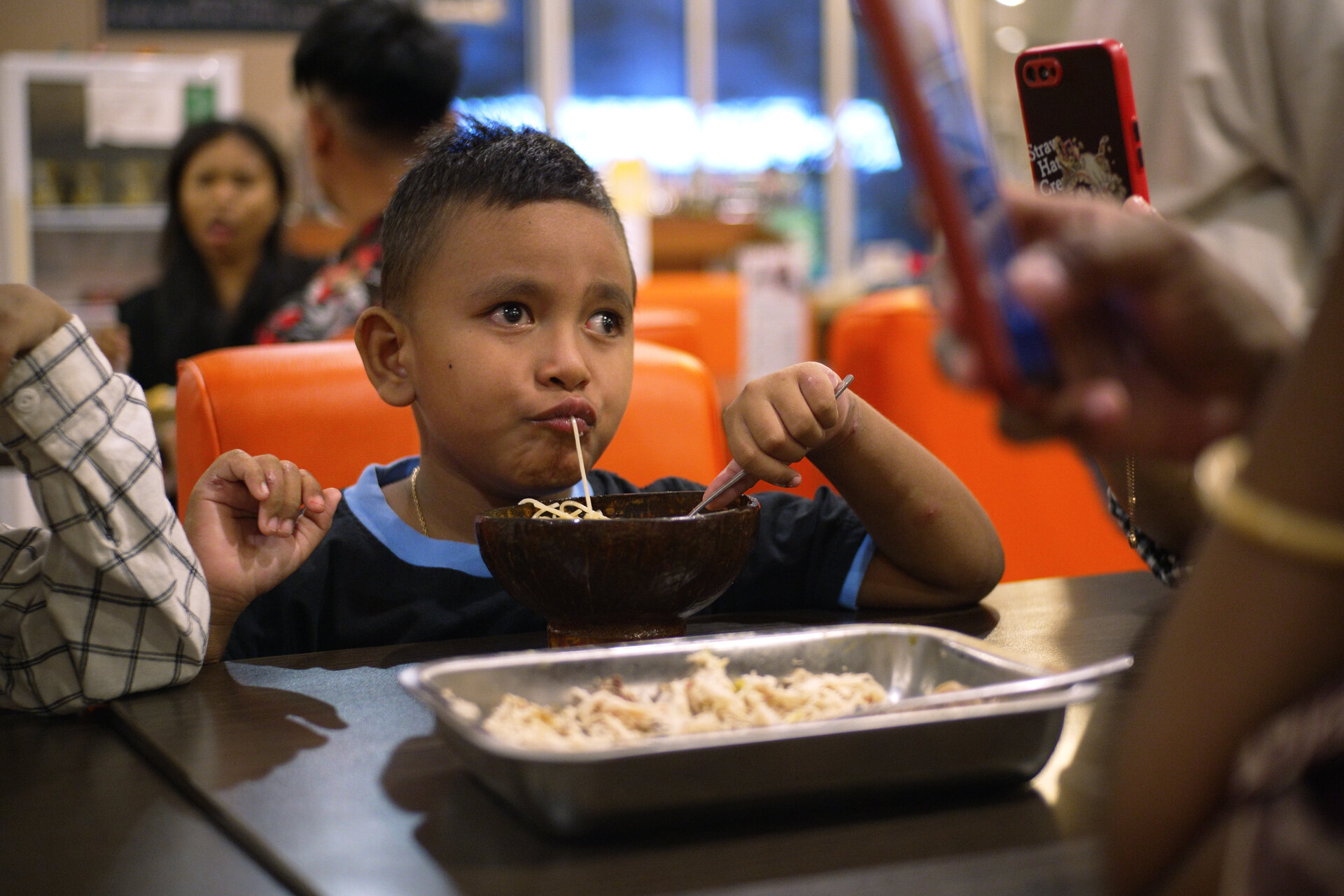
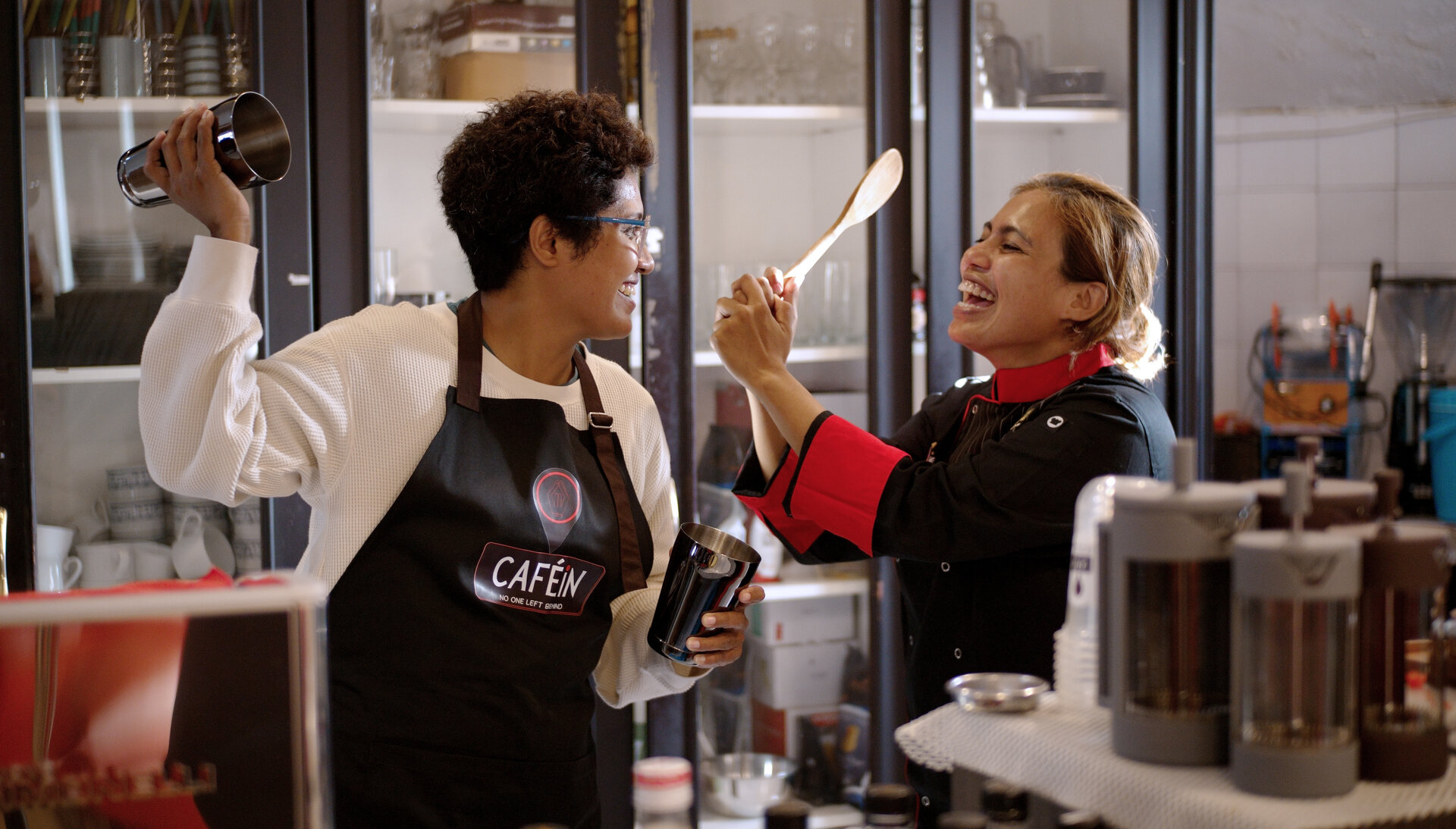
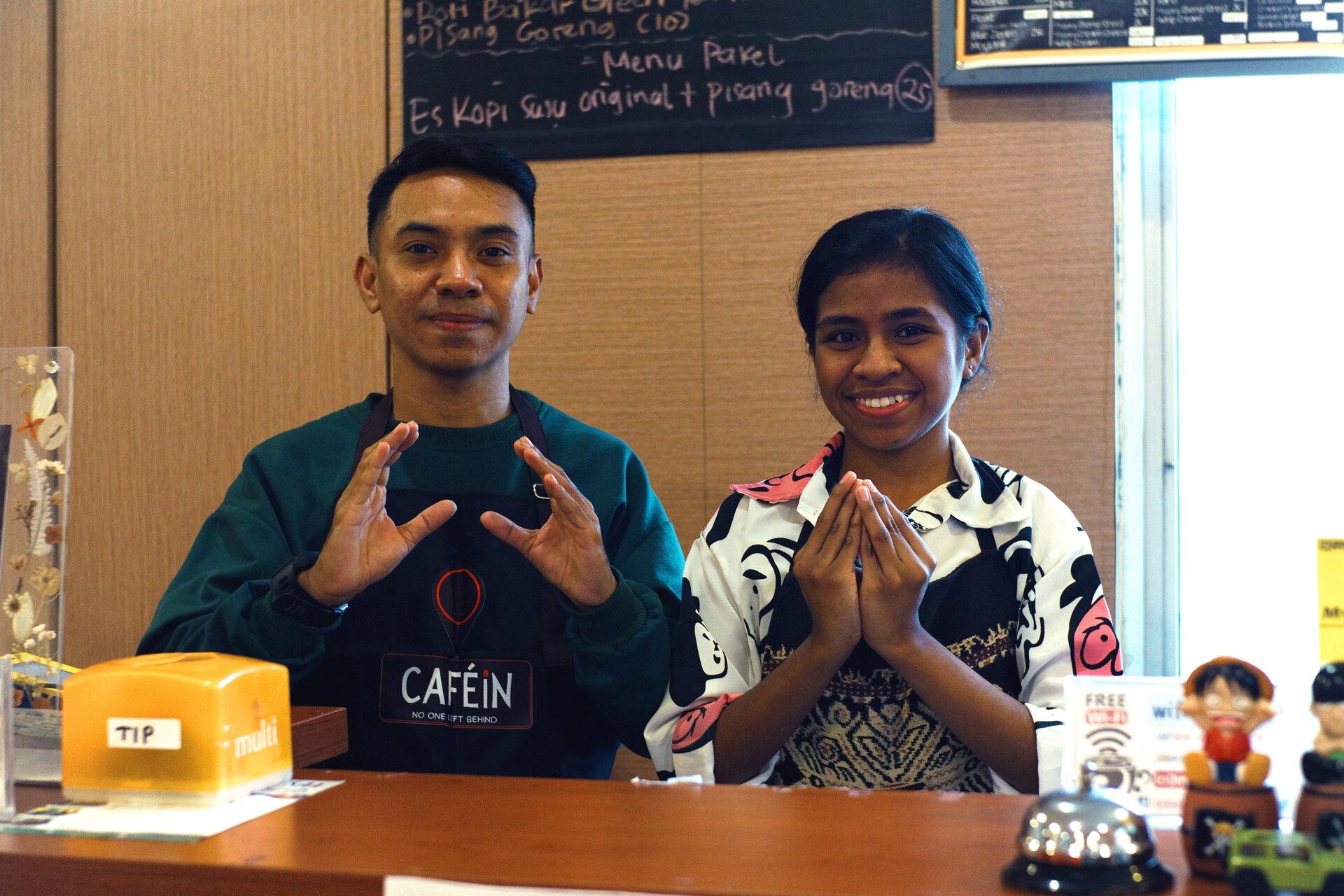
Book a rainforest experience with Green Hill
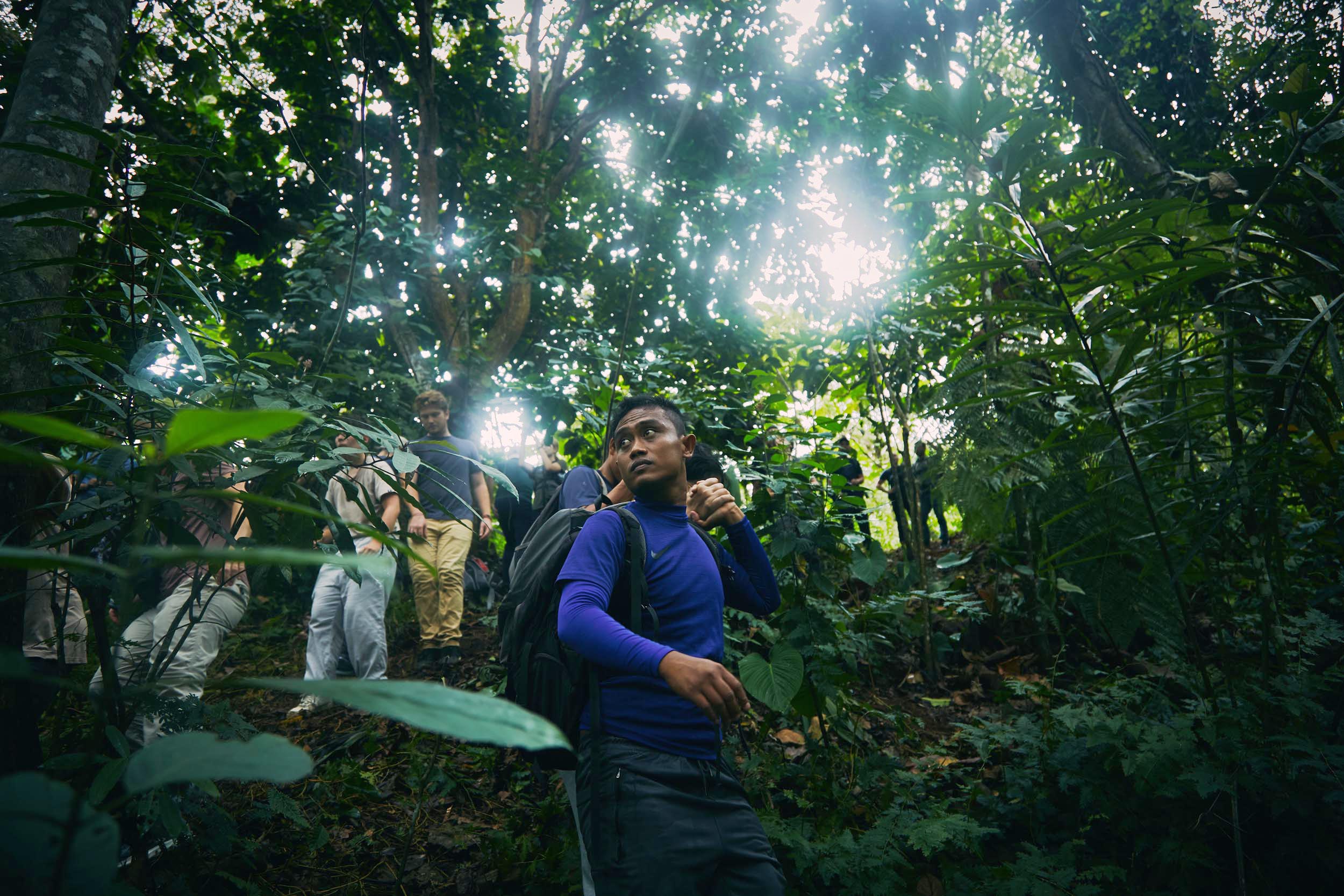
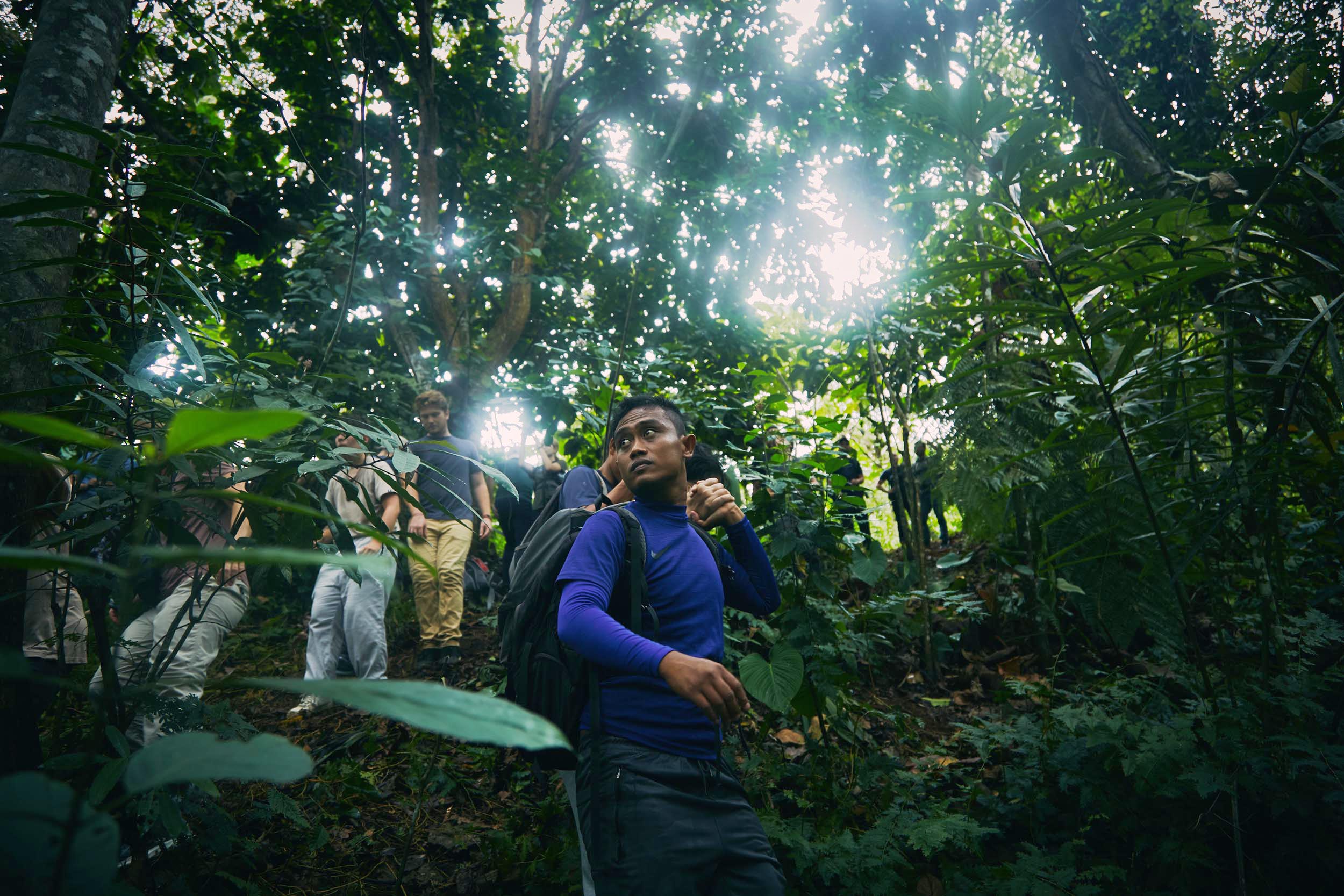
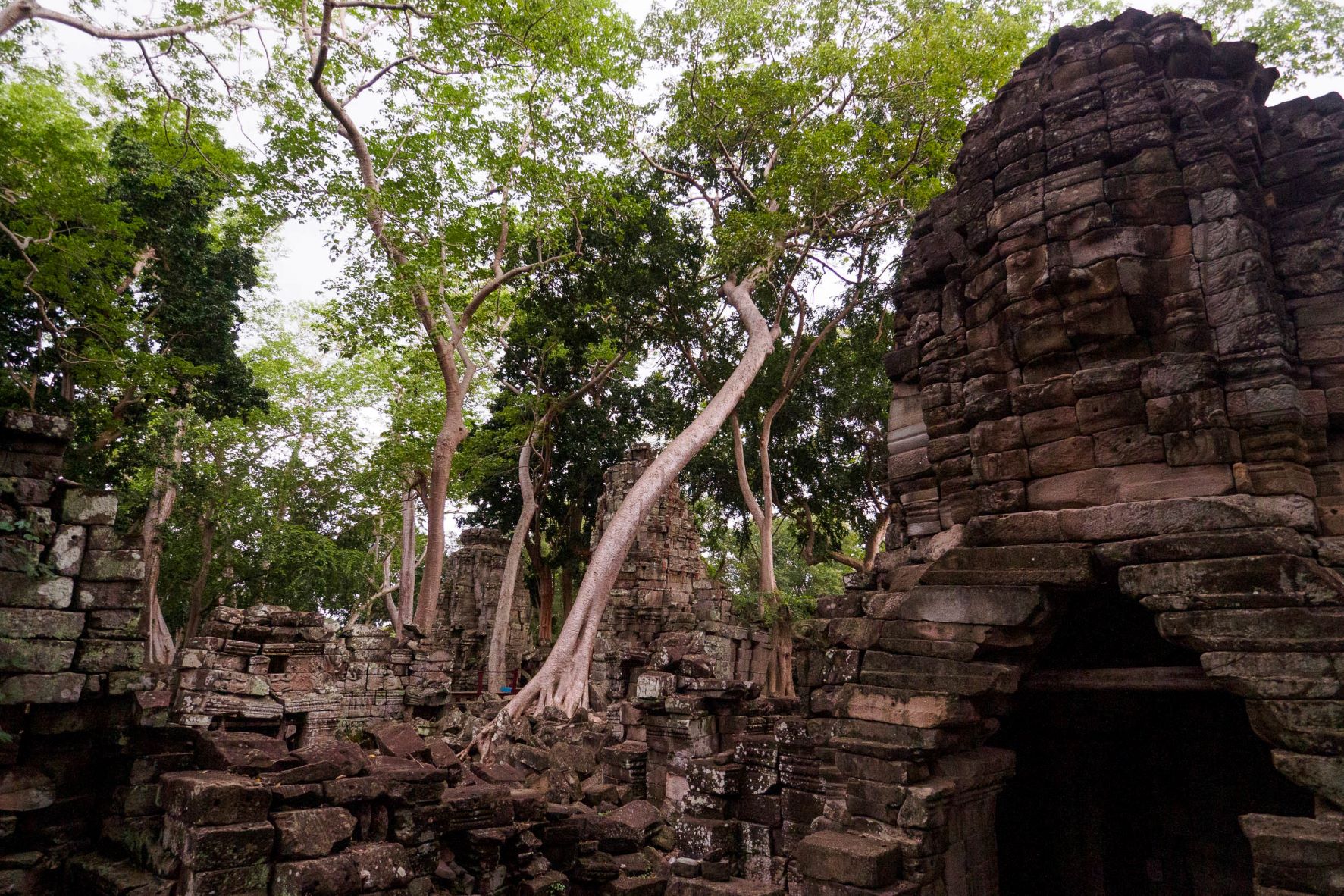
Dusty streets, houses on stilts, towering palm trees, At first glance, Banteay Chhmar looks like any other village in rural Cambodia.
Then you notice the moat.
In the very centre of town, just off the main road connecting the community hall with the high school, market and pagoda, a perfectly square waterway appears out of nowhere.
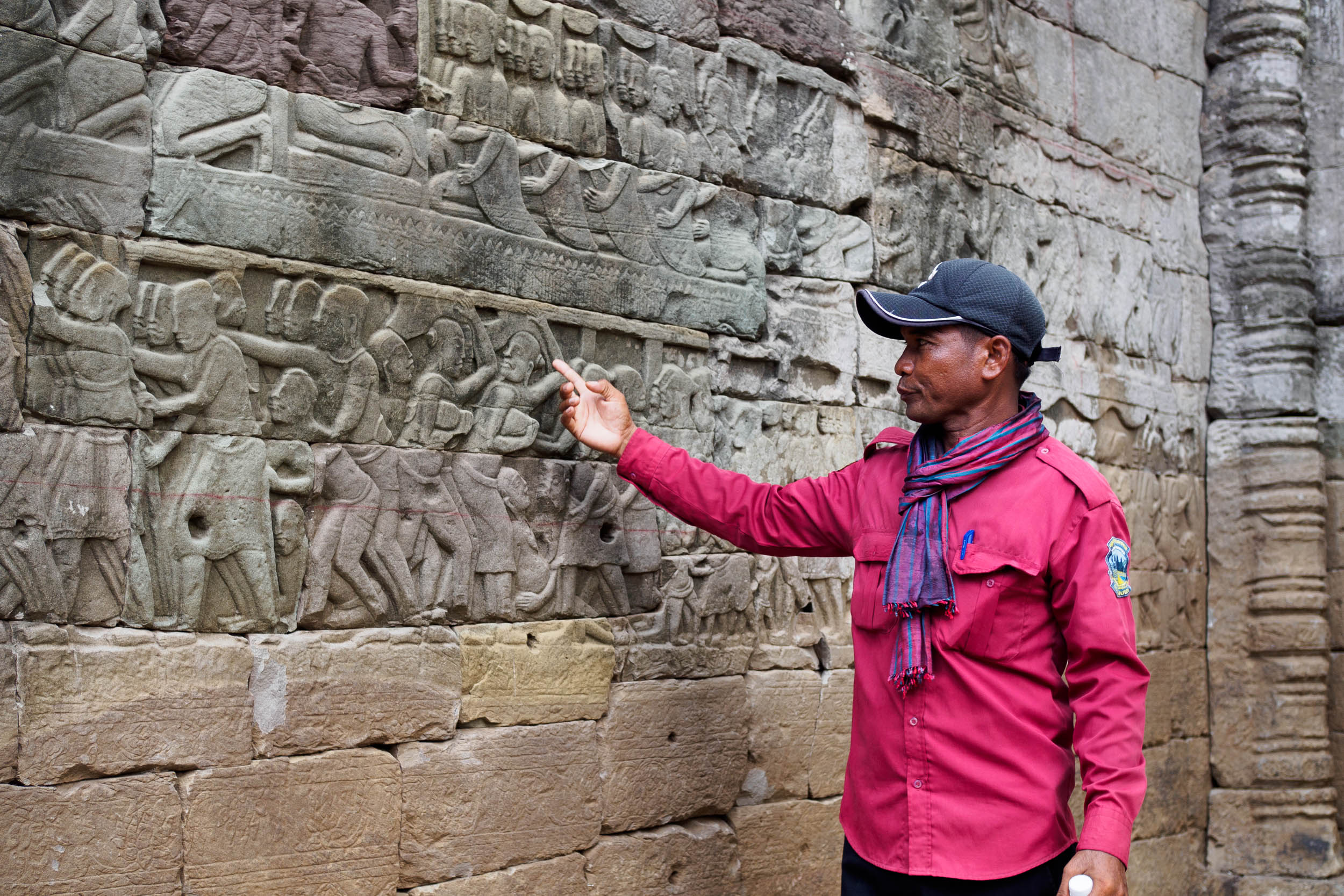
Shaded on all its sides by thick foliage, the moat wraps around a vast temple enclosure, raised to mimic a mountain. This is Banteay Chhmar Temple complex: an Angkorian citadel constructed in the late 12th century under King Jayavarman VII. Nine more ‘satellite’ temples radiate from the main sanctuary.
With the scorching sun on our backs, my guide Mr Pel leads me along the boardwalks erected over the rubble of Banteay Chhmar.
The temple’s crowning glory is its outer gallery walls, which depict domestic scenes, great battles and vignettes from the royal court, in exquisite bas-relief.
For locals, these structures have always been significant sites of worship. The temple’s face towers, bas-reliefs and intricate carvings that fuse Hindu and Buddhist symbology are every bit as impressive as the temples of Angkor. But unlike Angkor, Banteay Chhmar had been lost to the jungle for eight centuries, and had not benefited from conservation or protection from looters.
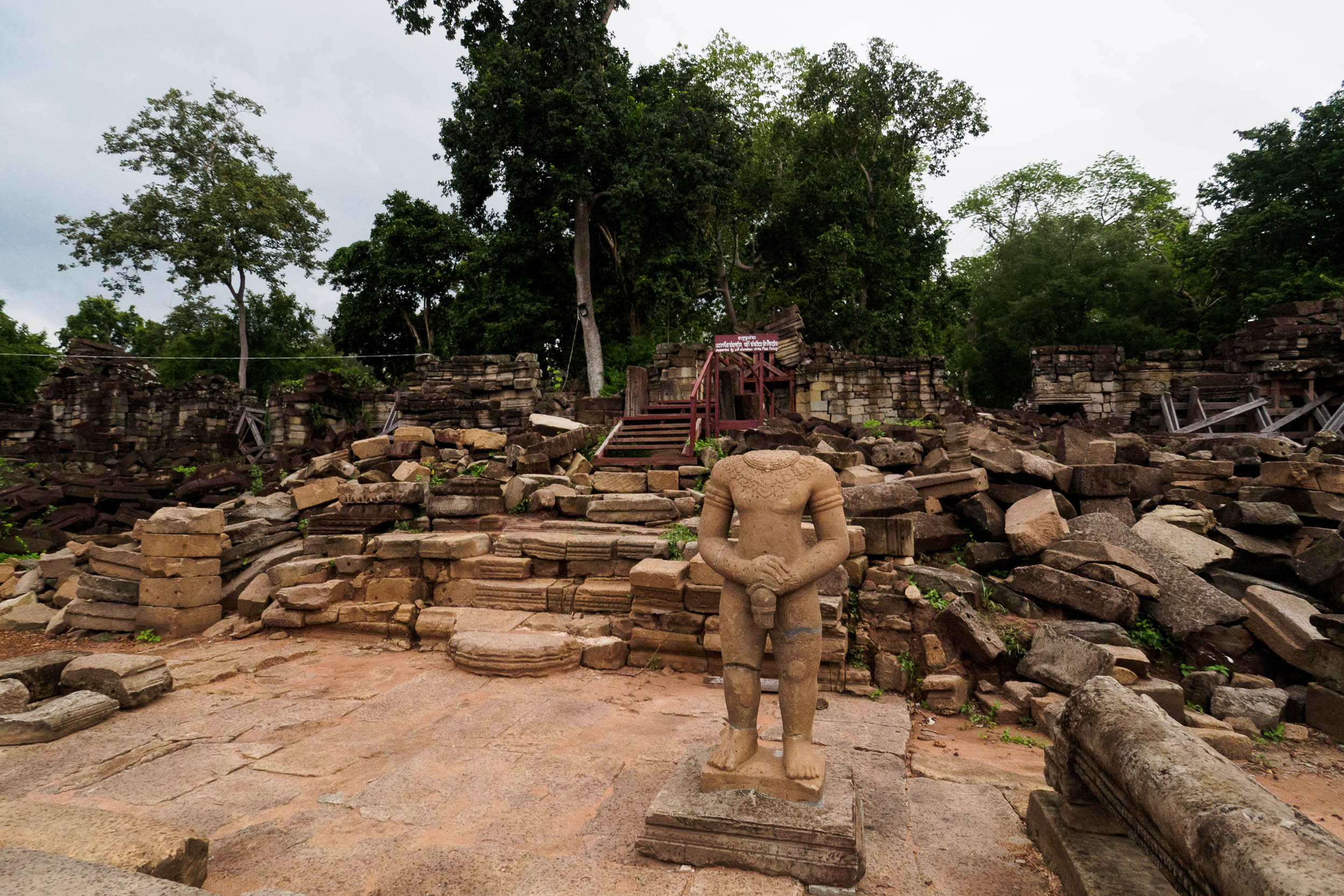
Until a group of enterprising residents recognised its untapped potential.
Determined to take a socially responsible approach from the outset, they established Banteay Chhmar Community Based Tourism (CBT) in 2007 with assistance from non-governmental organisations like Agir Pour le Cambodge (France) and Global Heritage Fund (USA). The latter trained more than 40 locals to start restoring the main temple.
Hotels are banned in the protected zone around Banteay Chhmar, so CBT started homestays with families in the town, a truly local experience I enjoyed for the duration of my stay. My room was typical of a Khmer home: A plain wooden room with a large bed, a mosquito net, and a fan.
Many families settled in Banteay Chhmar after escaping civil war refugee camps along the border. My host, Mrs Nil Loeun, was separated from her family and forcibly relocated to Banteay Chhmar under the Pol Pot regime.
“When we first learned that the Global Heritage Fund would be restoring the temple, we were worried that villagers would be made to leave, like in the past,” Loeun says. “We are very happy that they are protecting the temple as well as the people of Banteay Chhmar.”
The CBT welcomed its first official guests in 2007, and continues to welcome visitors from all over the world with guided tours of the temples and villages, traditional music performances and other cultural experiences alongside homestays, meals and transportation.
Book a tour package or pick and choose a range of activities.
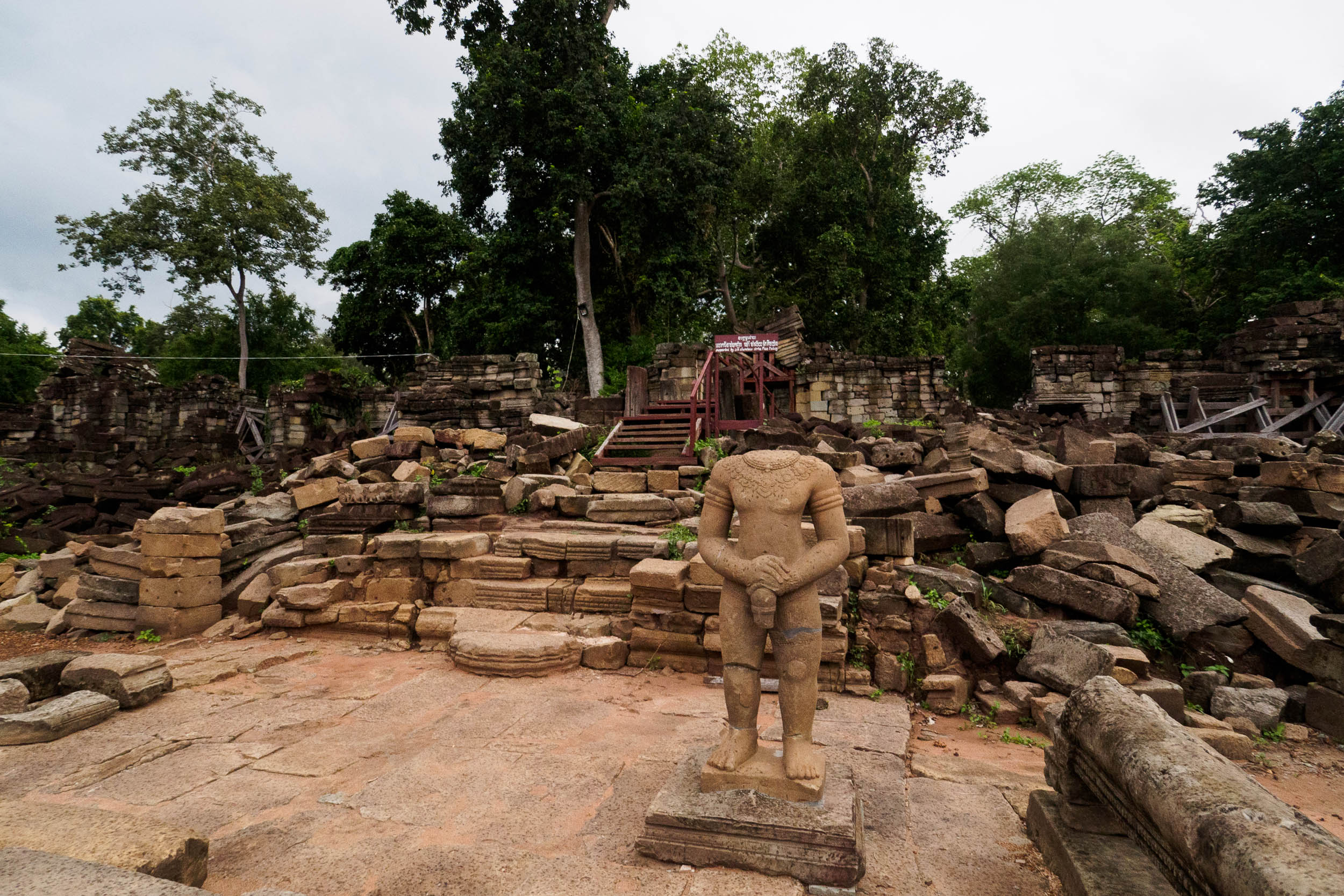
A project that puts the interests of the community first is still a relatively new concept in Cambodia, but it’s proving to be a successful one.
“Everything has changed,” Sophal later tells me. “Many people now think about protecting and rebuilding the temple whereas before, they only thought about destroying it. Locals were involved in the looting of the temple. But now they understand how important it is to care for the temple, and are involved in its restoration. So now we have more than a hundred people who come to work at the temple everyday, all of them Banteay Chhmar locals. They work to improve their family income.”
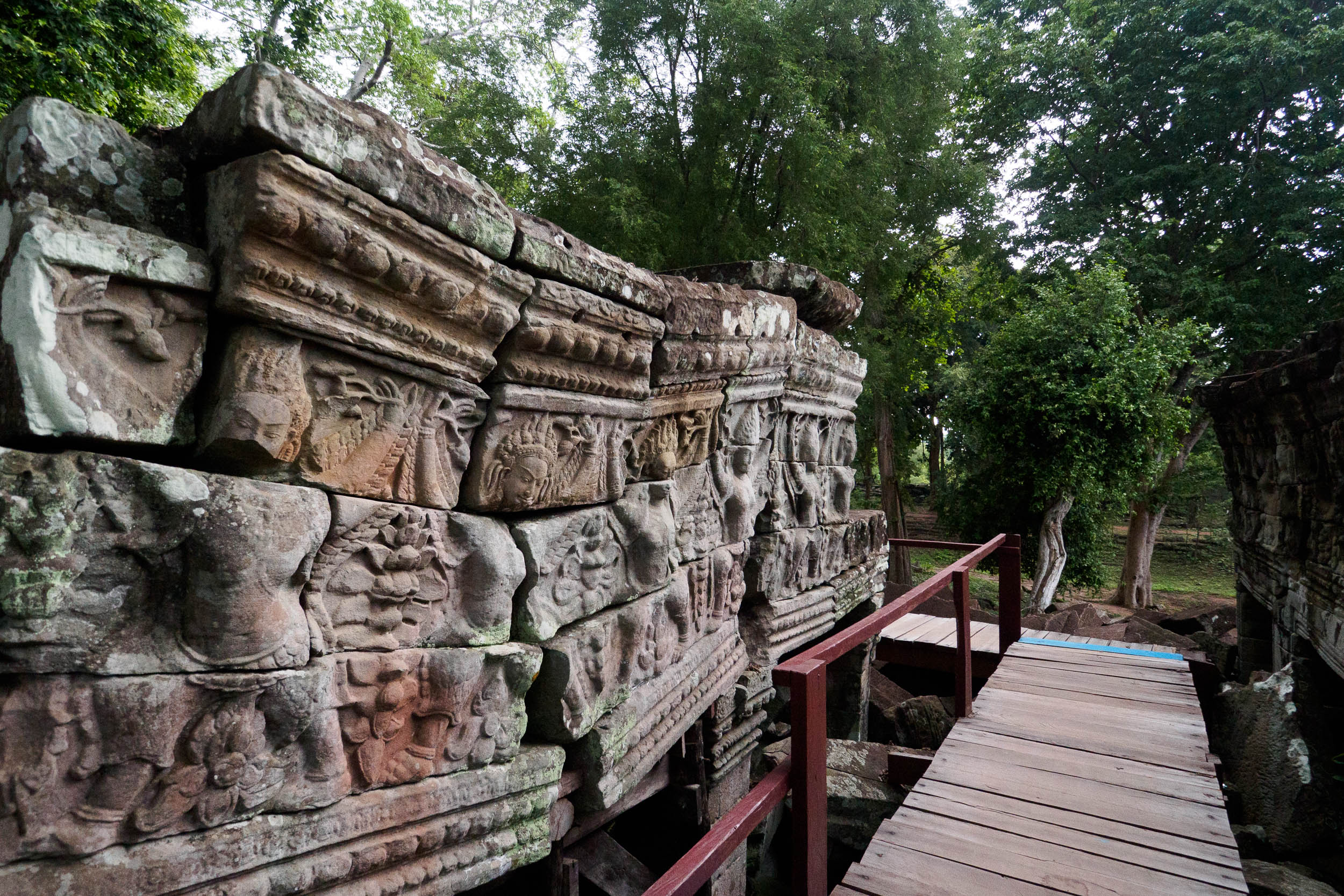
Visiting during monsoon season, I expected to be the only guest. But when I arrived, the office was a hive of activity. A large group had just come from a neighbouring province, to learn the ropes of community-based tourism from the Banteay Chhmar team.
When setting up the tourism initiative, the CBT consulted the community to make sure they had a voice in the project. They also wanted to ensure that Banteay Chhmar locals would benefit from tourism, unlike communities in Siem Reap, which remains one of the poorest provinces in the country, despite being home to Angkor Wat, Cambodia’s most popular tourist attraction.
“In Angkor Wat, we saw most local people have moved outside, and fees go to foreigners,” CBT Coordinator, Mr Tath Sophal, told me over lunch. “We thought we should do something to help the local people here.”
The four villages closest to Banteay Chhmar Temple – home to some 2,000 families – are now actively involved in the CBT in some way. Around a hundred people are employed as guides, drivers, handicraft artisans and cooks, while hundreds more benefit indirectly. As well as steady employment, CBT members receive training in hospitality, food hygiene, and English language lessons.
2018 was Banteay Chhmar’s biggest year, with just over 2,000 visitors. But two years on, the COVID-19 pandemic decimated visitor numbers.
“We welcomed 67 local visitors in 2021,” says Sophal. ” With borders opening up again as COVID-19 pandemic restrictions ease, Bantaey Chhmar has seen a welcome increase in travellers, with over 900 visiting in 2022.
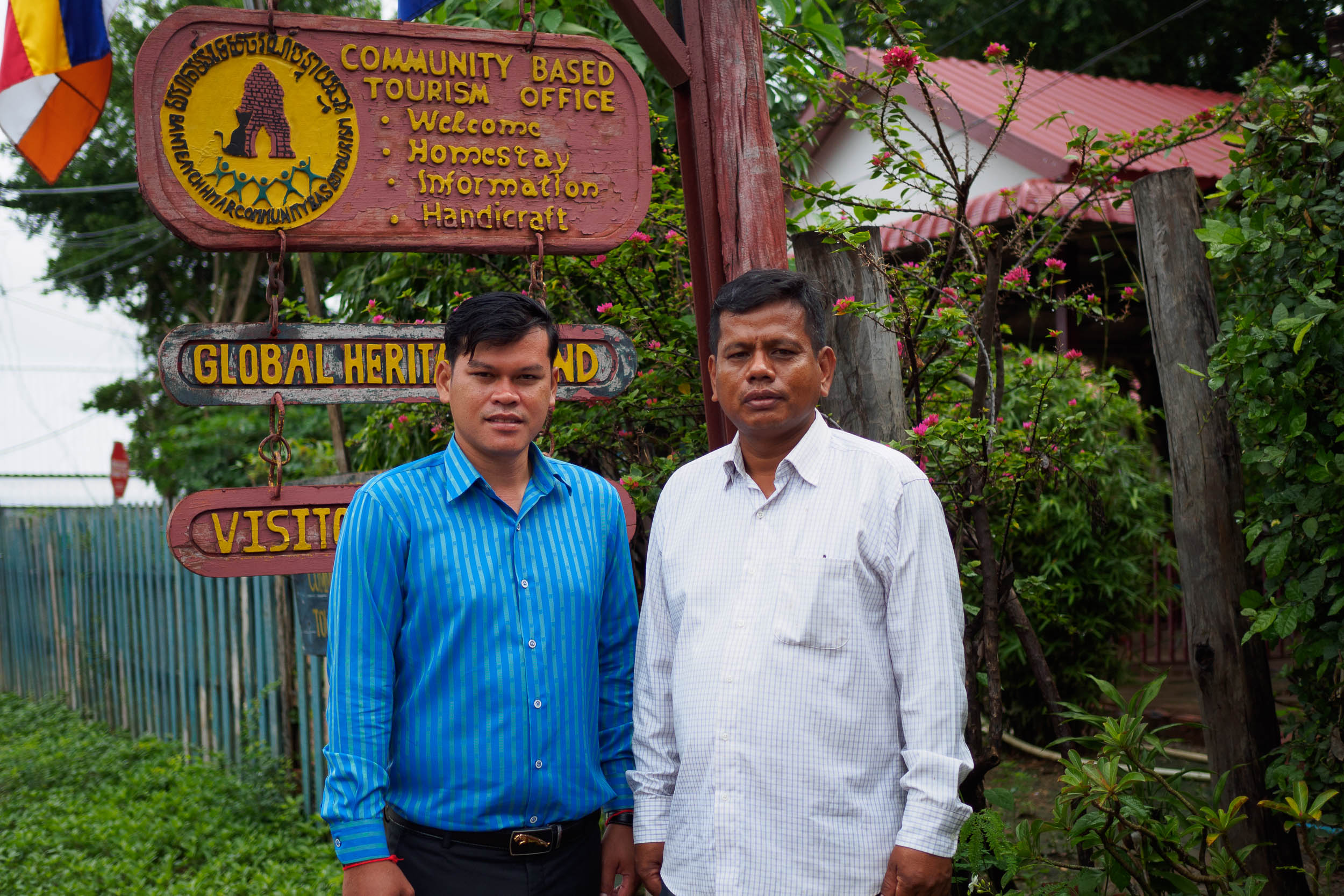
As more travellers learn about Banteay Chhmar as an alternative to Angkor, Sophal and the CBT team want to ensure that local families continue to benefit. Profits from the fund have been used for a range of development projects, including rubbish collection, installation of solar panels, and funding community clean-ups and reforestation projects.
Thanks to the extra income they earn, many families in Banteay Chhmar can now afford to invest in their children’s future. “They save money for their kids to go to school, for food, and for saving money for university fees,” Sophal says.
When you travel to Bantaey Chhmar with the CBT team, you are exploring an off-the-beaten path gem while ensuring every cent you spend goes back into the community.
More than 2,000 families are involved in the CBT, which currently employs 83 people from the local community. Depending on the type, service providers receive 60-85 per cent of the fees travellers pay, with the remainder used for admin costs and reinvested into a community fund.
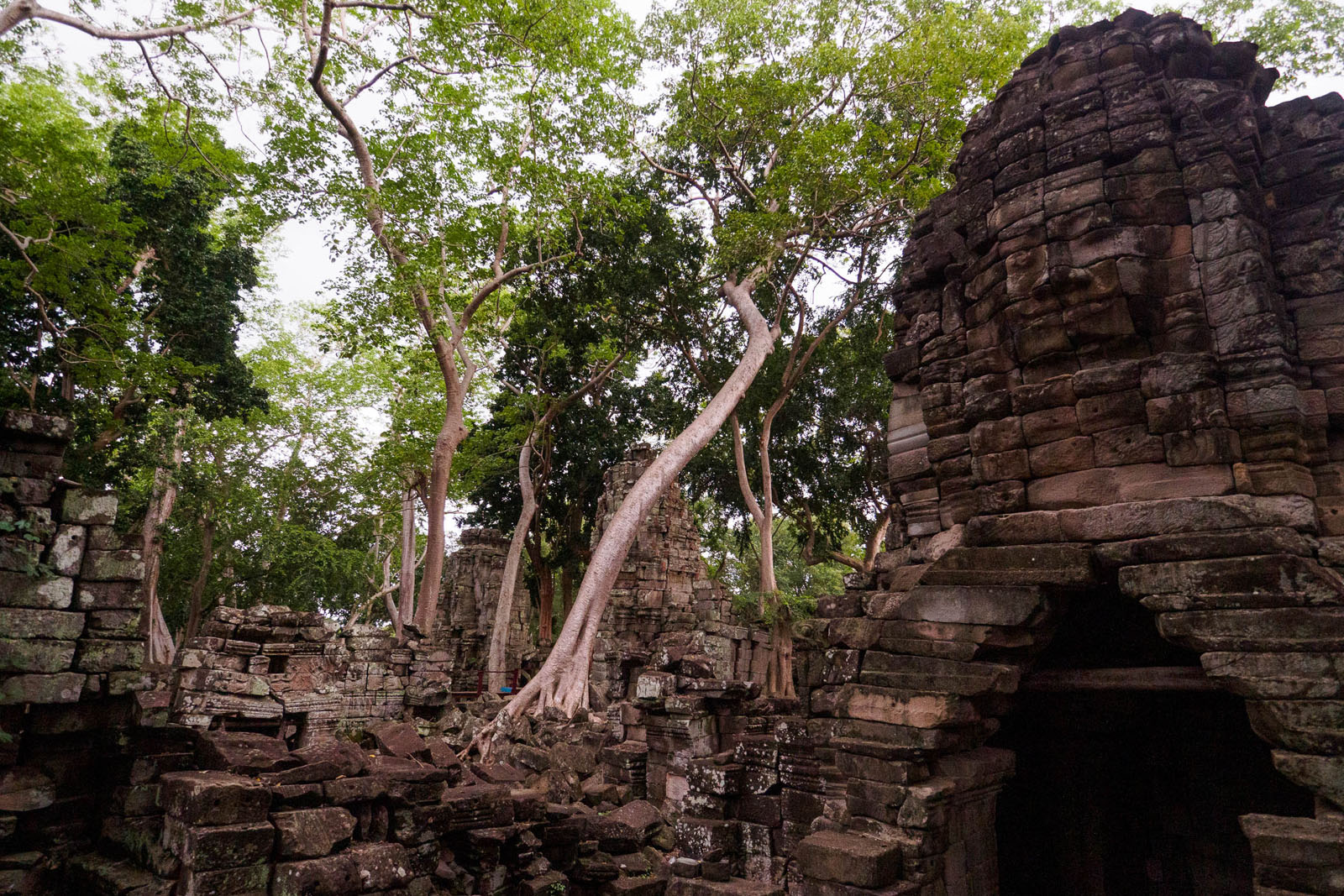
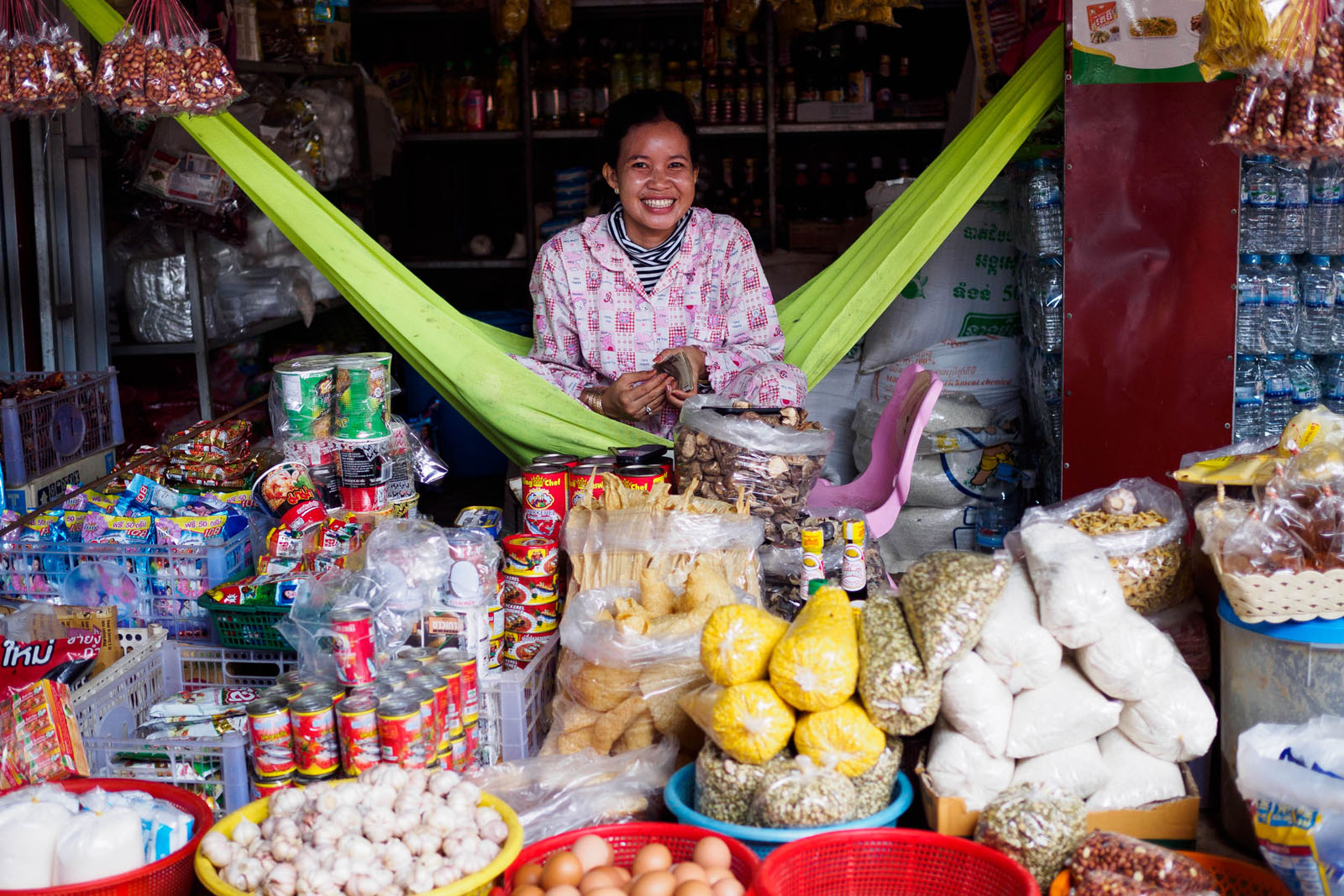
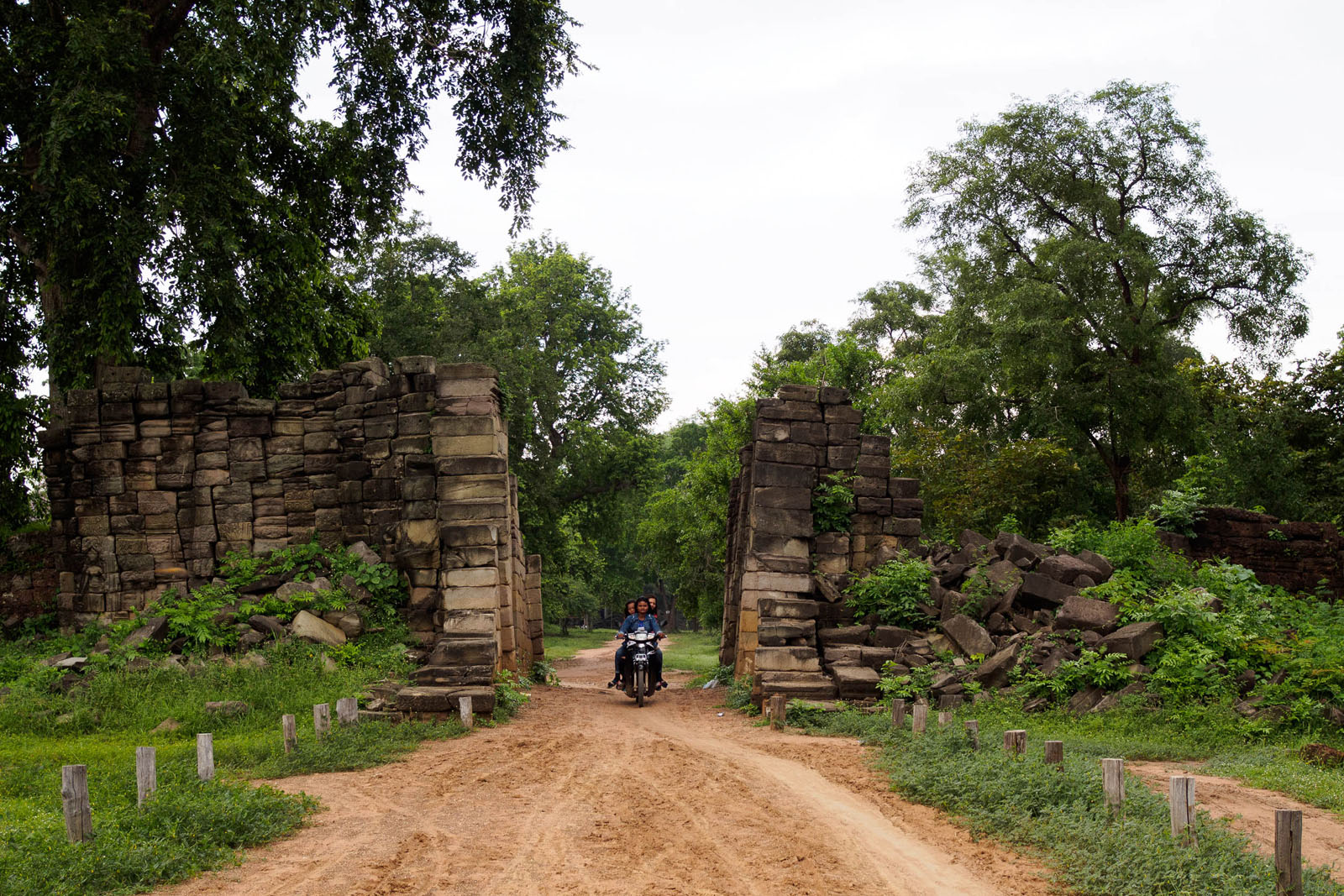
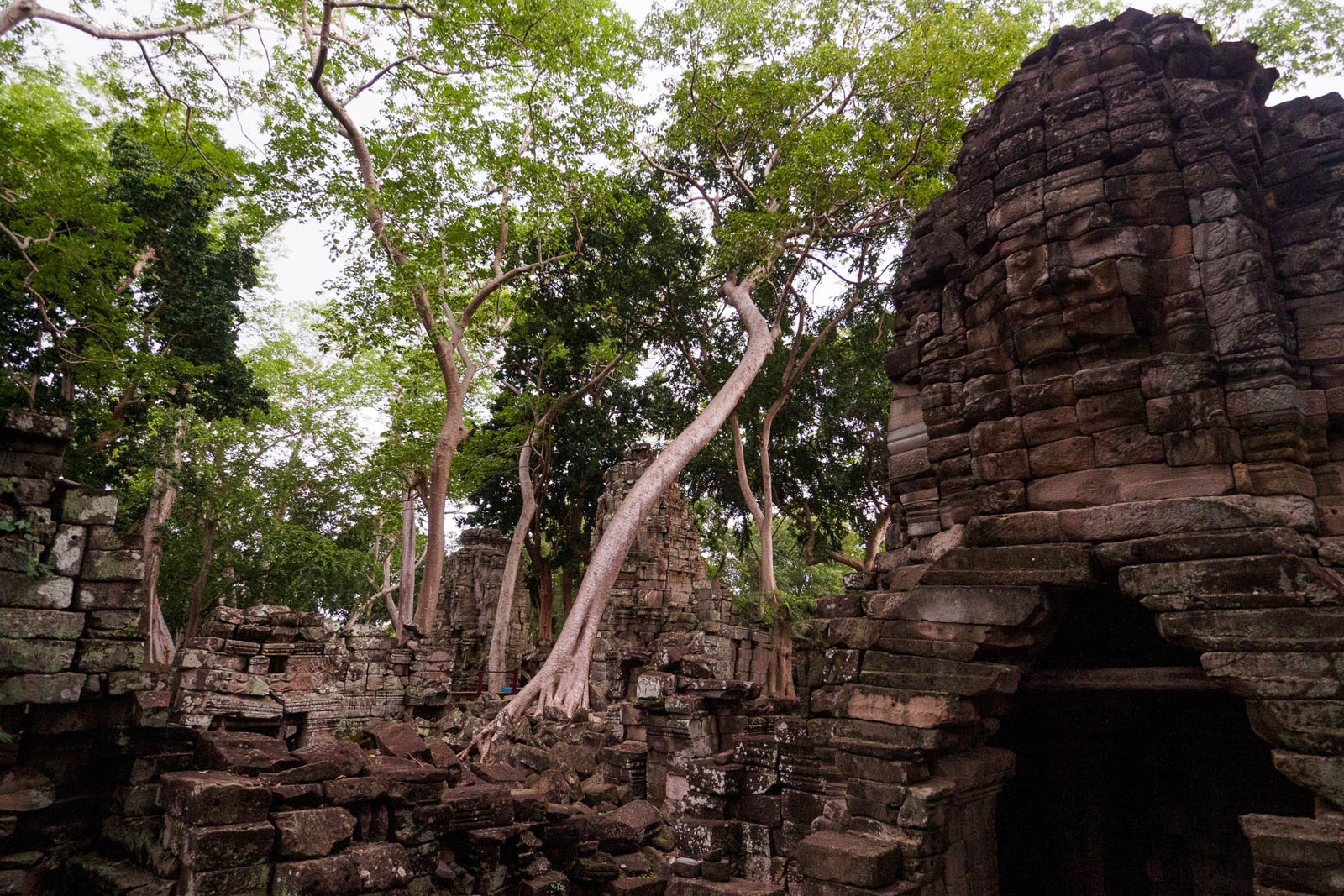
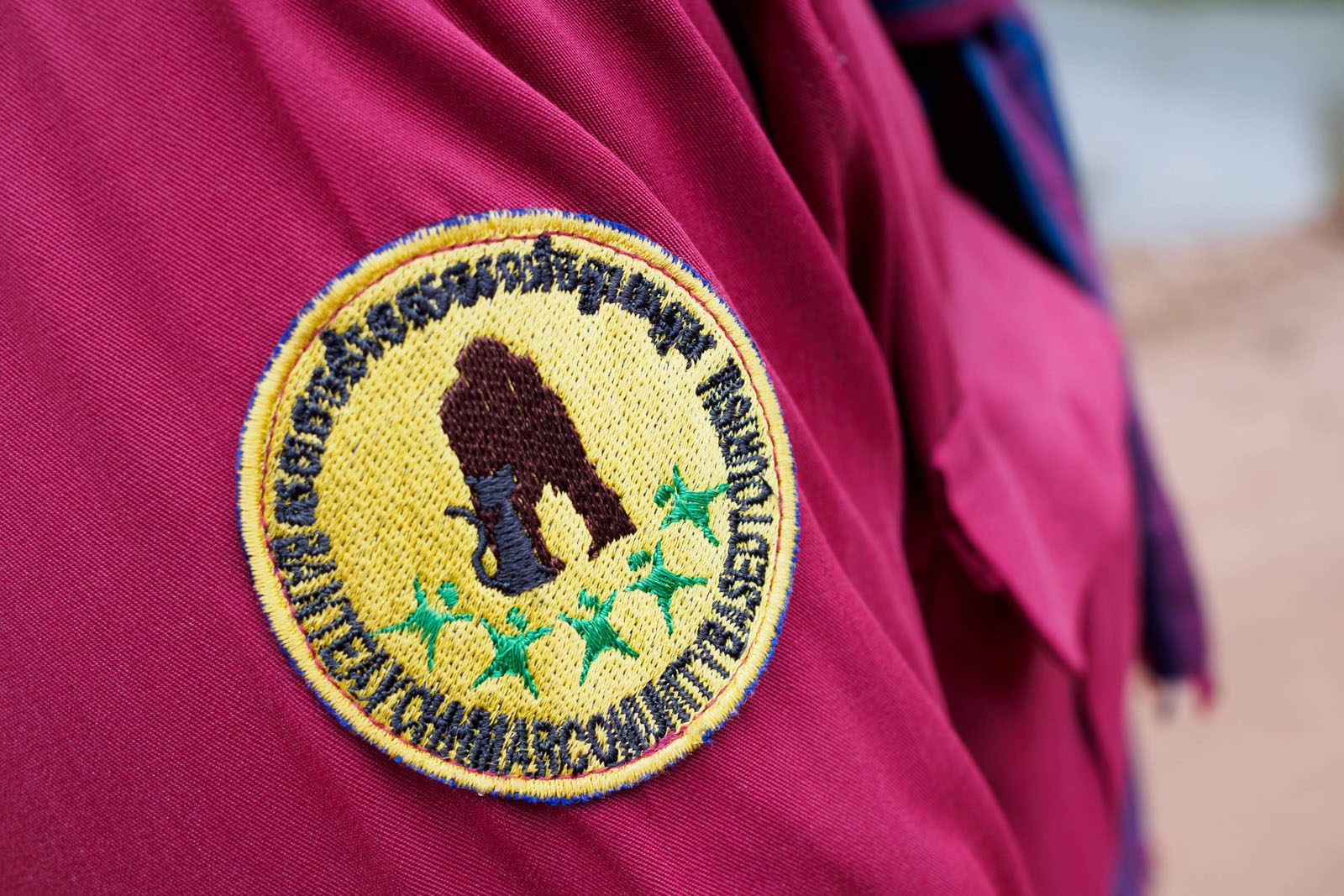
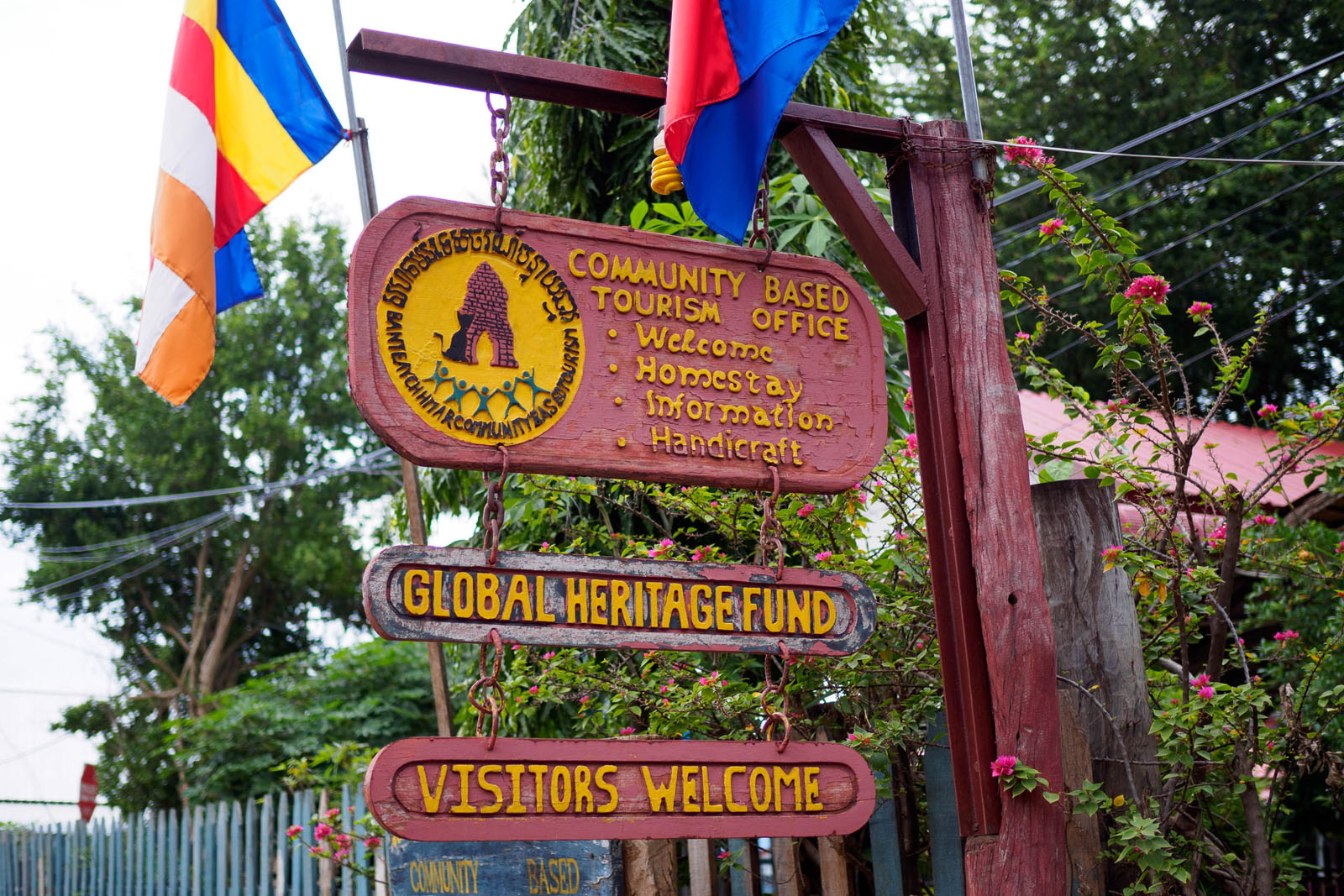
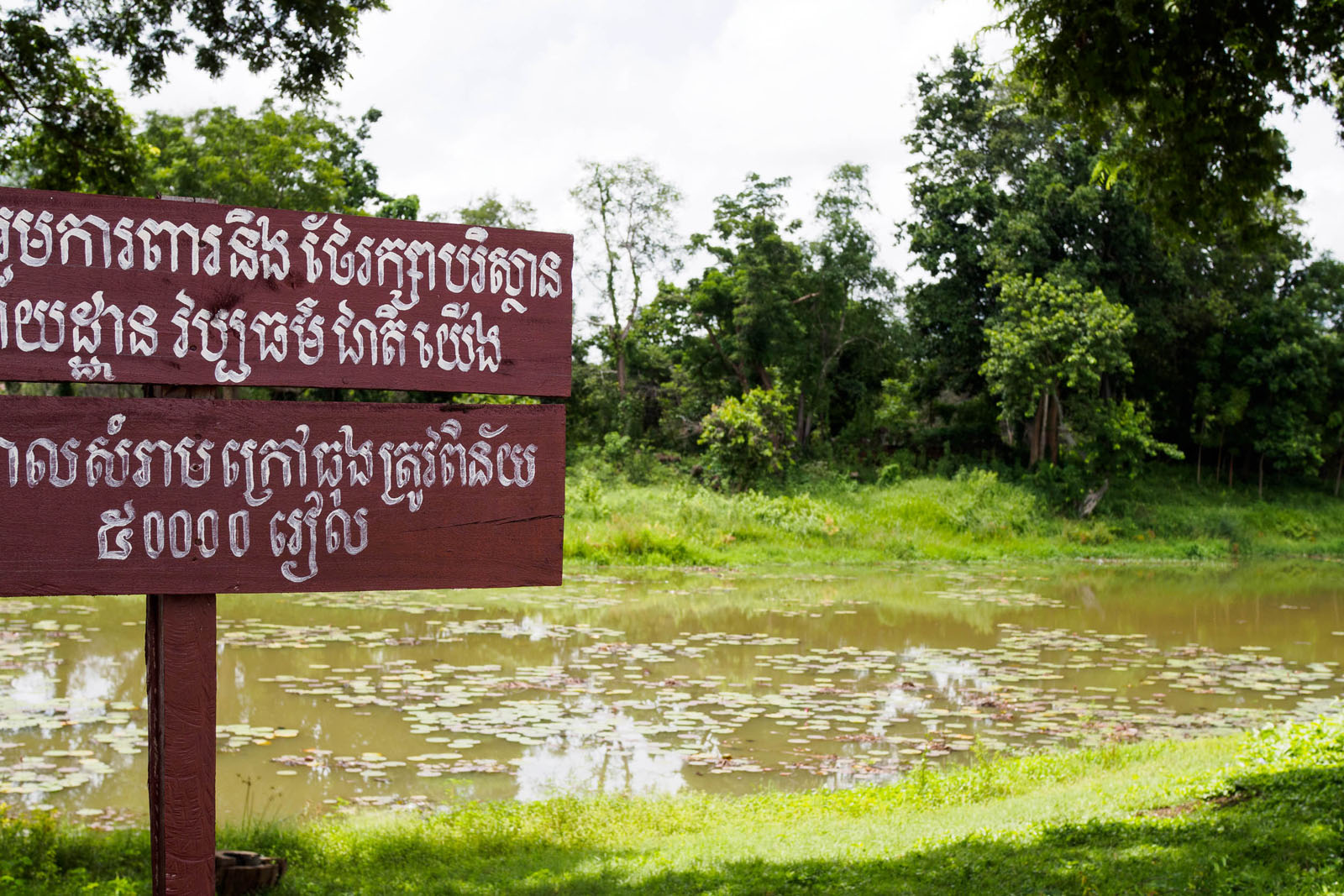
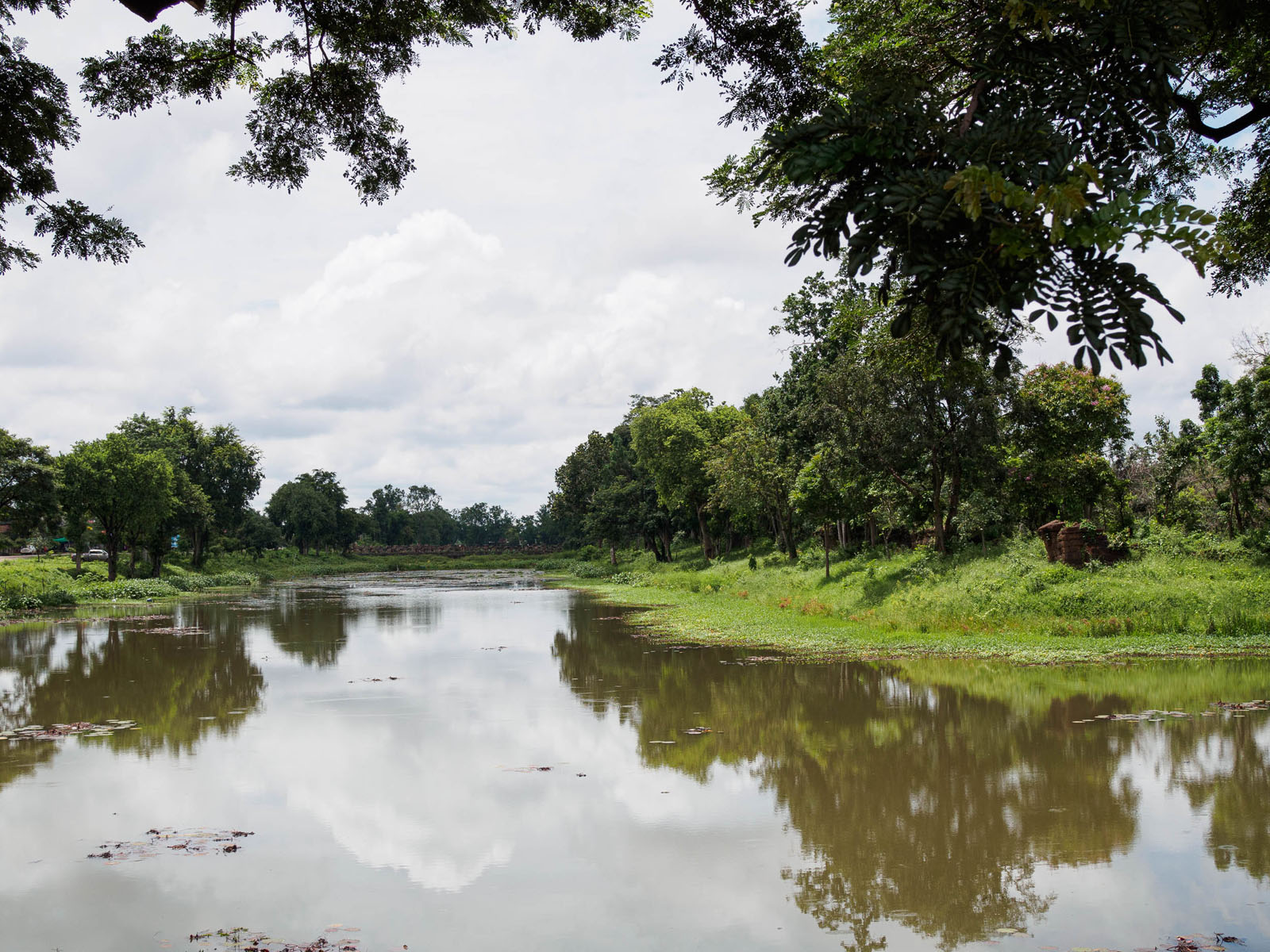
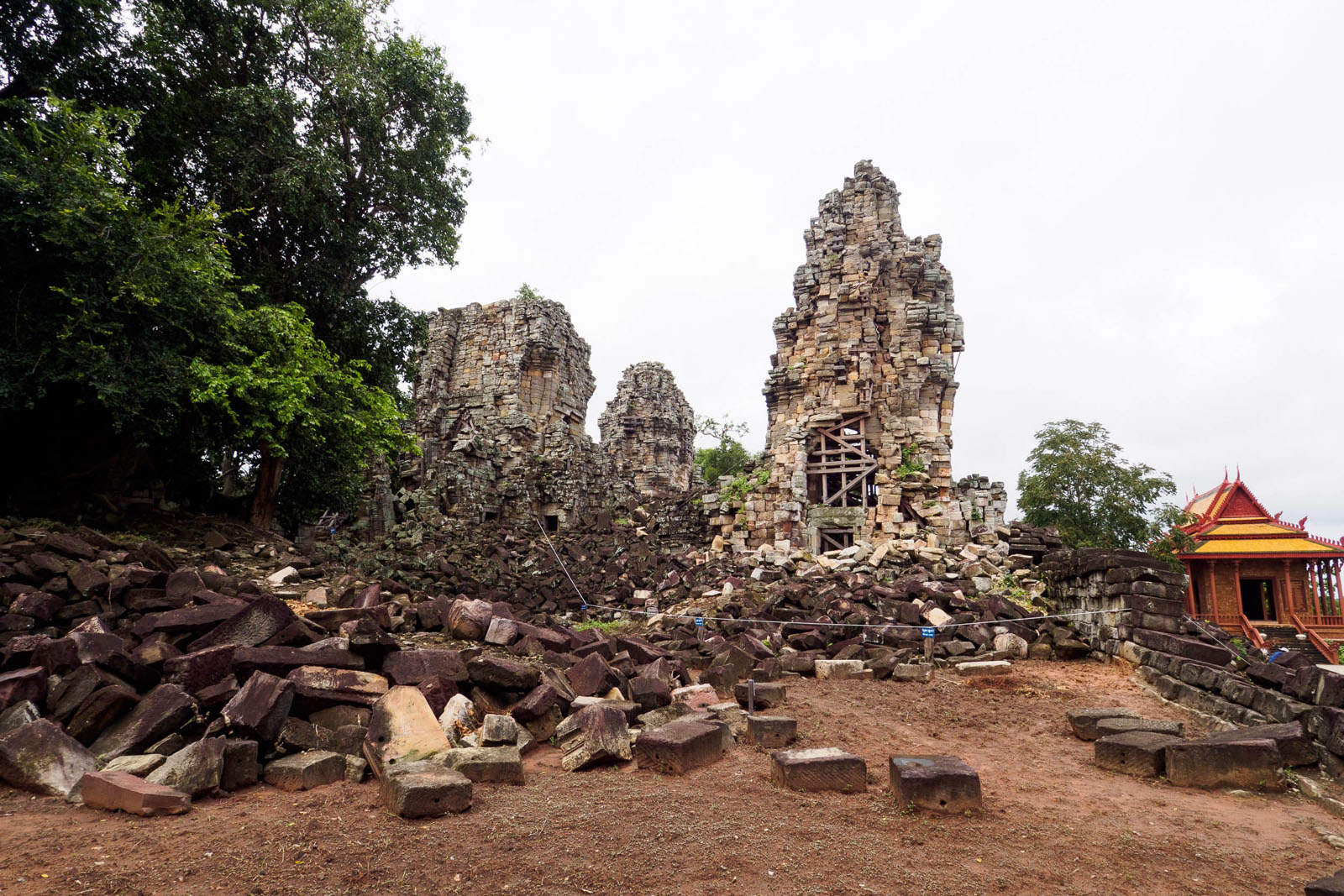
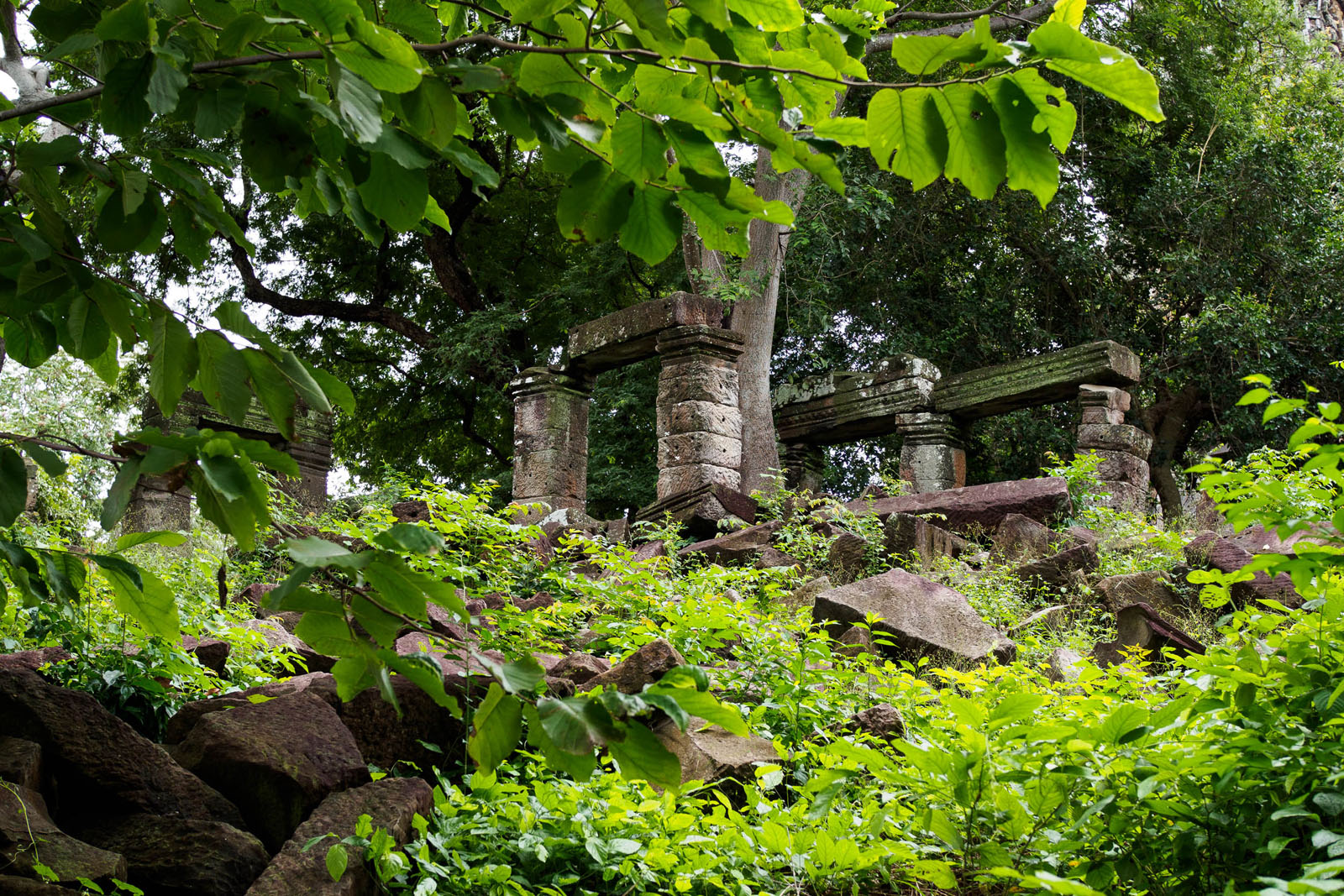
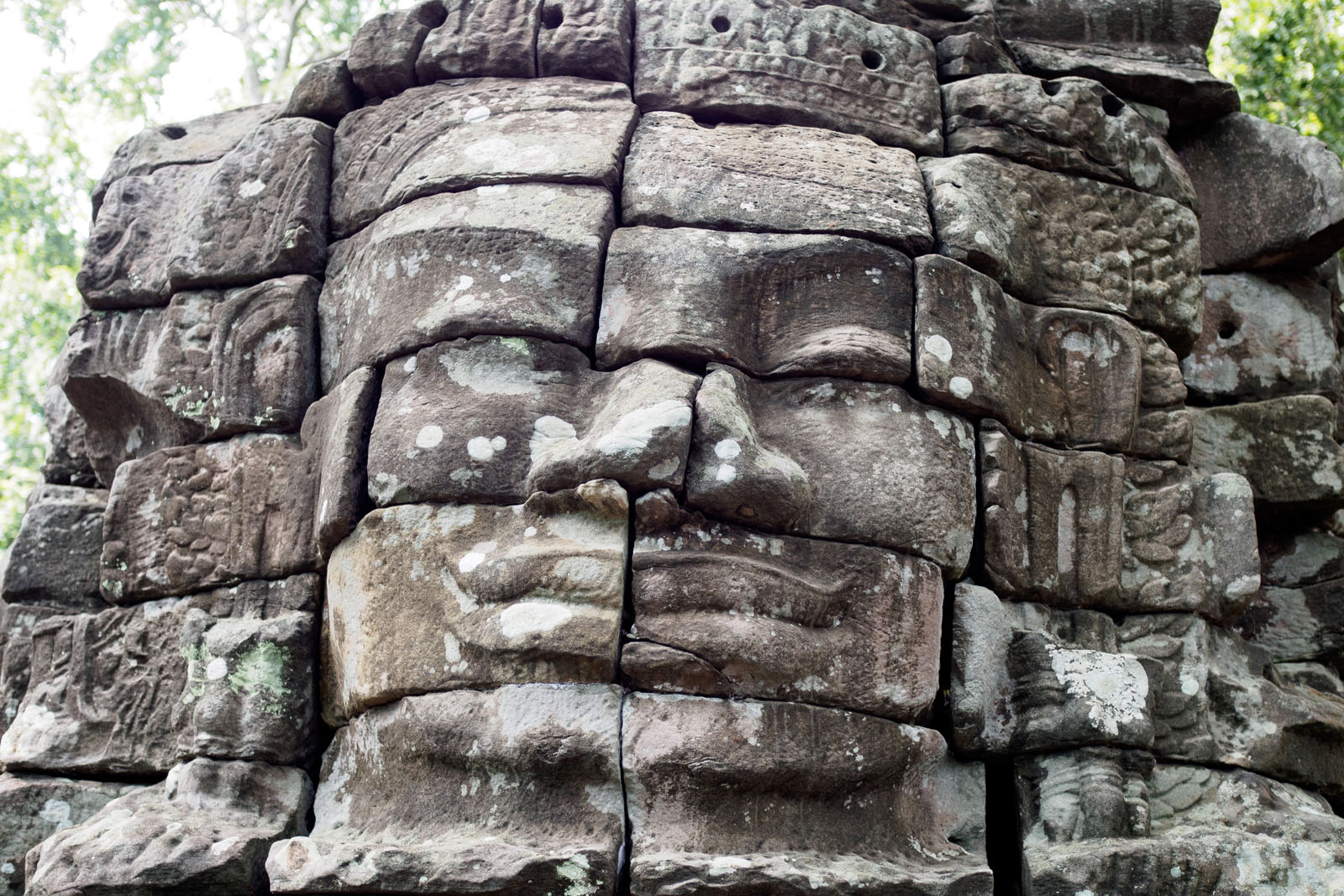
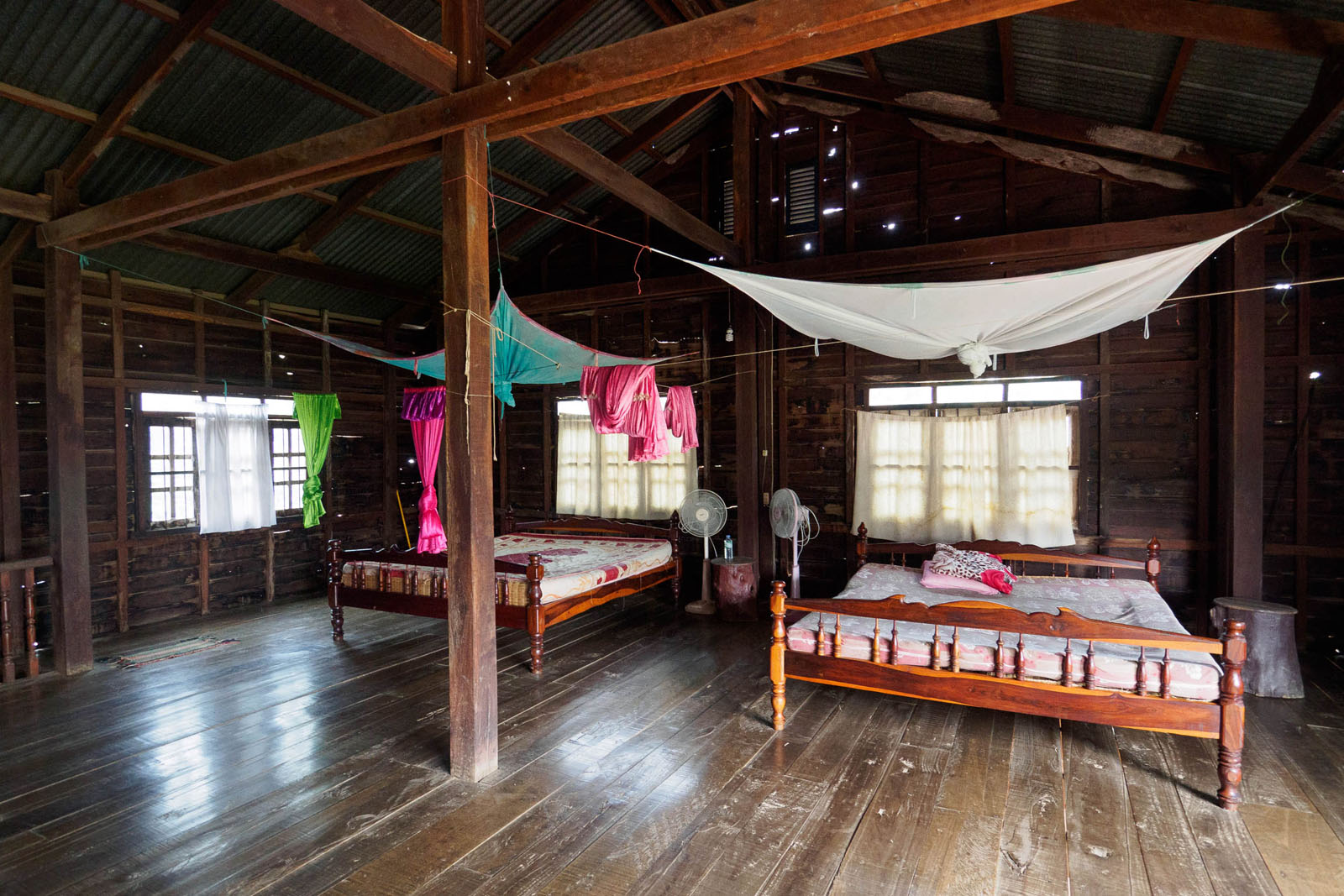
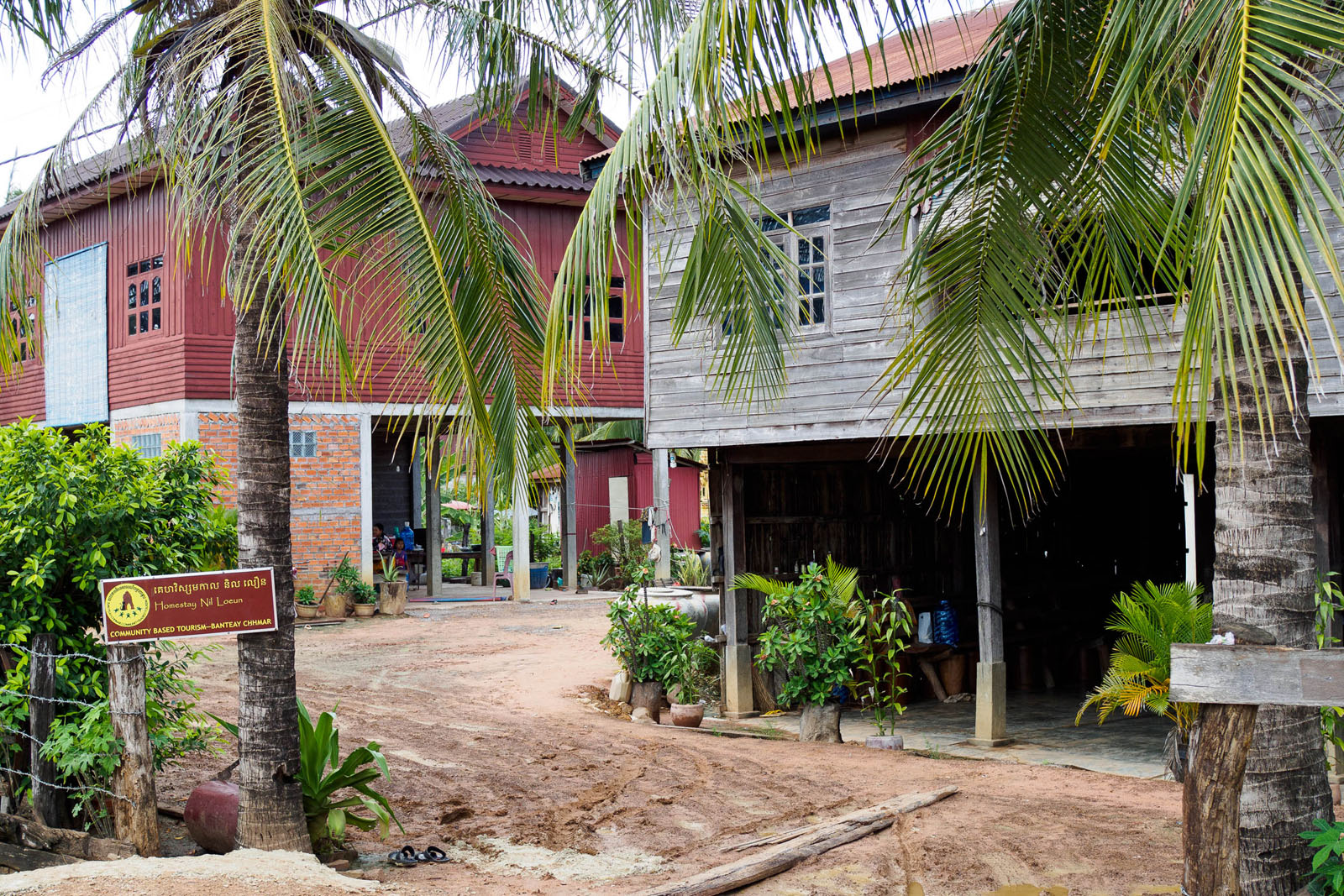
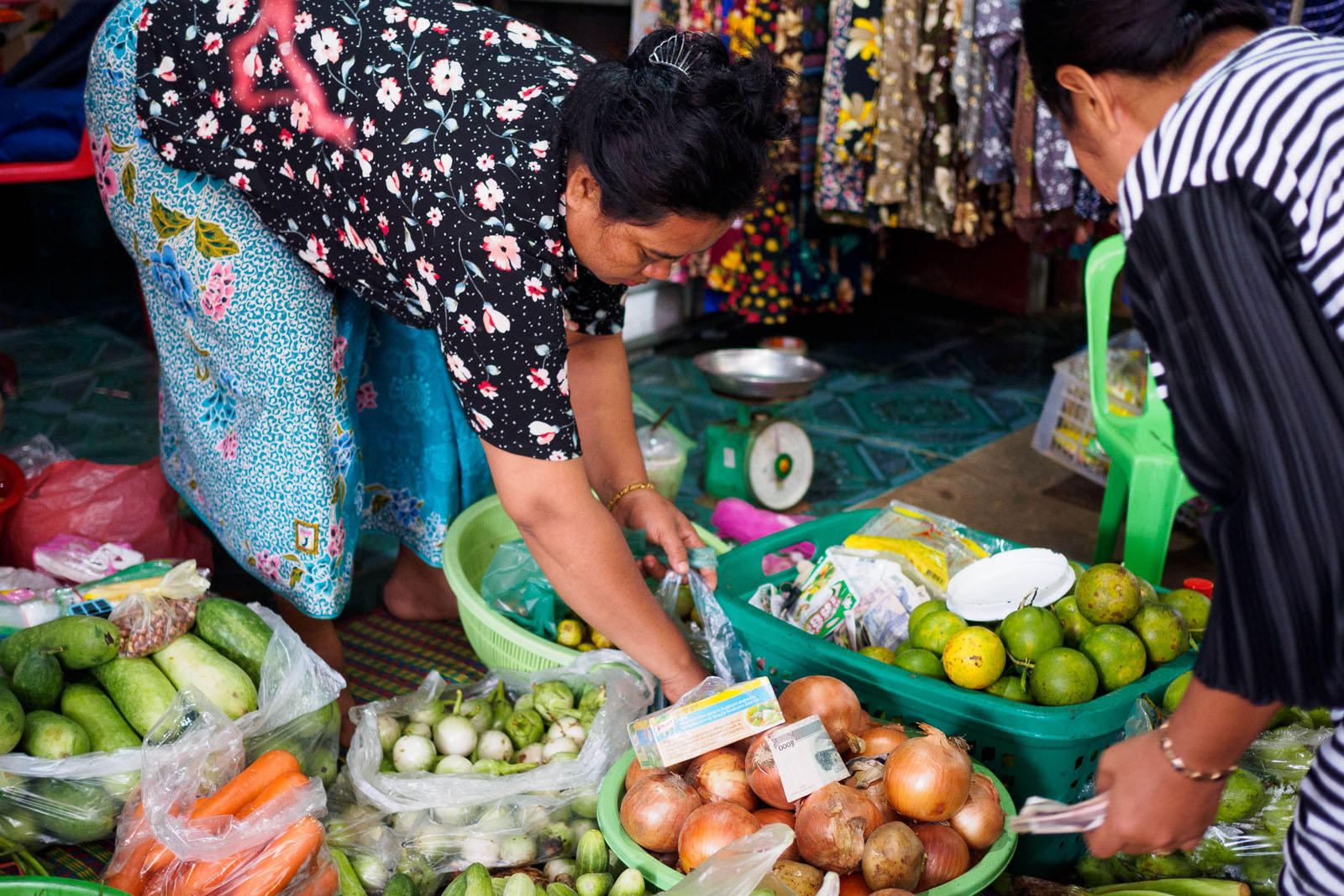
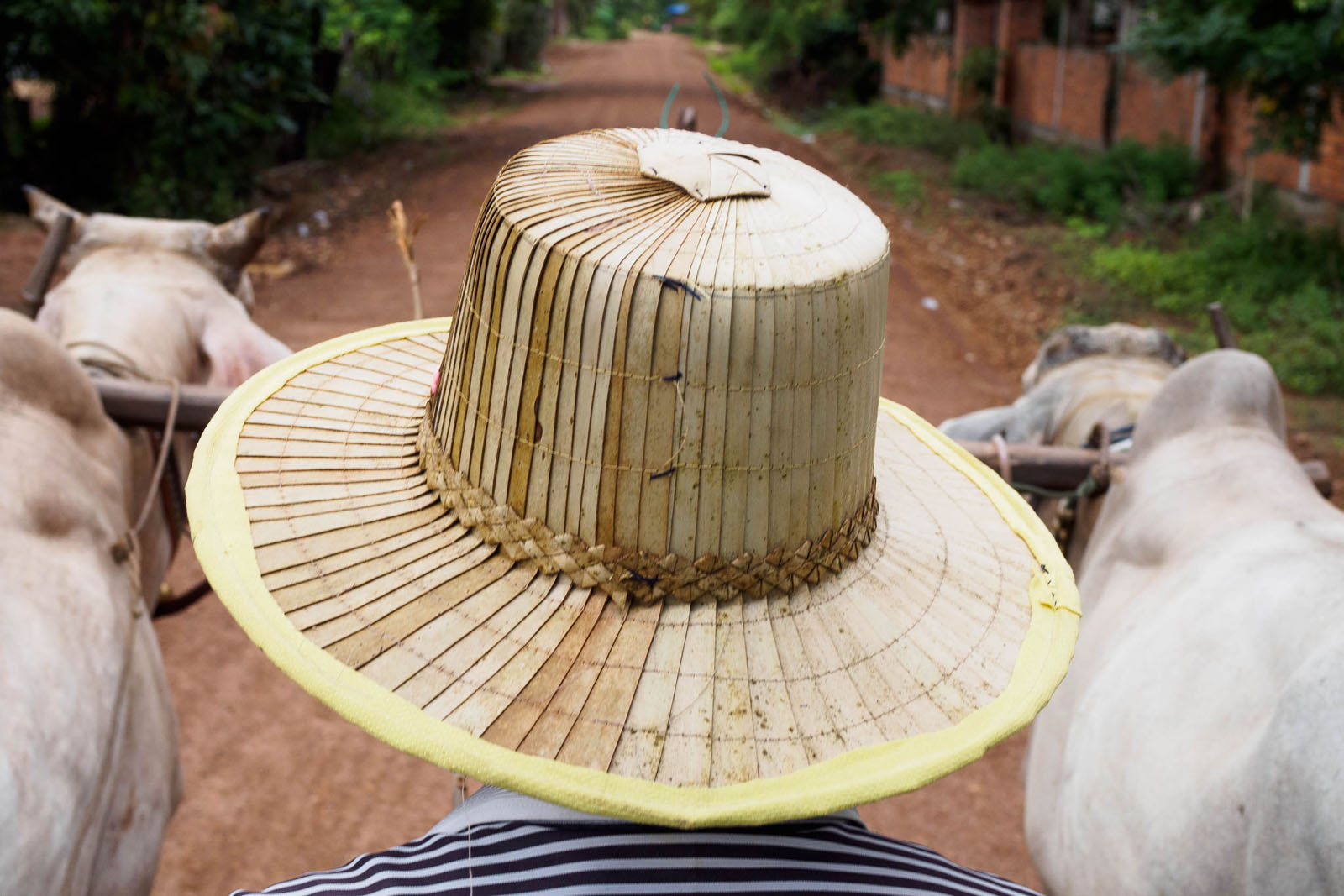
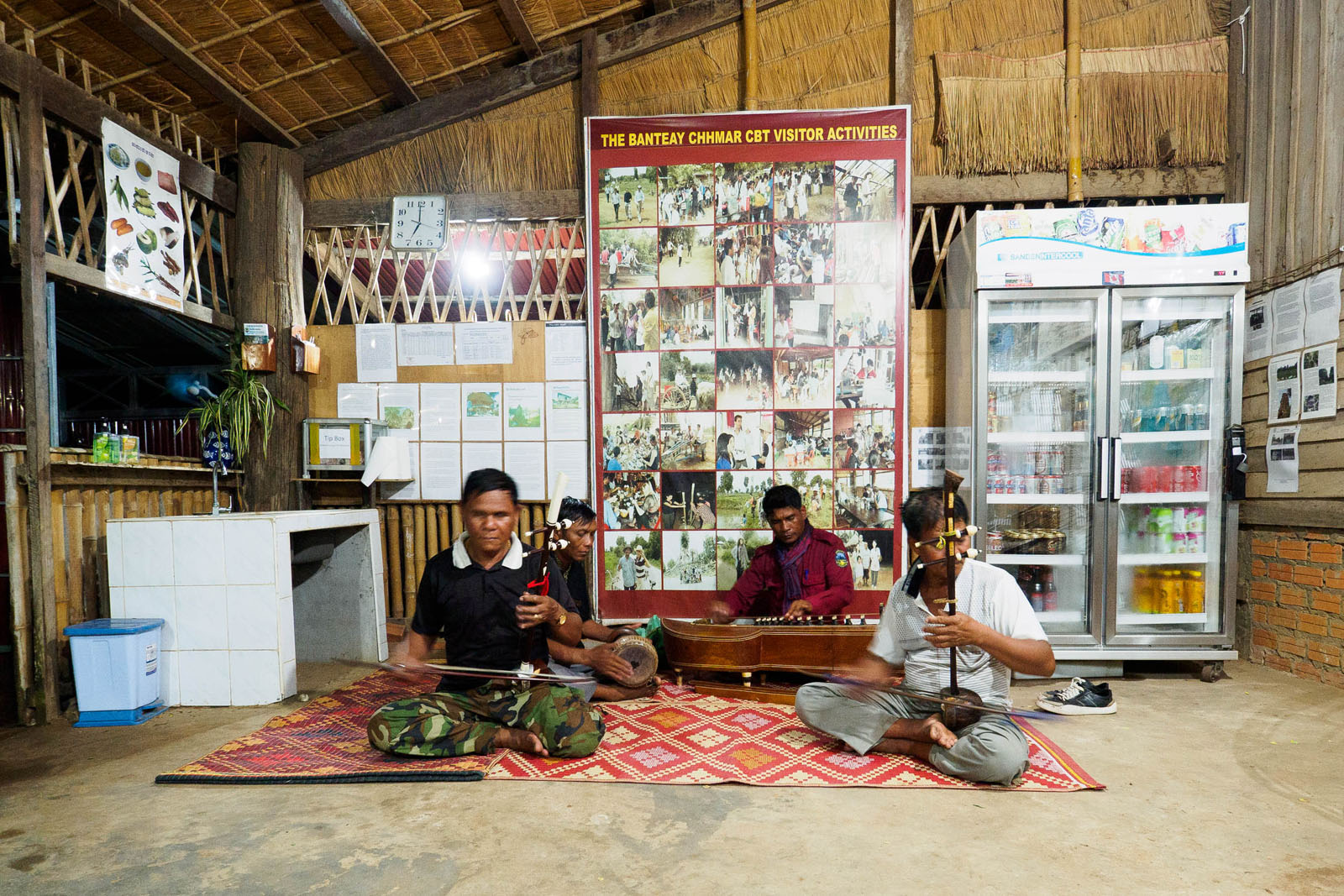
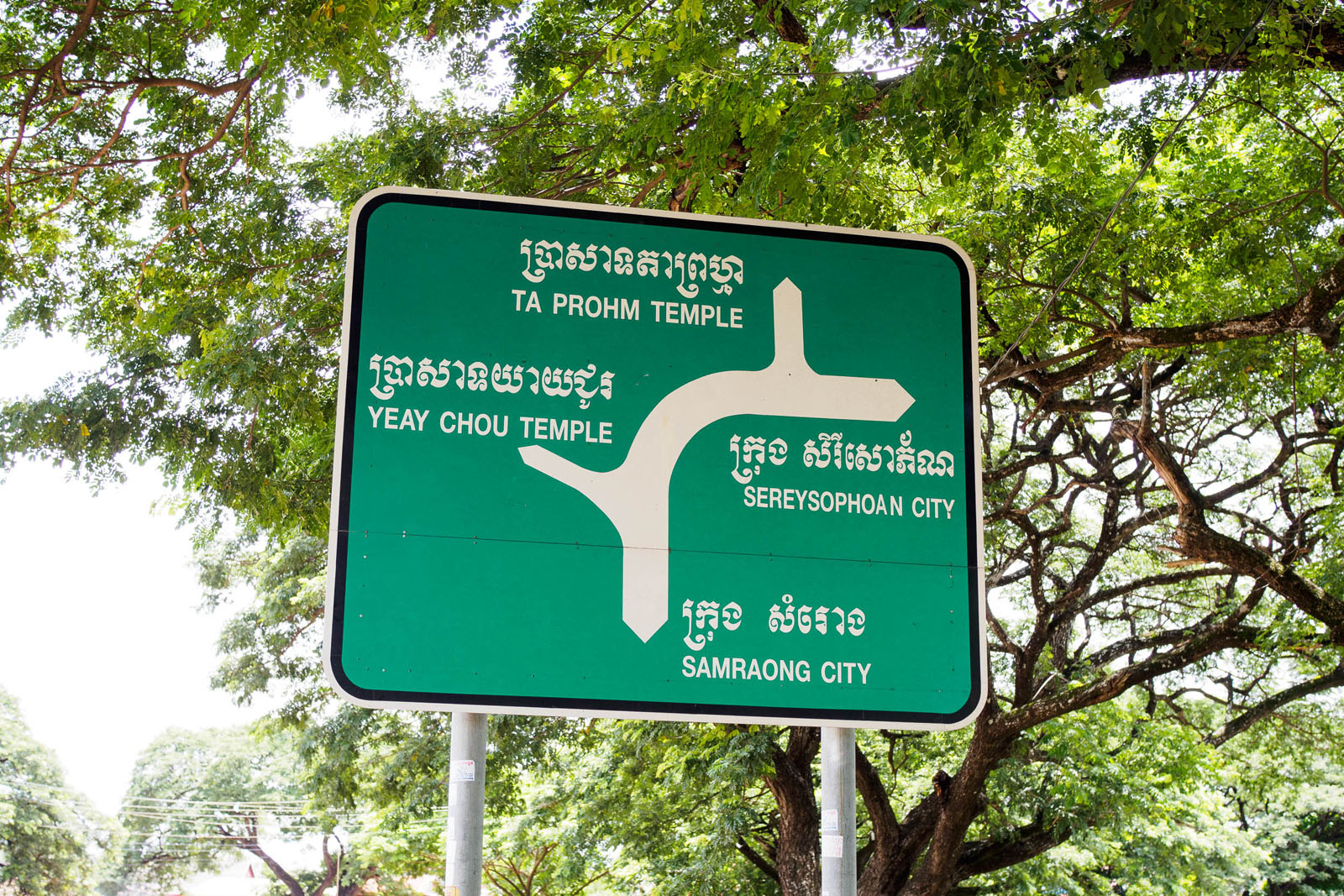
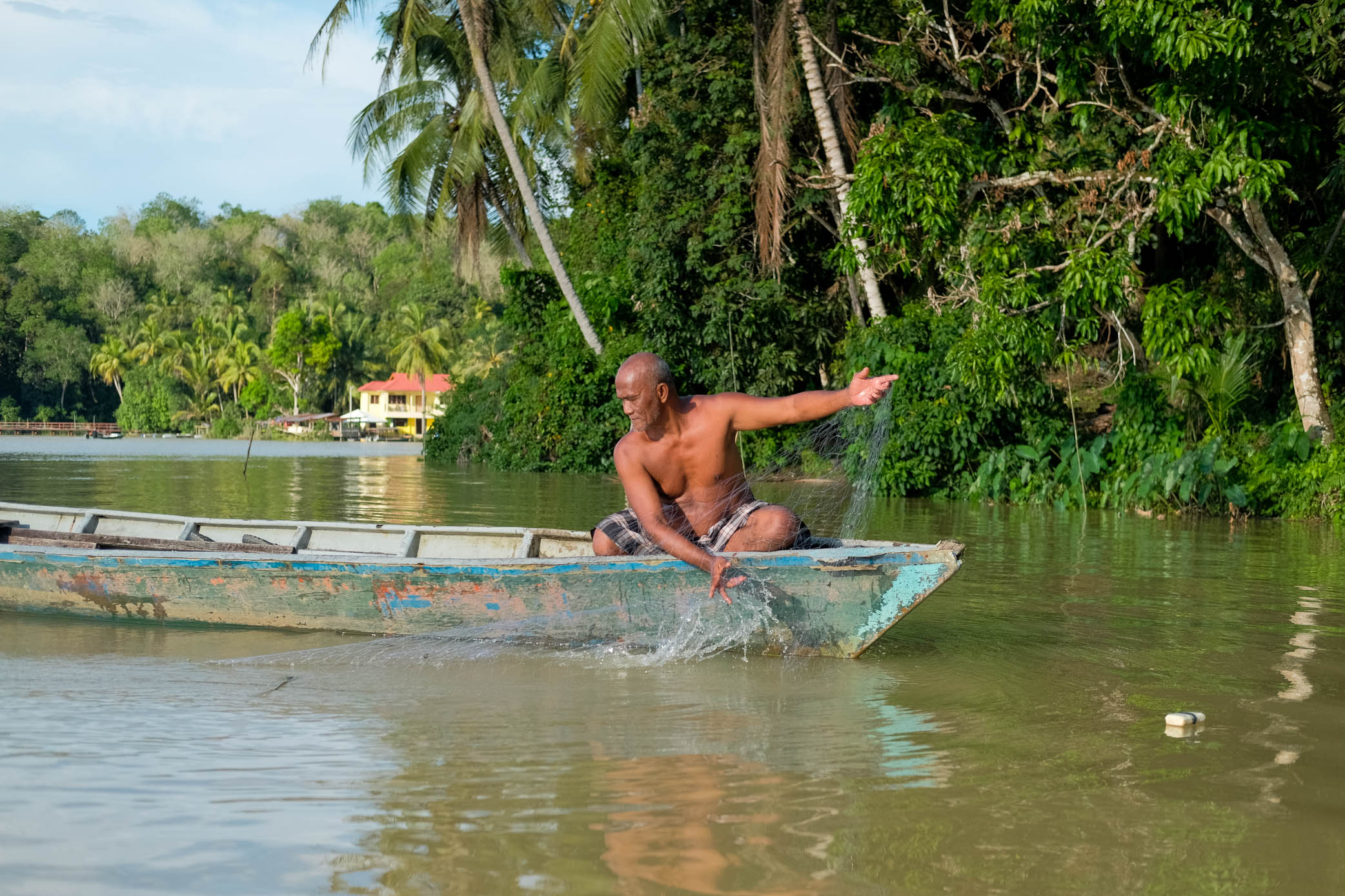
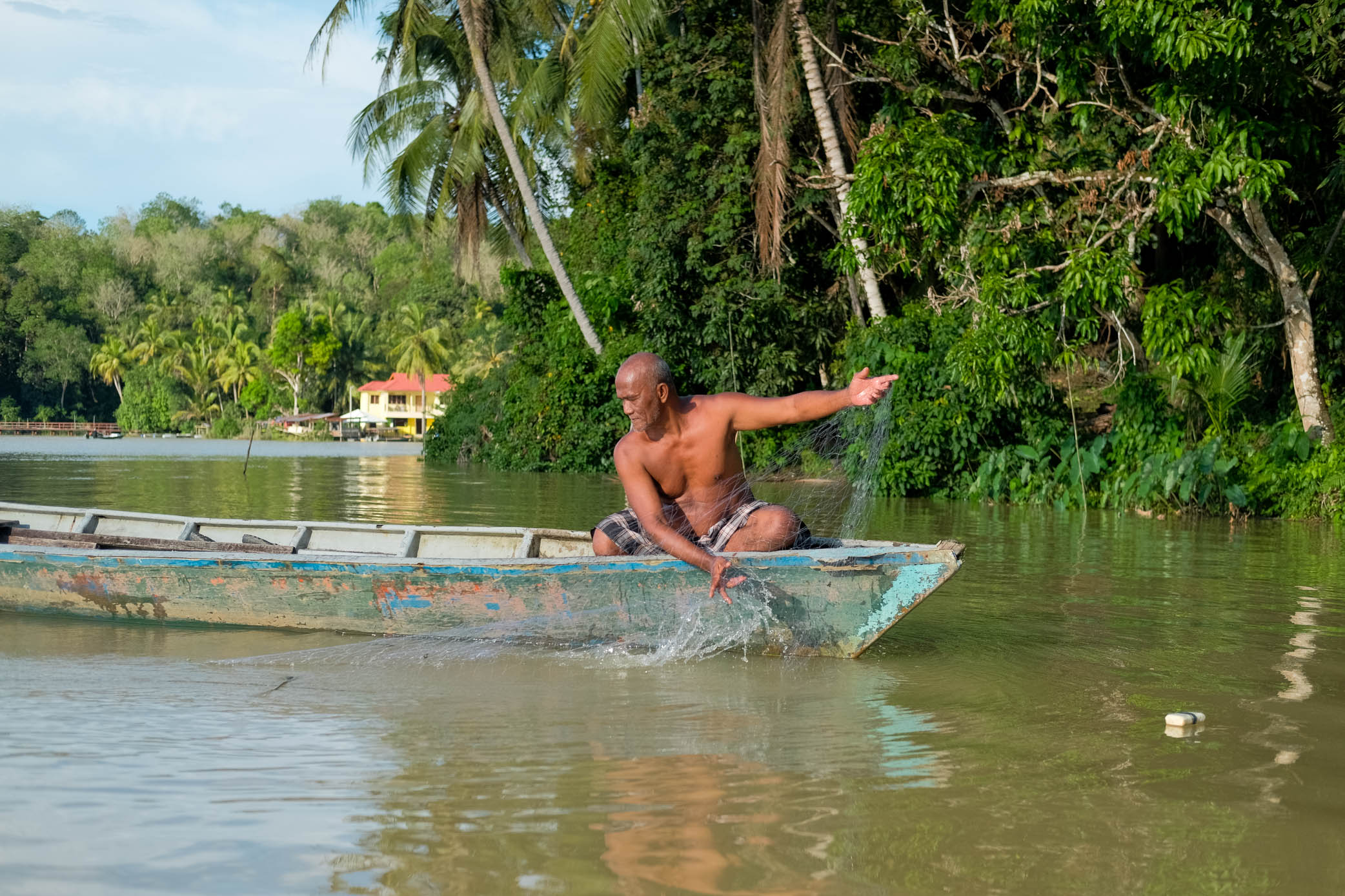
Enquire
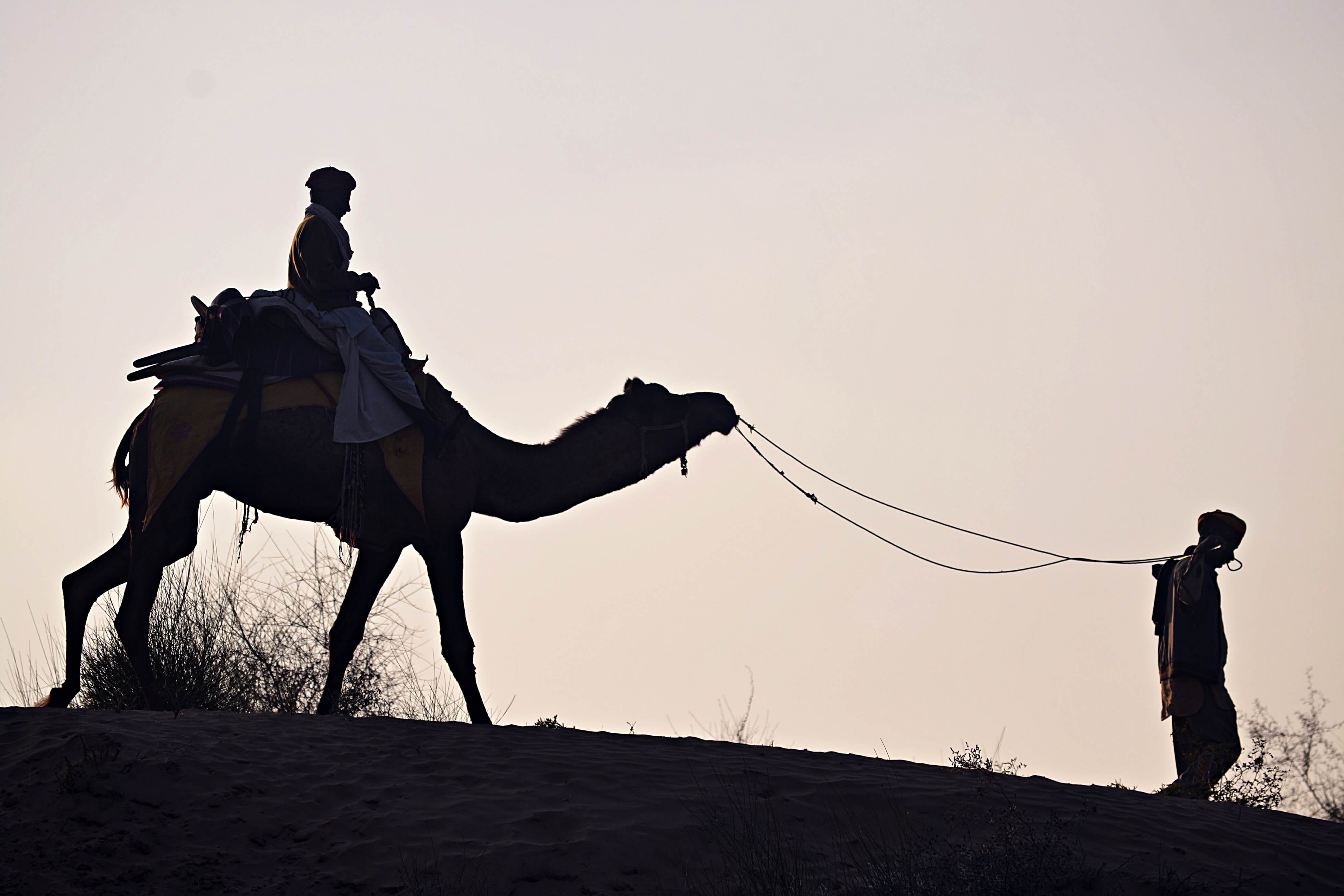
The sprawling Thar is home to diverse wildlife — and a friendly sustainable tourism community. Discover a desert that's anything but desolate.
‘A LIVING DESERT’
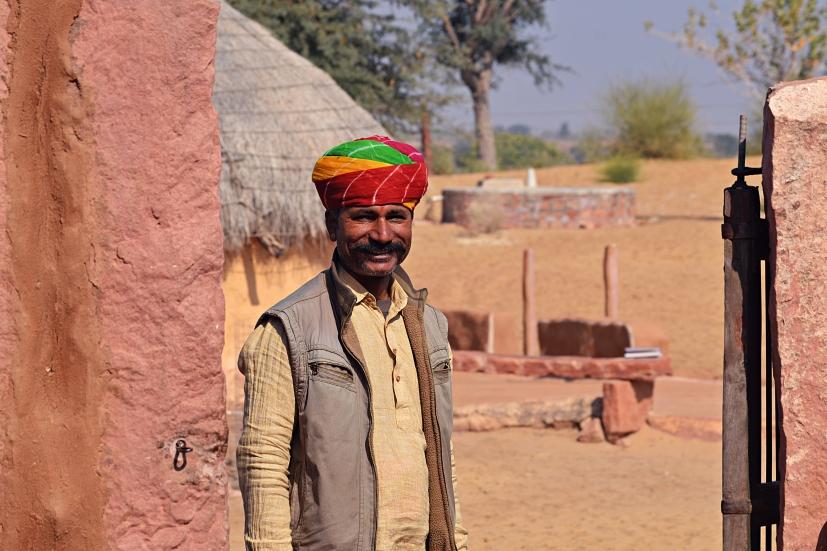
“Ours is a village of about 30 families. Our houses will look alike to you. We make them from local vegetation,” our guide told us.
Vegetation? We were in the desert. Everywhere around me was thorny leafless shrubs and needle-leaf trees, and I found myself wondering how anything could be made from them.
I grew up thinking that deserts are incapable of sustaining life. To my “imaginative” traveller brain, deserts were about vast dunes that make for postcard-perfect photos, at best.
In Thar, a desert in the northwestern state of Rajasthan that covers 10 per cent of India, I was soundly proven wrong.
My host Gemar Singh, or Gemar ji as we called him, loves to emphasise that the Thar, the 17th largest desert in the world, is a “living desert”. The chinkara (an Indian gazelle), the nilgai (sometimes called the blue bull) and the grey shrike (a type of songbird) are among the wildlife one can spot amid a landscape of roheda ( a type of desert teak) and tart ker berries.
The desert is also home to communities of camel herders by descent and tradition, who can even track lost camels based on their hoof prints. These communities have carved out a life in the sand, such as by using easy-to-ignore vegetation that can be used to construct homes, or have medicinal value.
And on the fringe of the Thar, you will find Hacra Dhani, an eco-friendly travel enterprise founded by Gemar ji.
THE SIMPLE LIFE
While desert tourism has taken off in Rajasthan, particularly around the city of Jaisalmer, few make their way to Osian (sometimes spelt Osiyan), an oasis town 85km away from the famed blue city of Jodhpur.
Just outside of Osian, Gemar ji (ji is a Hindi honorific) has created a base for intrepid travellers to experience the desert lifestyle in an authentic and sustainable way.
Hacra’s Jhumpa guest huts are built traditional desert-style, using mud and sandstone slabs and topped with a thatched roof. There is no electricity, running water, or en-suite bathrooms. Guests are provided with solar lamps in the evenings. Guests can also opt for overnight desert camping.
Not feeling quite so adventurous? Hacra can arrange for glamping stays with spacious bedrooms and en-suite bathrooms.
During your stay, you can go on safaris and camel rides to spot wildlife. But Hacra is less about packing in a list of must-dos, and more about a chance to wind down and catch your breath, especially if you have been travelling around the country.
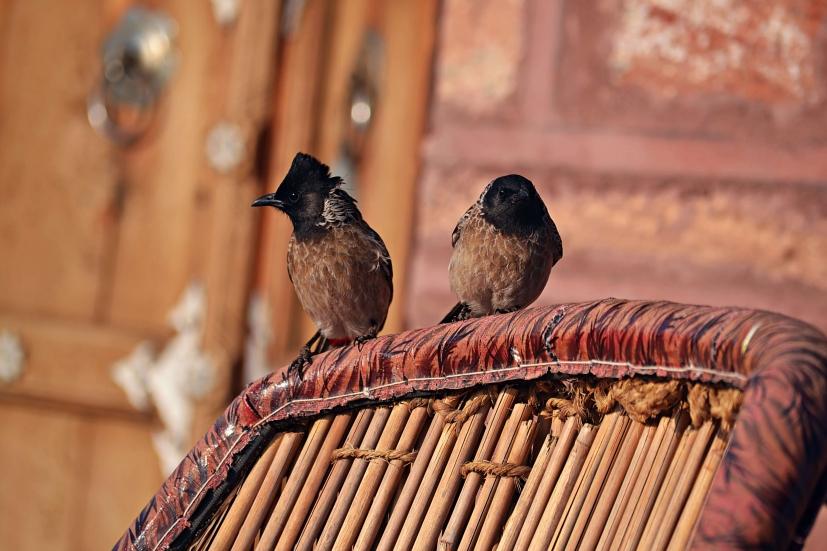
It is also an opportunity to get to learn about desert life. The community walk organised by Hacra is an insight into the lives of rural Rajasthani communities, which includes the Rajputs and the Bishnois — the latter being an indigenous community and sect under Hinduism, known for being fierce protectors of nature.
Walking in the village, you will see how three generations of a family live together, and how some of them have built a separate room for guests. Most have an in-house granary to store millets and pulse which they cultivate themselves, and an area for livestock, reflecting the importance of subsistence farming to the community.
You also see the houses that inspired Hacra’s jhumpa huts and how they are naturally eco-friendly — the mud walls keep the indoors cool during the harsh scorching summers of Rajasthan and warm during winters, reducing the reliance on cooling and heating systems.
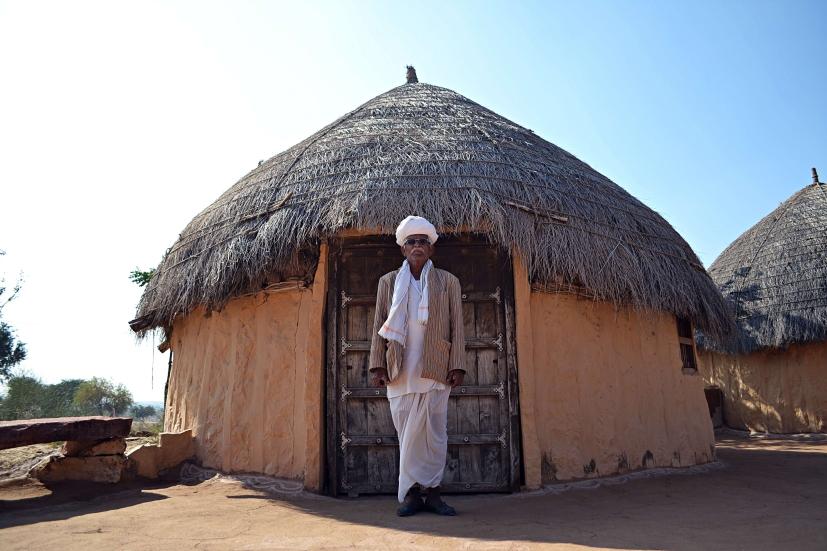
Babulal ji — a 70-year old jovial gentleman from the Bishnoi community (pictured above) — is also a guide with Hacra. Dressed in his traditional all-white attire, he regaled us with tales, including that of his travels to Libya in the early 1980s.
When quizzed about what changes he has seen within his community over the years, Babulal ji affirmed that life is not as harsh as it used to be. Cultural norms are relatively relaxed and survival of livestock is no longer a matter of life and death, thanks to improved infrastructure and the introduction of farming techniques that allow for more types of crops to be planted.
AGAINST ALL ODDS
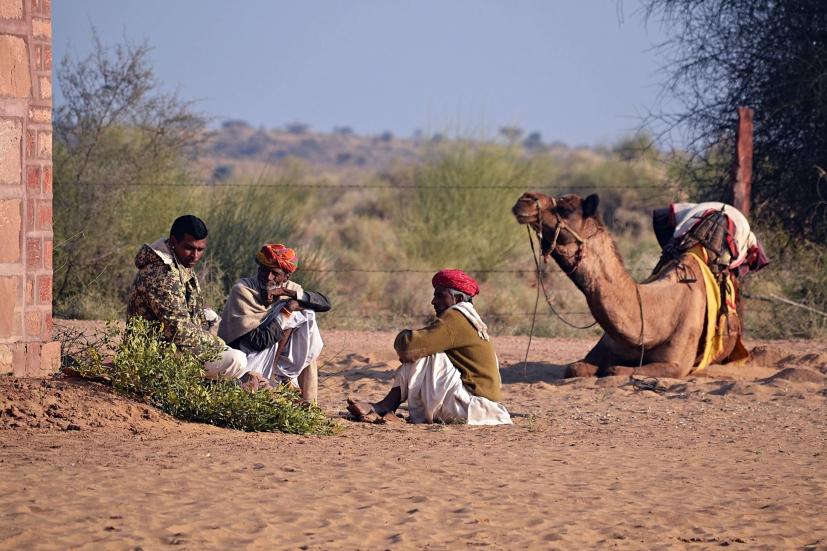
From one man’s vision, Hacra is now a team of four guides, several camel breeder-herders, as well as kitchen and housekeeping staff.
“When I decided to start this eco-stay, our village had neither roads nor electricity,” recalls Gemar ji. “I would travel to and from Jodhpur just to be able to access the internet. It was only much later that I bought a secondhand laptop from a Swiss traveller who had become a friend on their third visit here, and installed a solar panel to power it.”
Initially, Gemar ji conceived of Hacra to create viable income for the desert communities, but as travellers began trickling in, so did new ideas.
He learnt about the world of responsible travel from a traveller from Europe, who had asked about Hacra’s practices. “Tourists have come and shared their perspectives as well as questions, which I have channelled back into making the enterprise more relevant to its times.
“I simply knew I wanted to stay local and keep the operations local. I learnt about responsible travel only in 2007 — and have continued to keep myself up to date to the best of my ability.”
To stay true to its local flavour, Gemar ji has had to engage with the local community to put to rest their fears of their houses and lands being snatched away by outsiders masquerading as tourists. This extends to the rest of the Hacra team, who share with the villagers their interactions with tourists.
And over time, the Hacra team have also become more comfortable in requesting that guests respect local traditions and lifestyles, and adapt to Hacra’s practices.
“We realise now the importance of stating to them what the local context is and what they would also be required to comply with when they are here – such as the culture, their clothing, the food, the overall ambience,” says Gemar ji. Respecting the places one travels to, he adds, is part of being a traveller.
At the end of my two-day trip, I left very much humbled by what the desert ecosystem has to offer. Life abounds here, and if Gemar ji and his team have it their way, it will continue to thrive, regardless of what modern life brings.
Hacra Dhani is a community-based responsible travel initiative, started and managed by a self-taught local with a small team.
Your experience at this “living desert” ensures that every penny spent goes directly to the locals whose livelihood is being supported by Hacra (like the camel herders) or who now have an alternative source of seasonal income (like the guides and kitchen help)
The stay arrangement at a minimalist-yet-comfortable jhumpa (mud huts) with meals cooked from locally-produced-and-sourced ingredients ensures a low carbon footprint.
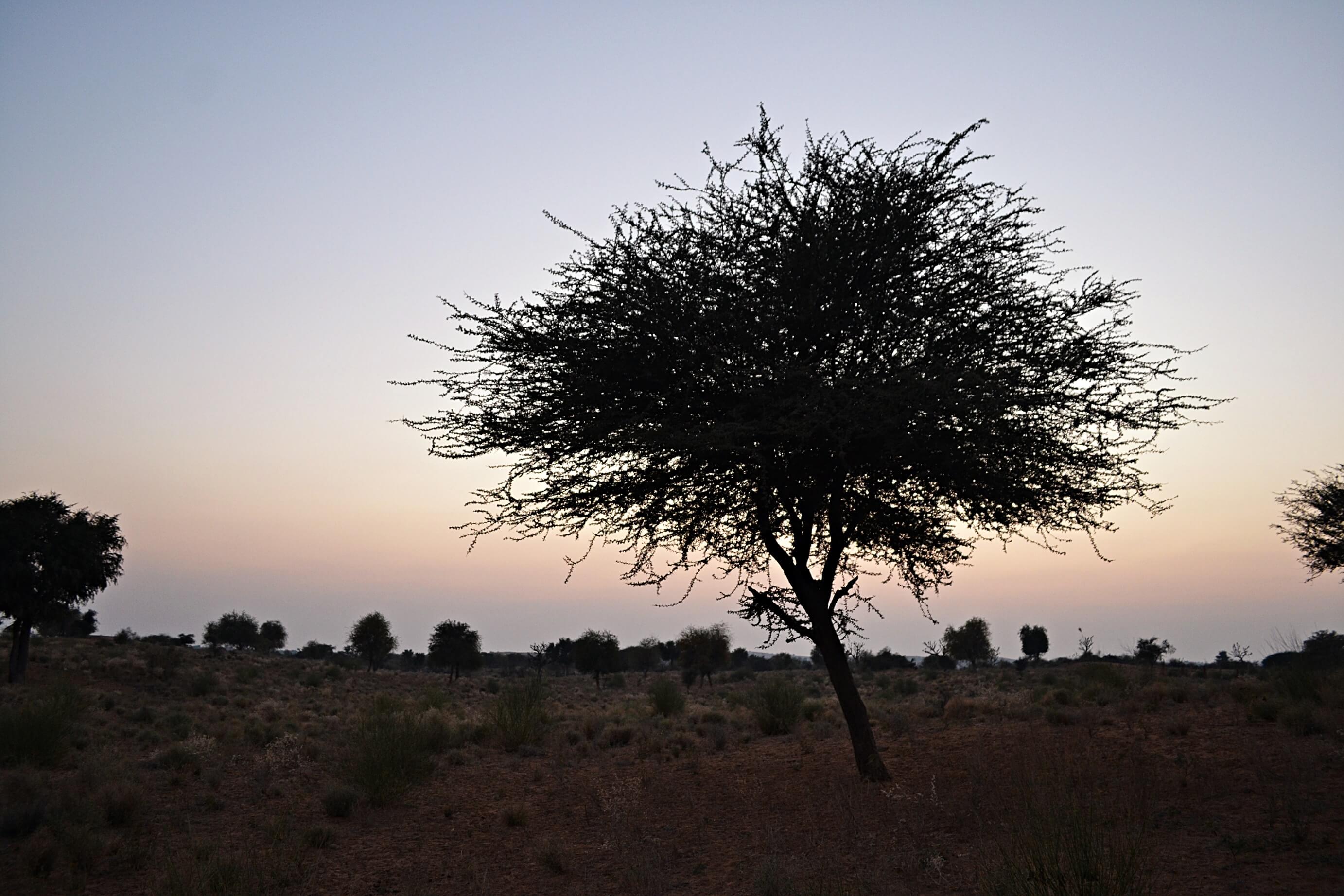
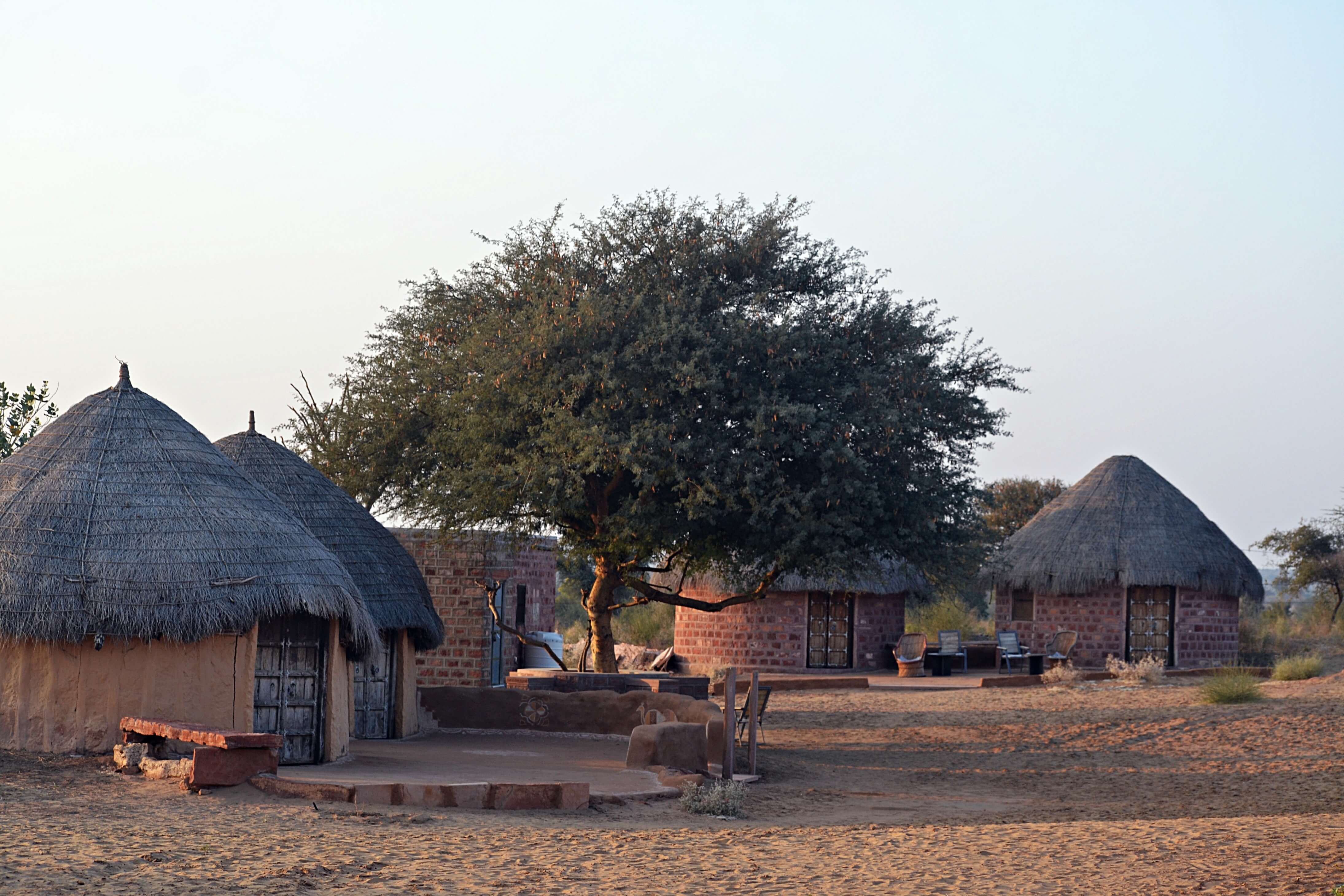
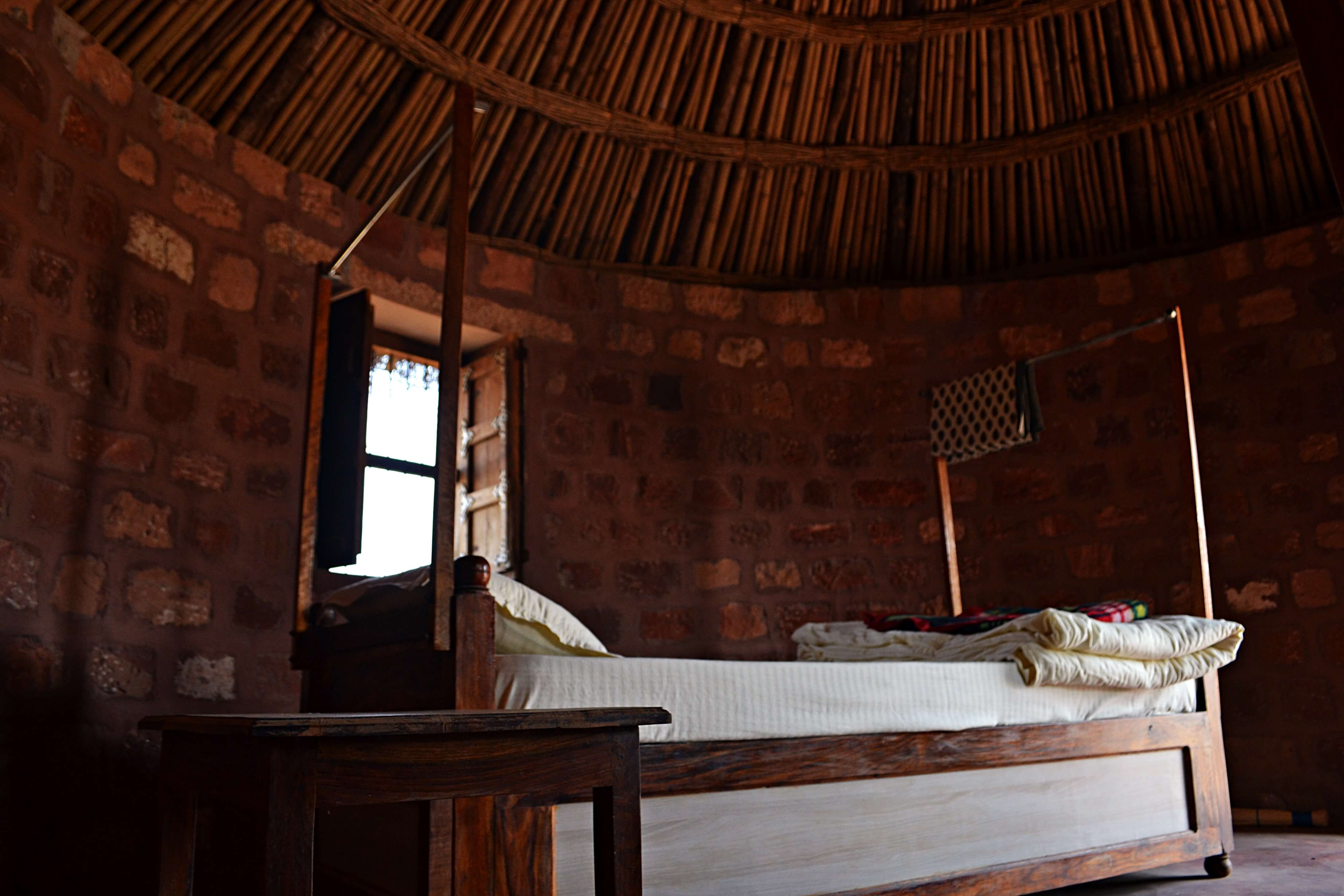
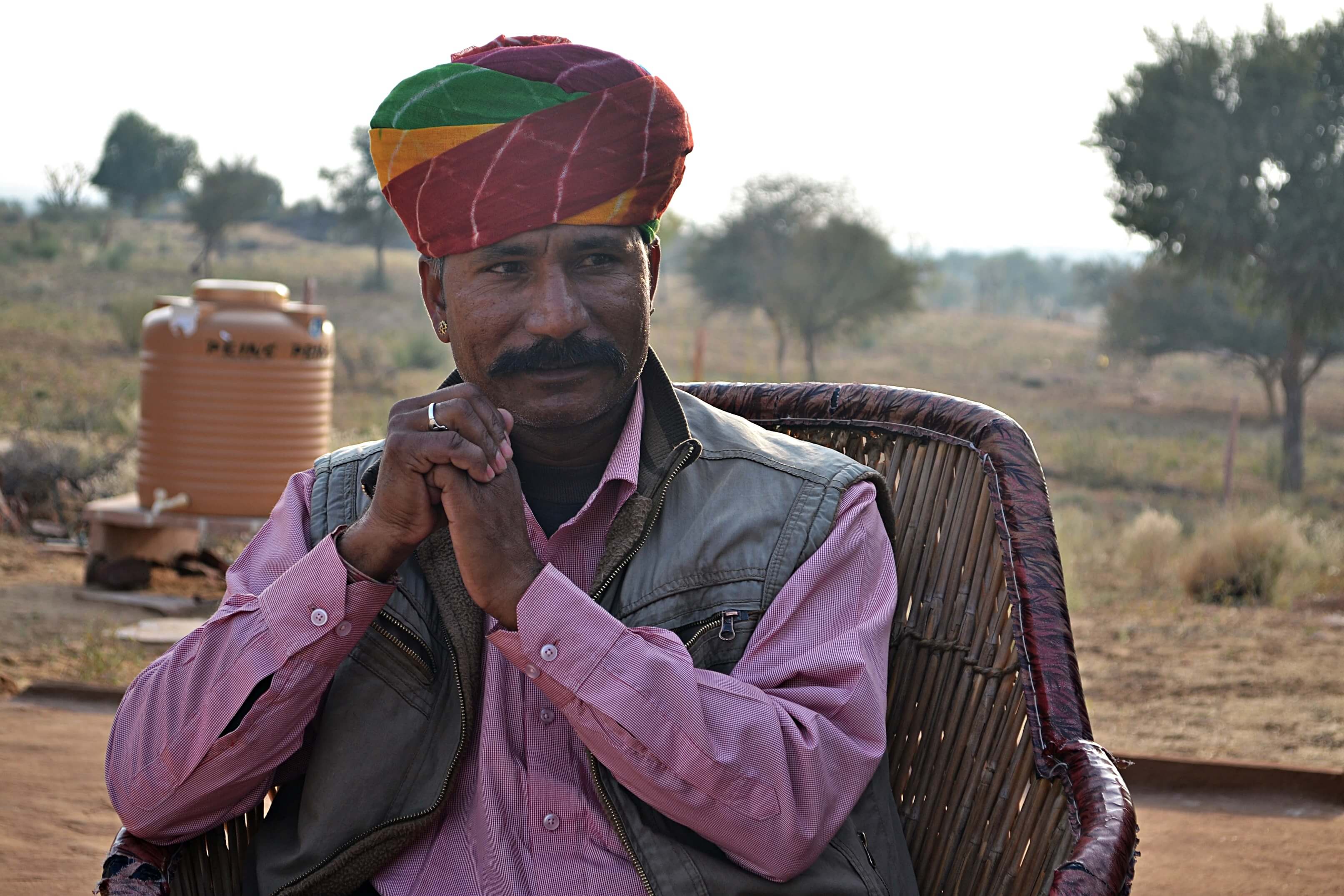
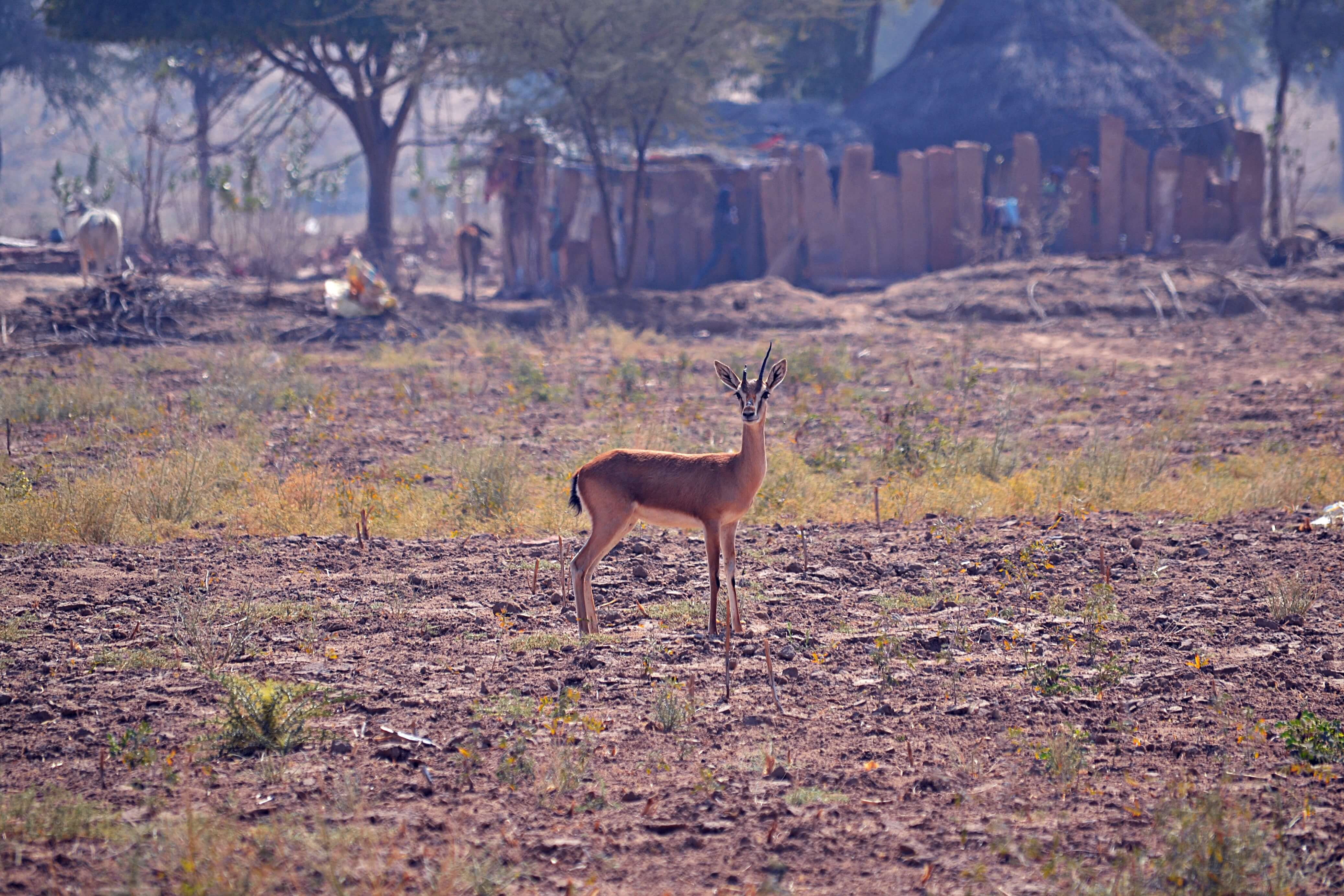
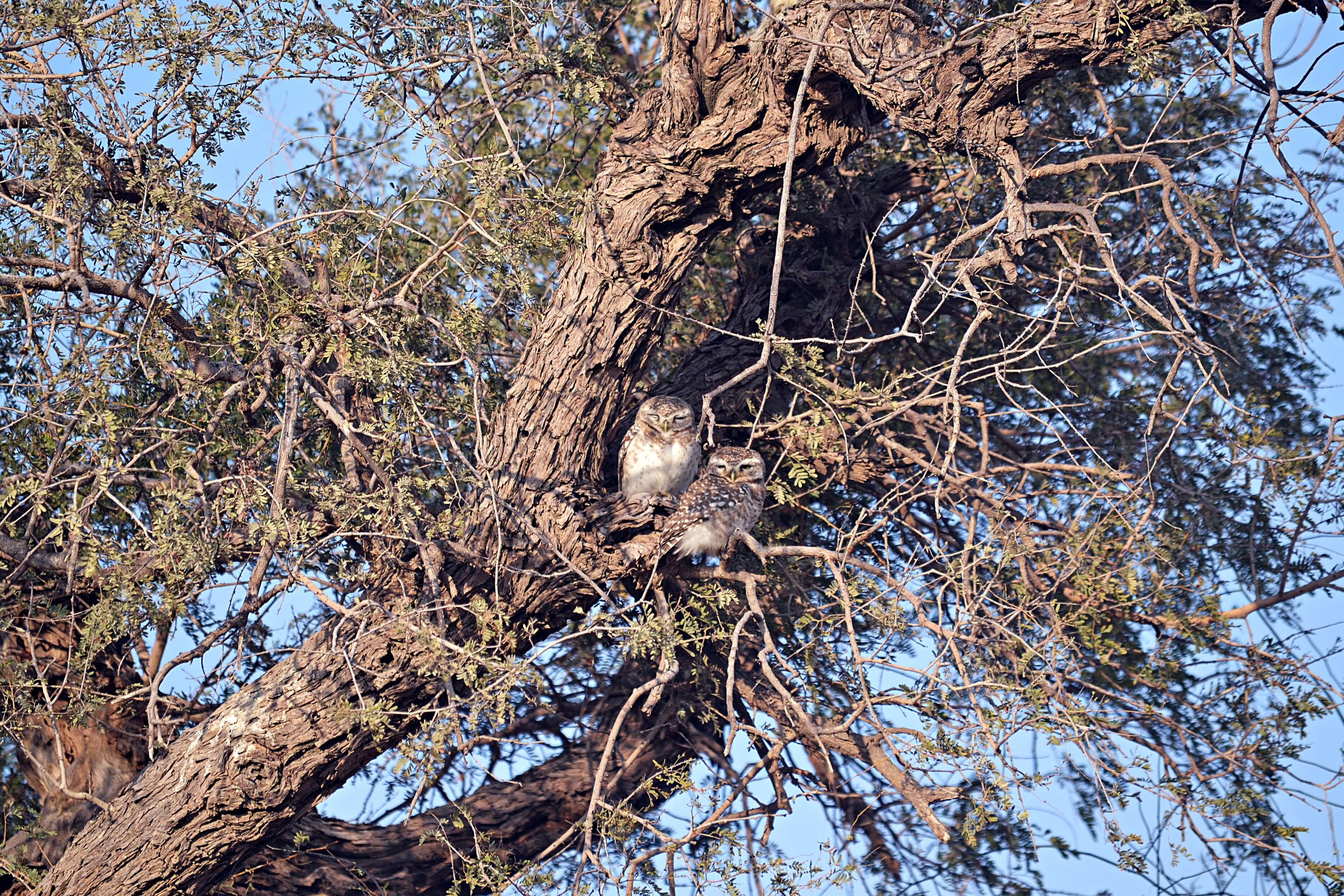
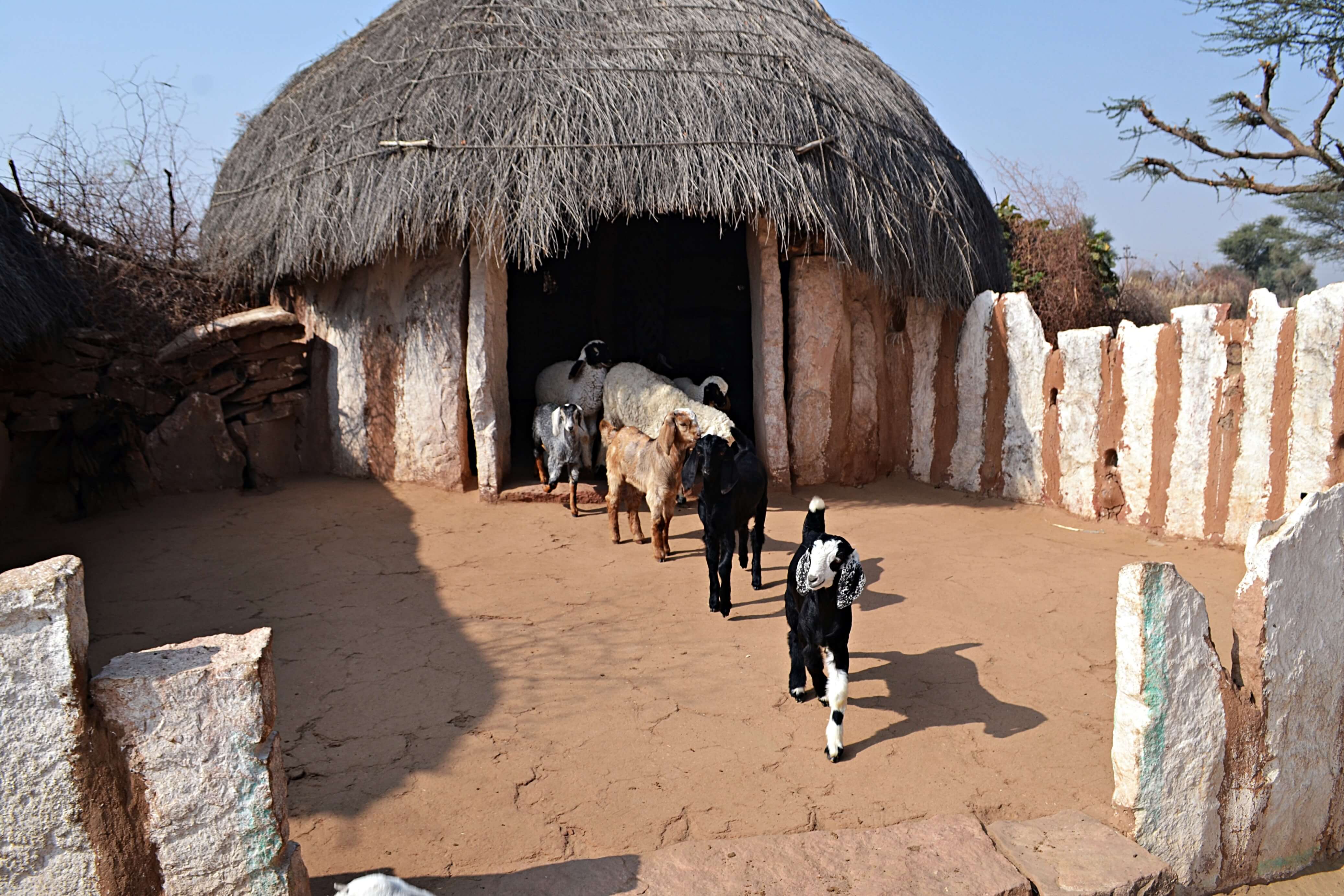
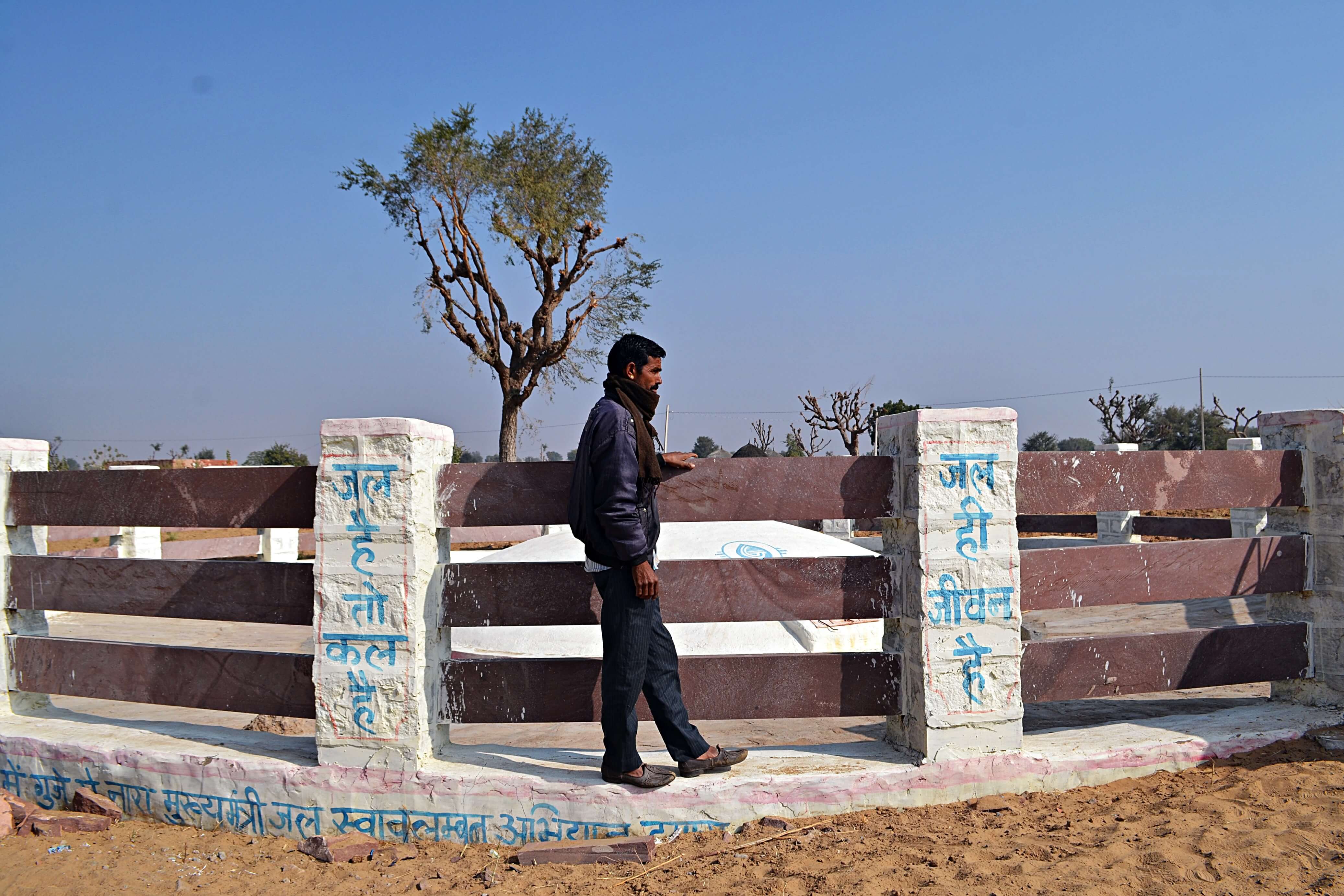
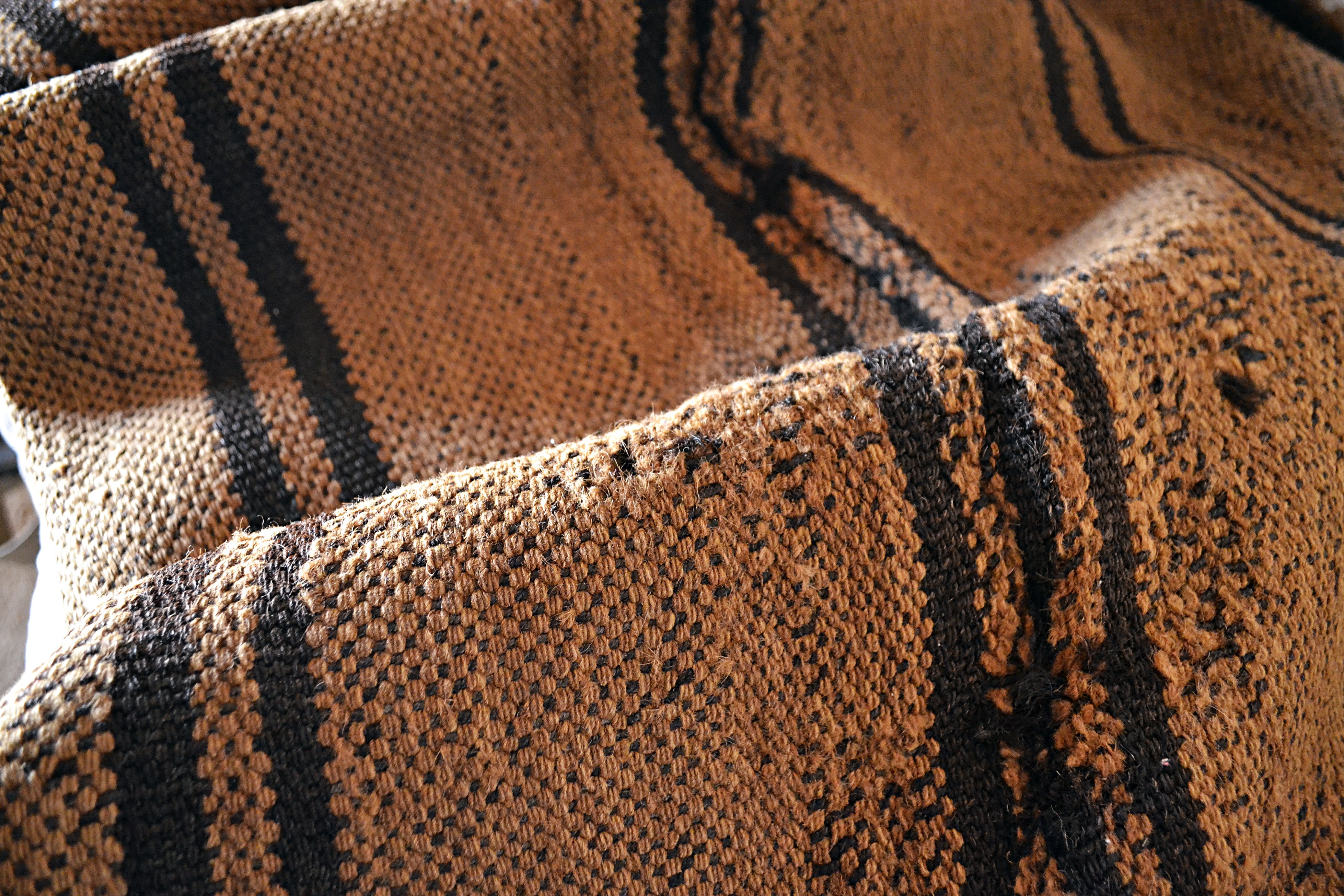
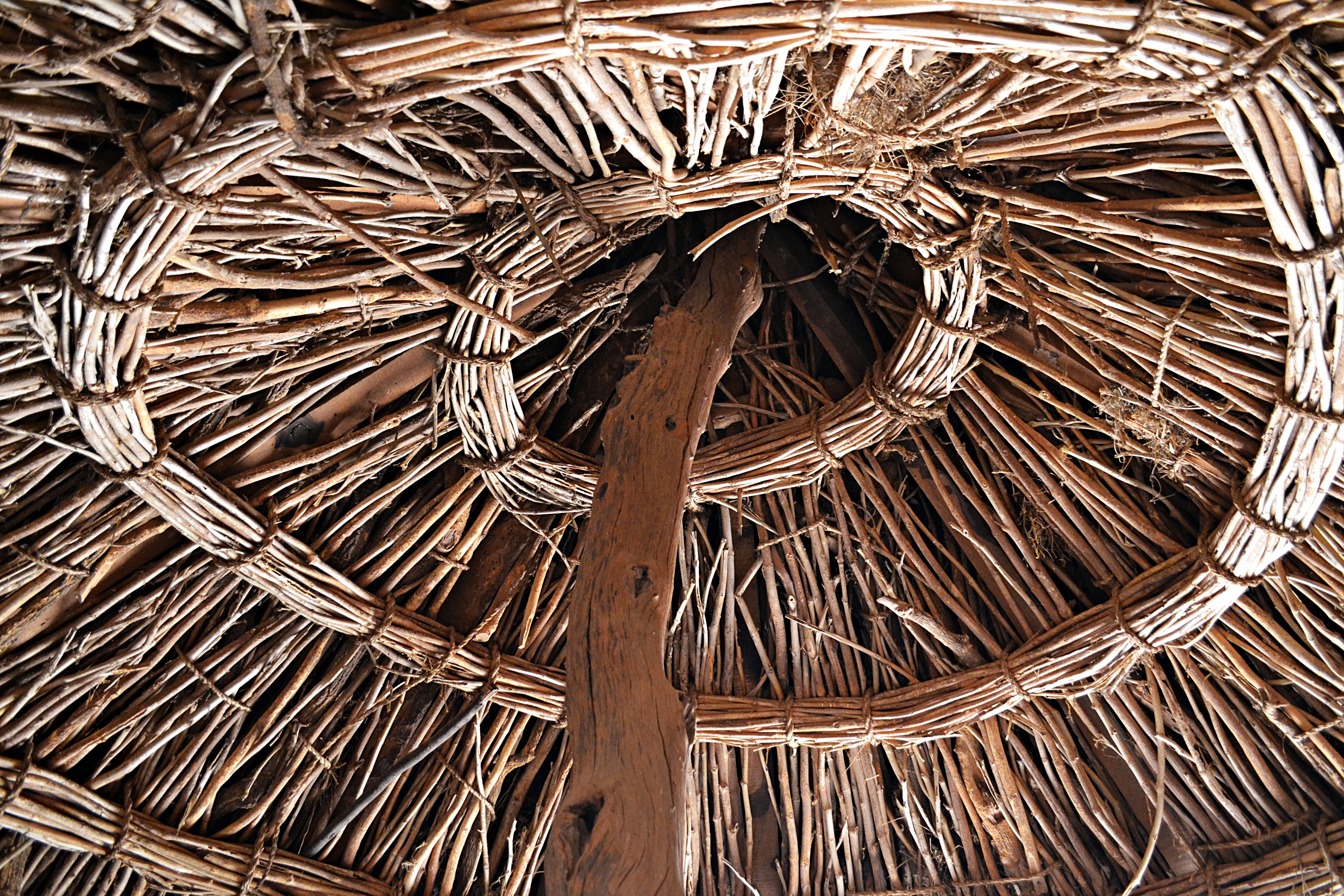

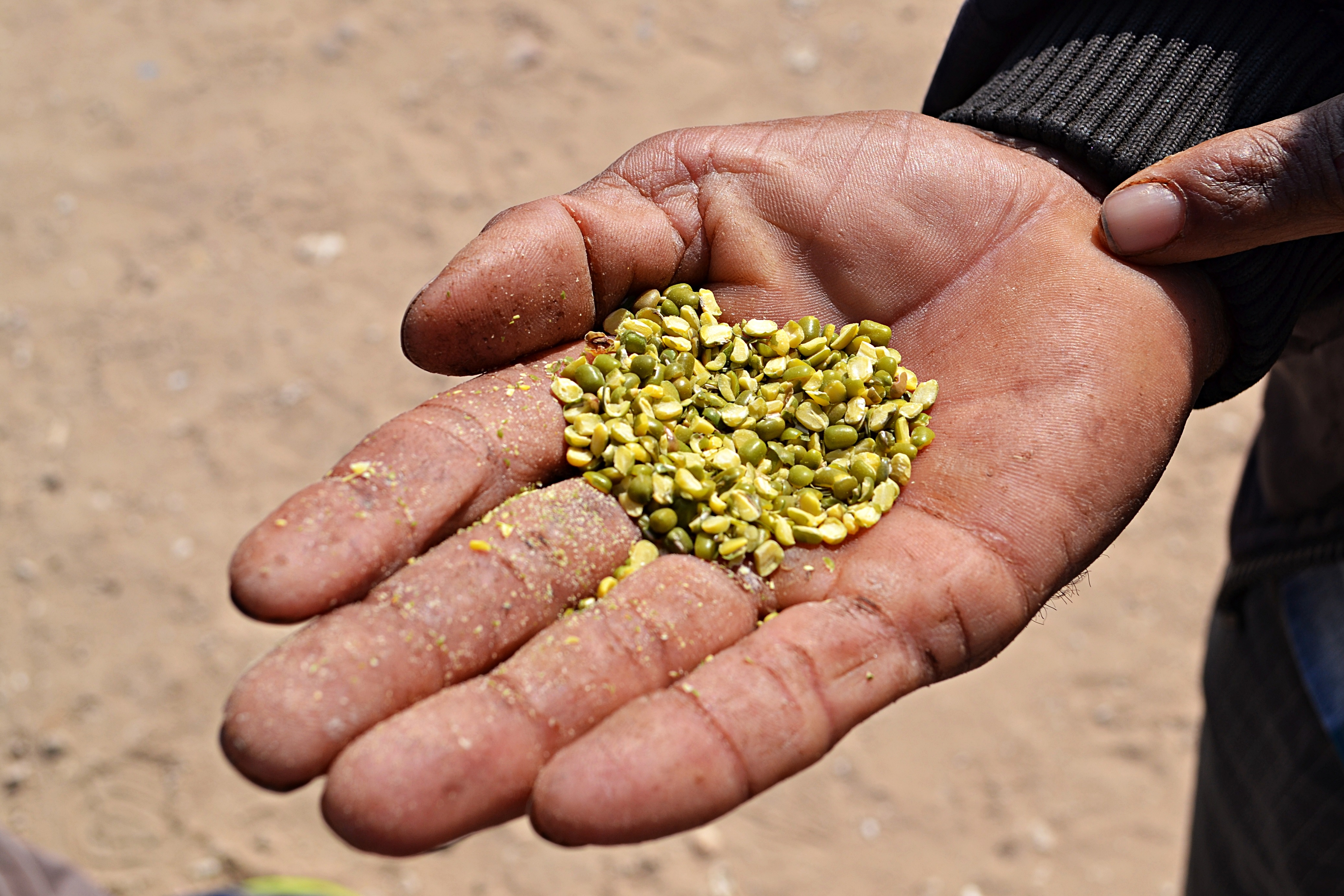
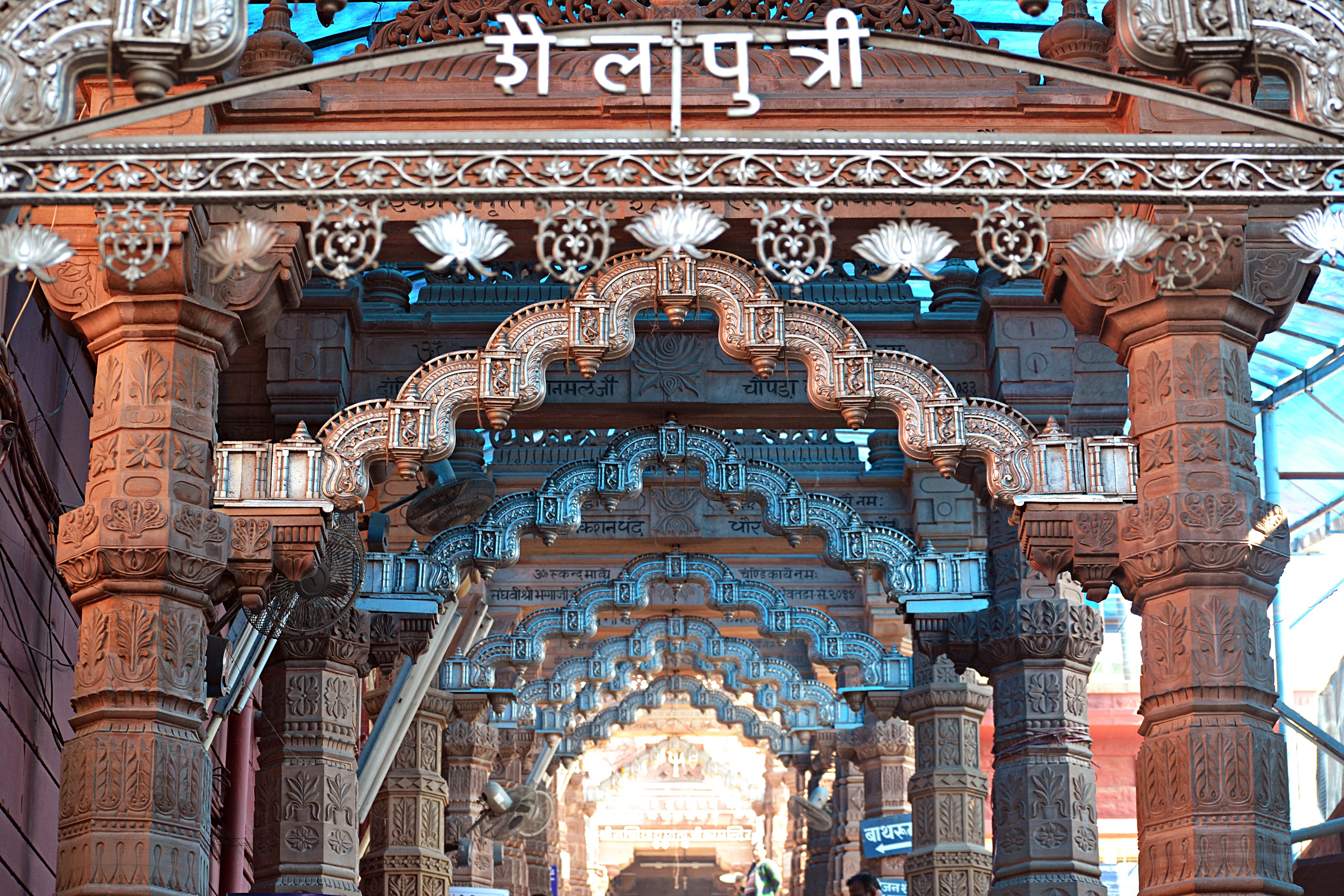
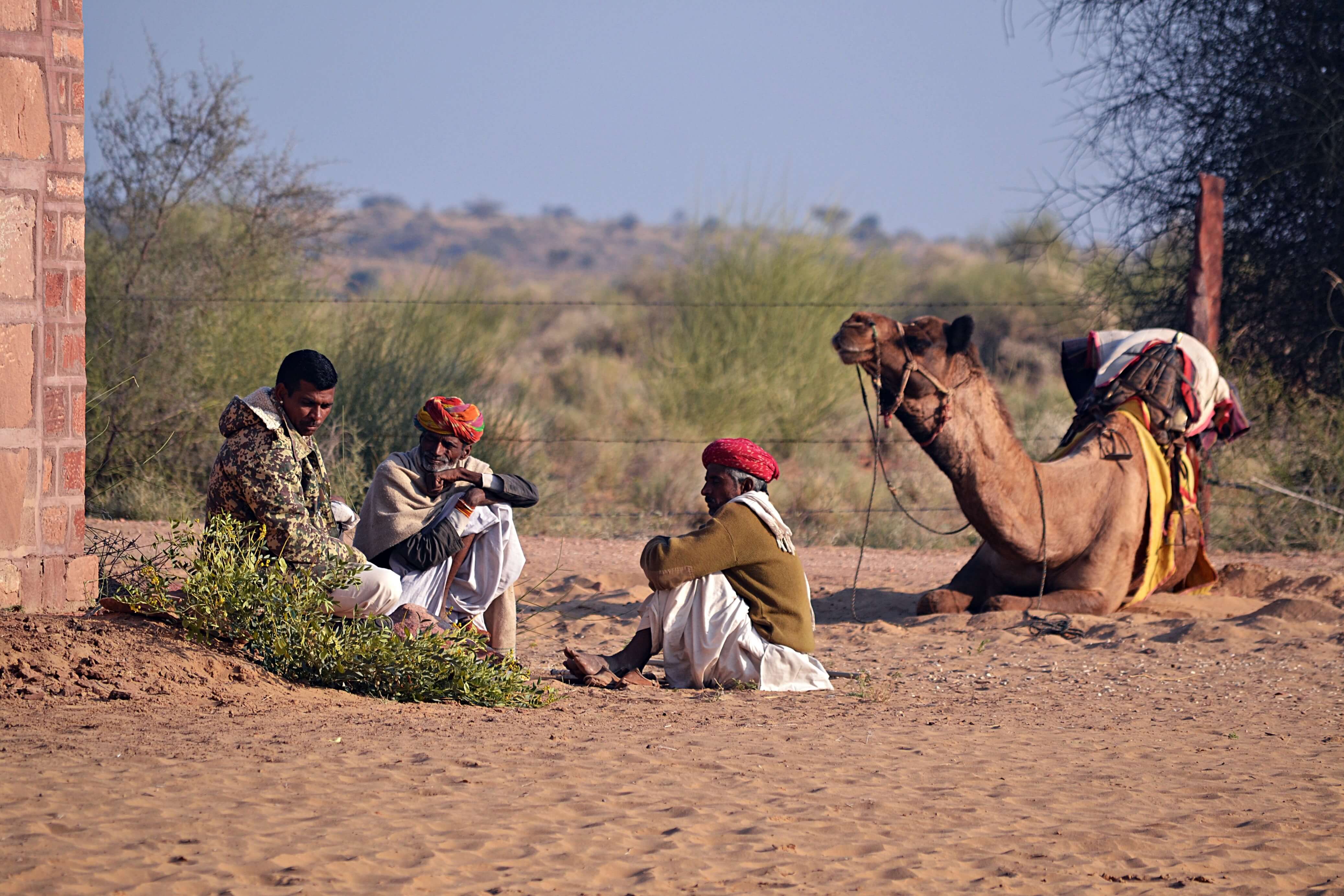
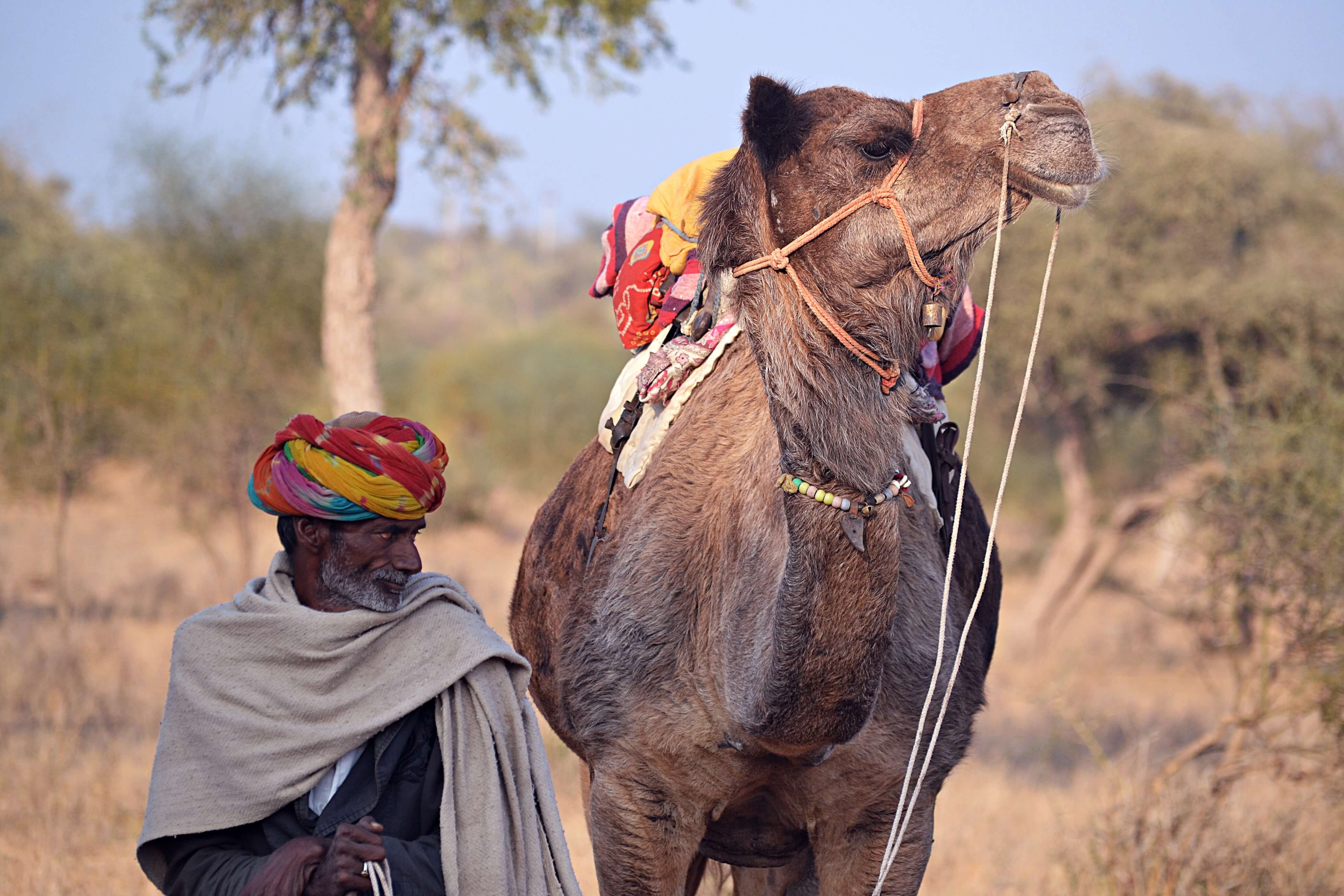
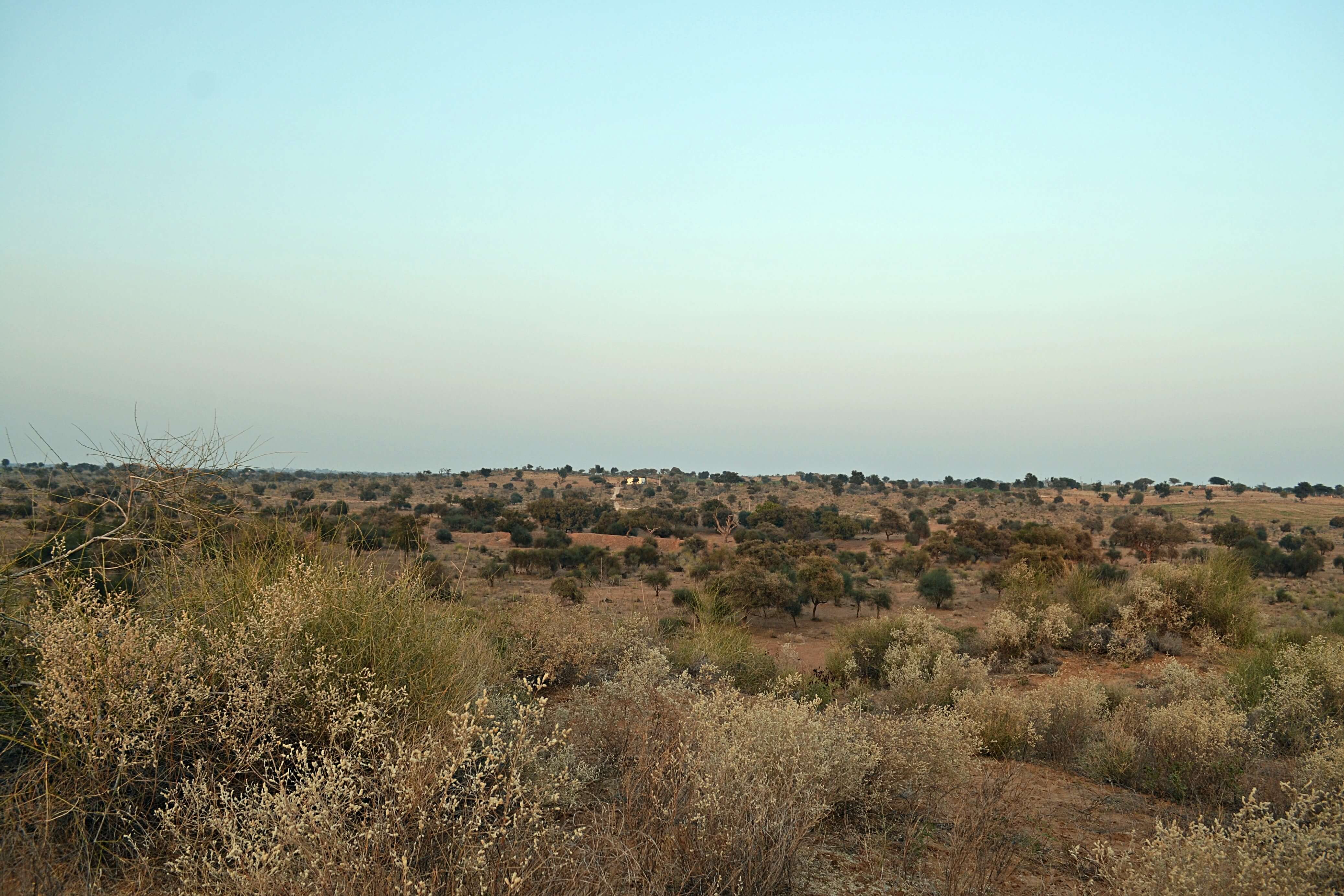
Help Batu Batu stay the course amid the pandemic
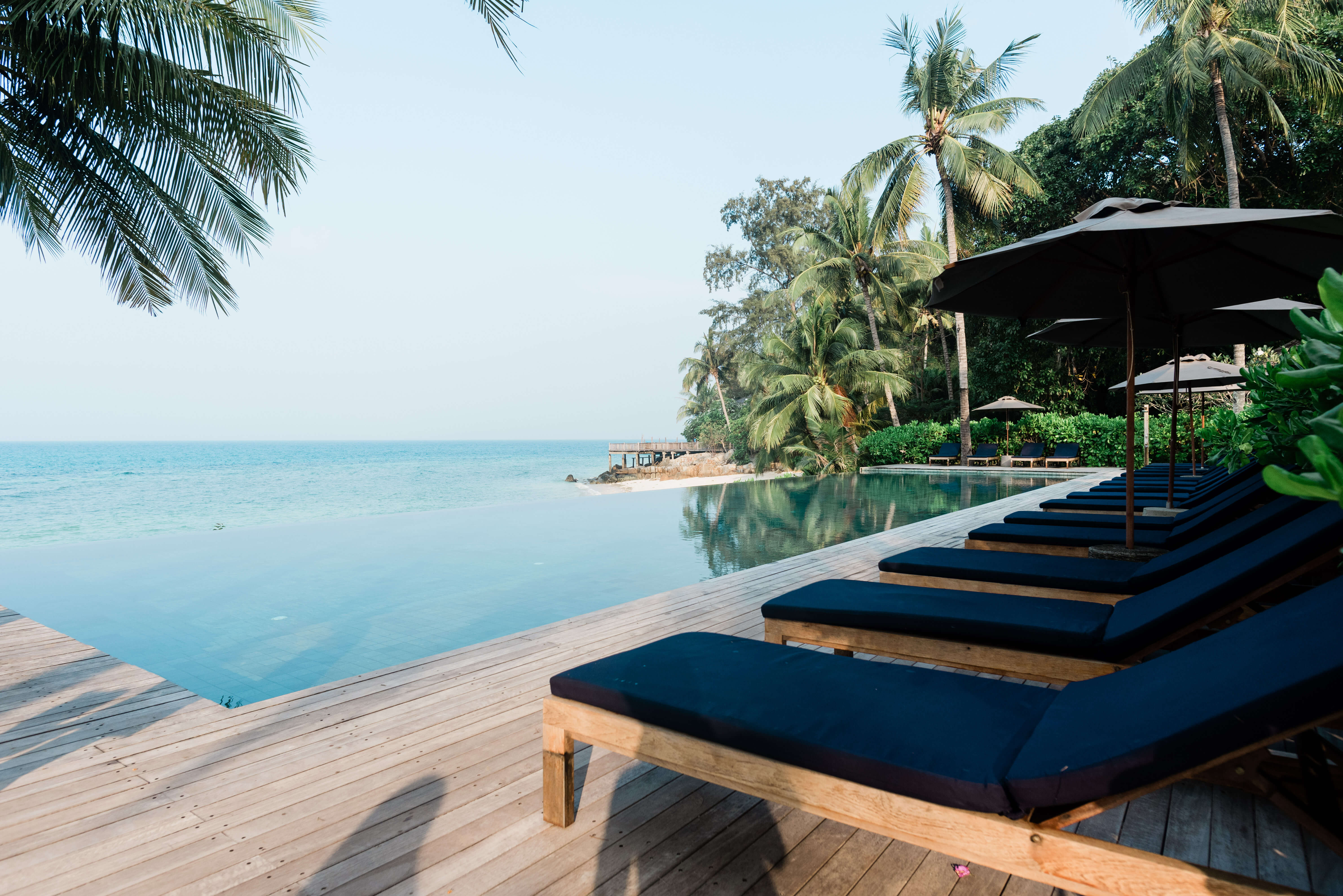
A fantasy beach holiday may go like this: your boat cruises to a stop, bobbing gently over crystal-clear turquoise waters. You step onto soft white sand, and lush palm trees form a chorus line to welcome you to your tropical getaway.
As the only resort on Tengah Island off the coast of Johor, Batu Batu’s wooden villas and eight private beaches indeed fulfils this sunseeker’s dream.
But this isn’t just another good-looking holiday destination. This pristine piece of paradise in the South China Sea also serves as a refuge for endangered green and hawksbill turtles, a centre for environmental conservation and a model of responsible tourism.

Upon alighting at the resort jetty, we had barely taken 10 steps before being drawn to the shimmering seawater teeming with schools of needlefish. A few good minutes passed before we noticed all our fellow boat passengers were still hanging around the jetty, similarly transfixed by the view.
We eventually start strolling towards the villas, shaded by a canopy of coconut, bamboo and palm trees swaying gently in the breeze. I pause (again) for a closer look at the crystal-clear waters, which was when I spot large patches of seagrass and coral reefs – the first hint that a rewarding snorkeling experience awaits at Batu Batu.
As I settle into the spacious villa, I find a copy of the resort’s Green Guide on the coffee table, detailing Batu Batu’s environment and conservation initiatives. It also notes that the reefs surrounding Tengah Island are home to diverse marine life: critically-endangered hawksbill turtles, endangered green turtles, black tip reef sharks, clownfish, barracuda, moray eels, blue-spotted stingrays and more. Occasionally, some dugongs even swim by for a visit.
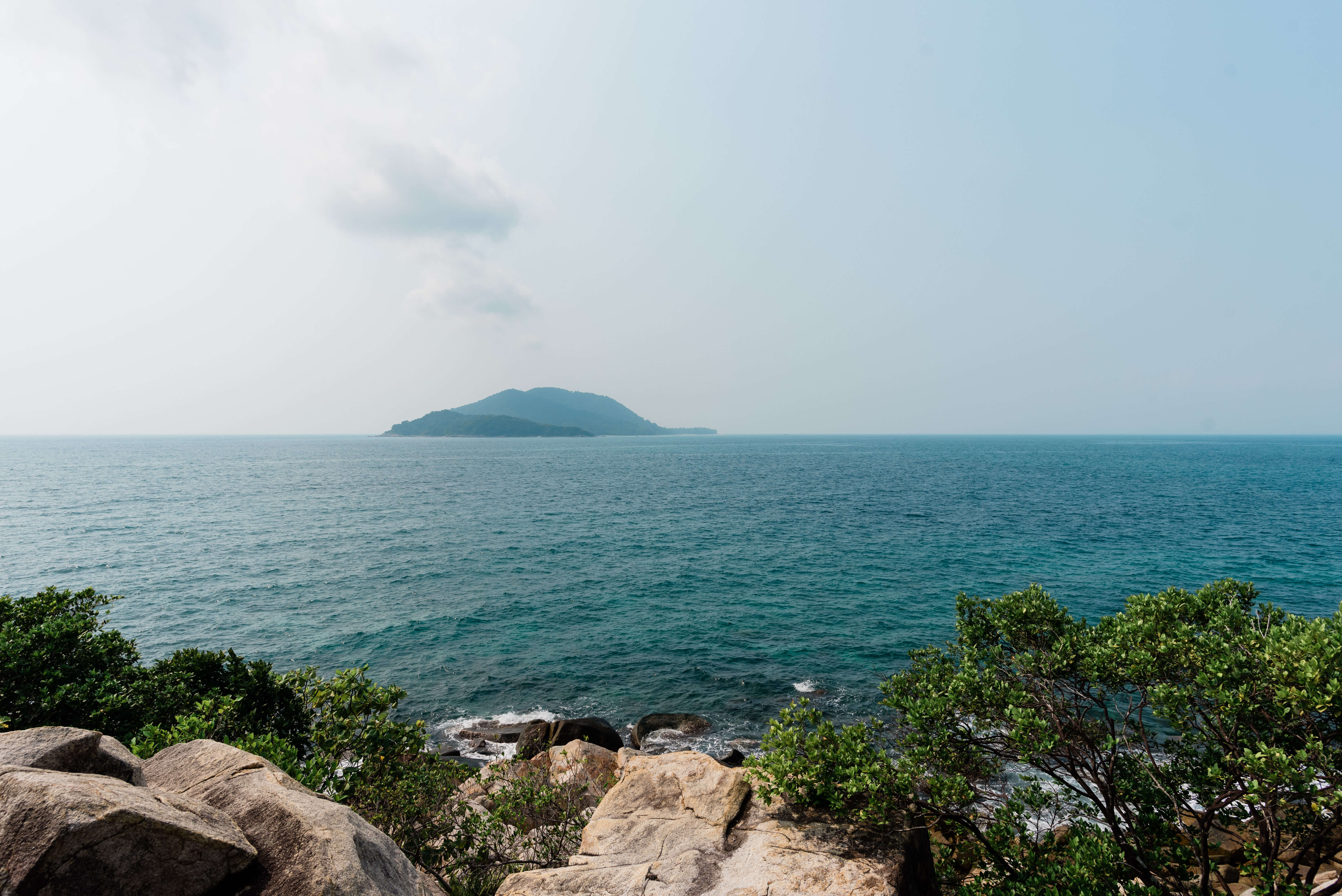
Such abundant marine life is not something Batu Batu takes for granted, which is why its Co-founder and Managing Director Cher Chua-Lassalvy advocates a “tread lightly” approach in running the resort.
Her care for the environment stems from a personal place, as Tengah Island used to be Cher’s family’s private retreat for close to 15 years. Her father, who bought the property “out of love at first sight”, was happy to keep things as they were.
So in 2009, when her father proposed that they start a resort, protecting the natural beauty of a place they love was a priority.
Johor Marine Park — in which Tengah sits, together with popular island destinations like Pulau Rawa and Pulau Besar — has been affected by human activity such as illegal poaching, reckless anchoring and pollution over the years, causing reef health and marine life to decline.
As such, the resort has been designed to limit negative impact from human activity. “We went from wanting to make sure we didn’t spoil the place by opening something here, to realising after a few years that our presence here meant that some things improved instead,” she shares.
For example, the coral reefs became healthier once boats were no longer allowed to anchor in the area in front of the resort, and turtles also returned to nest on the beaches.
“Because we’re here, poachers no longer come onto the resort’s beaches – whereas on uninhabited islands there is less to stop them,” says Cher.
“It started as ‘We don’t want to destroy the island’… and became ‘Can we actually regenerate it?’”
Cher Chua-Lassalvy Co-founder and Managing Director, Batu Batu
In 2017, Batu Batu founded Tengah Island Conservation (TIC), a non-profit “biodiversity management initiative” to focus on research, rehabilitation and regeneration of the island’s natural environment.
Profits from the resort provide core funding for TIC, which has a team of five full-time marine biologists and environmental scientists stationed on the island. Since TIC began reef restoration efforts, it has seen reefs in its nursery grow up to 5cm per month.
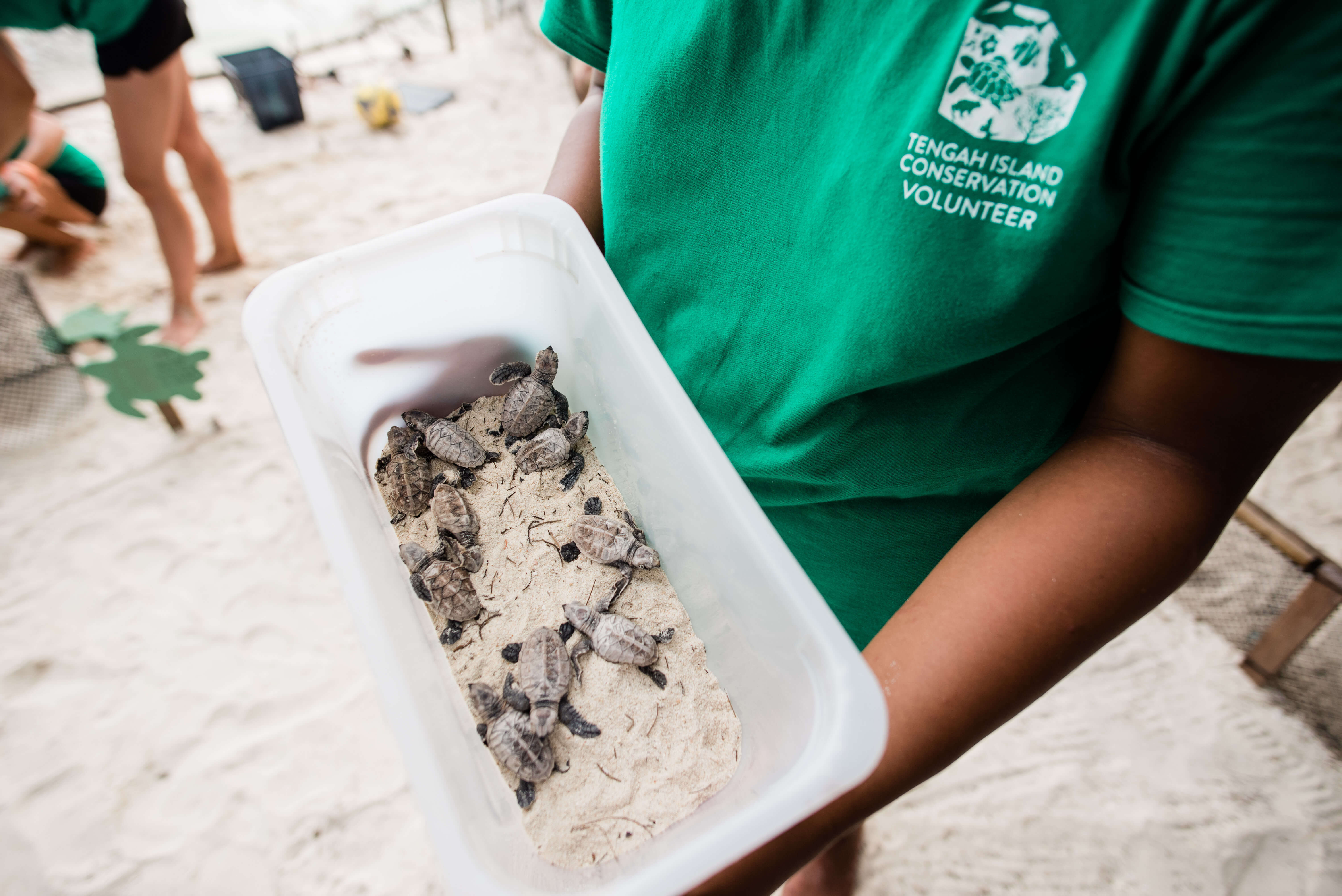
We were listening intently to one of TIC’s Turtle Conservation Talks for resort guests, when we heard excited exclamations — TIC had just excavated a batch of late-to-hatch baby turtles, and were about to release them.
Cue a dozen adults running out to witness this rare sight, and cheering on each tiny hatchling in their race to the sea.
The sea turtle hatchery was set up in 2015 to prevent turtle nests being poached — for sale and consumption — from the back of the island. Today, to protect even more nests, the TIC team conducts daily morning and night boat patrols around the seven neighbouring islands as well.
Between 2015 to 2019, TIC managed to protect 254 nests from poachers and predators, and released 17,581 endangered green and hawksbill turtle hatchlings into the ocean.
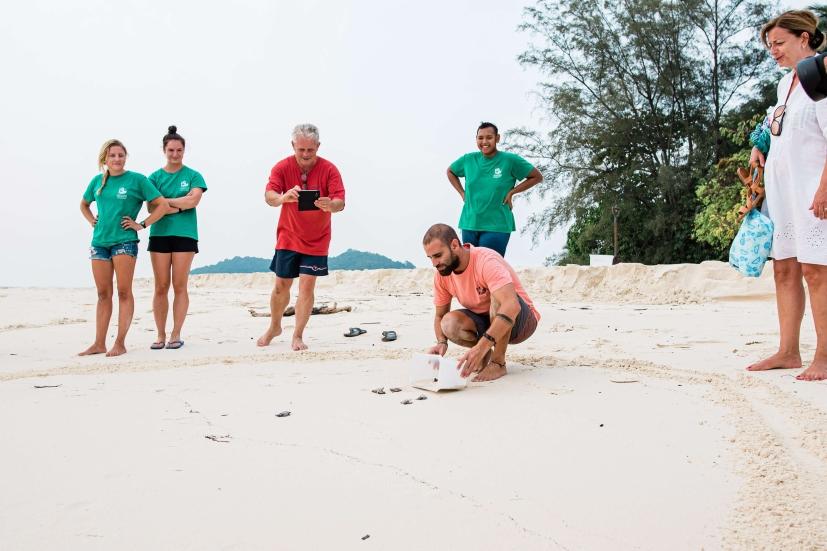
After the last tiny turtle found the way to its swim debut, TIC Outreach Coordinator Mohammed Alzam, who was conducting our talk, shares that watching hatchlings being released to sea never gets old – and is in fact, his favourite sight on the island, followed by the black-tipped reef sharks, a relatively gentle species that’s generally harmless to humans. “There are lots of them around here. In the waters around Batu Batu’s restaurant, you can find seven to eight of them circling during low tide,” he adds.
To support the hatchery, guests can adopt a turtle nest for MYR300 (about US$72) or more; in turn, TIC provides sponsors with hatching statistics, photos of the baby turtles and recognition at the sponsored nests.
At Batu Batu, you can relax to the rhythm of waves crashing onto the rocks by the seaside pool, or knead your woes away with a traditional oil massage at the resort spa.
For some outdoor action, kayak into the big blue, or hike through the island’s jungle where multiple lookout points offer panoramic views of the surrounding islands.
Or consider the impact of human action on our planet; check with the TIC team on whether you can participate in its beach clean-ups.
In 2018 and 2019, they collected close to 23,080 kg of mixed marine debris (which included 44,140 individual plastic bottles) and removed 10.56 tonnes of “ghost gear” such as lost fishing nets, through their beach and underwater clean-ups.
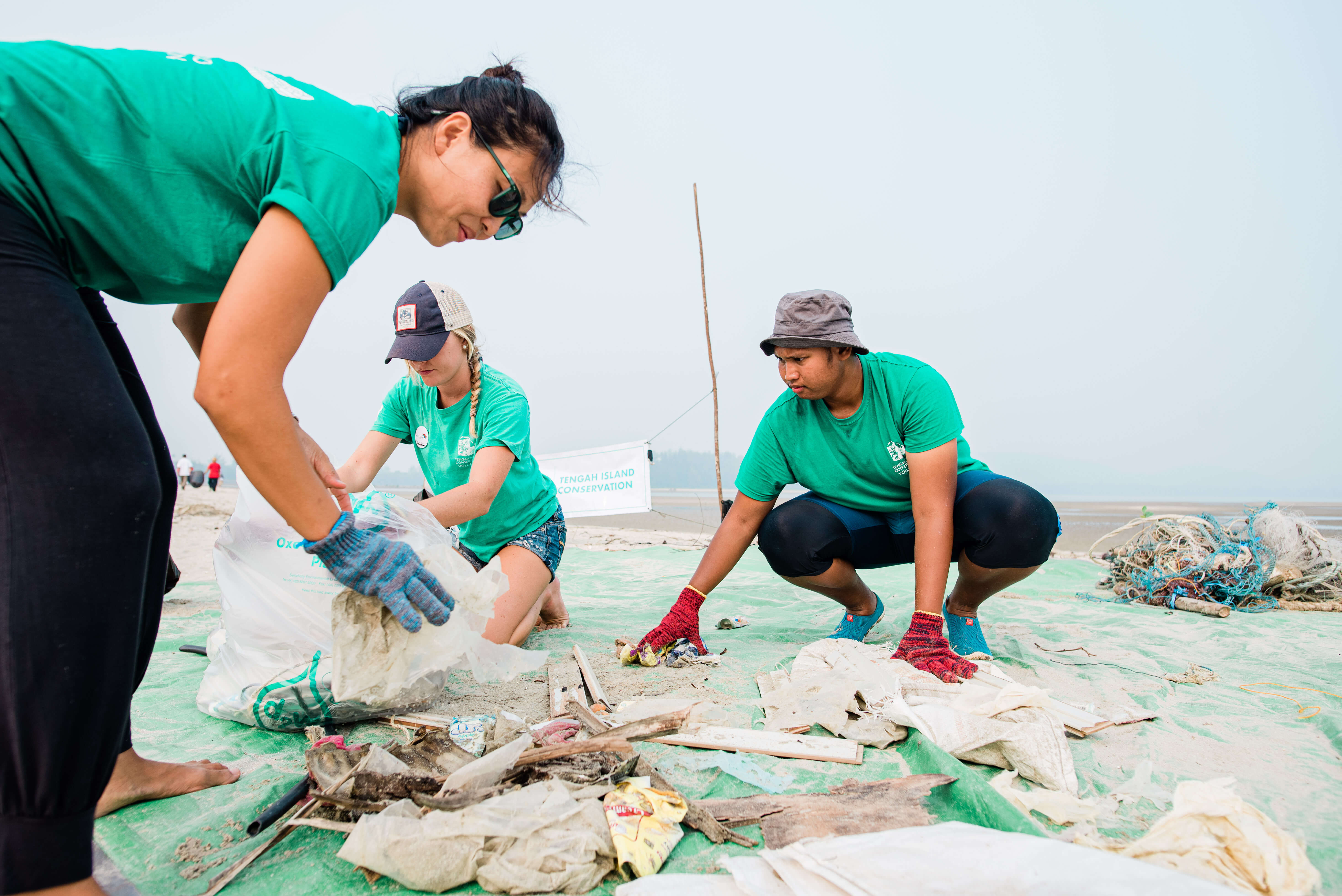
At the end of each week, all recyclable items collected are sent to Clean & Happy Recycling in Mersing — the closest town 20 minutes away by boat.
Aside from leading regular beach clean-ups, Batu Batu has also ventured into Mersing schools, conducting environmental awareness programmes.
“Tourism industries are where things are really beautiful. And if that beauty is destroyed, that destroys the tourism industry,” says Cher. “So if we really want to push change and develop sustainable tourism, we can’t sit here and preach. We have to try and win Mersing locals.”
Recalls Zam: “On my first day with TIC, [Cher] wanted me to come up with a proposal for the school programme right away! After months of discussion, we managed to come up with the name ‘PEDAS’, short for Pasukan Pendidik Ekologi Dan Alam Sekitar.
“In Malay, this acronym has a double meaning: It has an environmental theme, but also means ‘hot and spicy’! Which is rather catchy and funny, especially for school kids.”
A multi-stakeholder environmental education programme for Mersing’s schools, PEDAS’ partners include Reef Check Malaysia, Trash Hero Mersing, Johor Marine Park Department as well as Mersing’s District Council, District Office and Education Office.
The partners worked together to create the programme, which comprises five modules on marine ecosystems, coral reefs, sea turtles, marine mammals and marine debris, and visit schools together to conduct outreach.
“The students don’t know we have sea snakes, groupers, dolphins and sometimes dugongs here as well! They say, ‘Really? How come we’ve never seen them? How can we see them?’ That’s when we’re able to tell the children: ‘If you want to see them, you have to conserve them’,” says Zam.
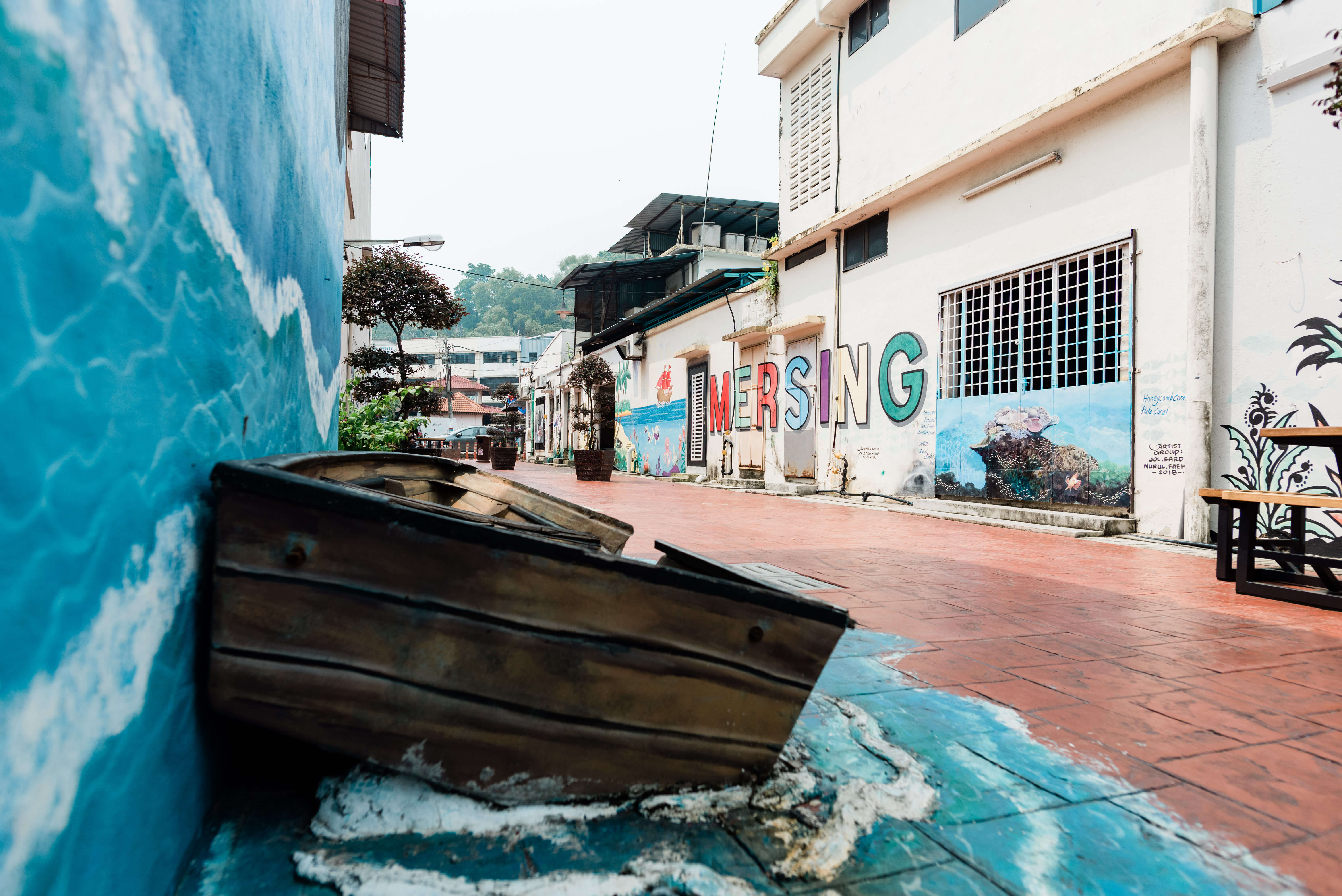
Batu Batu began as a private island destination, but it has grown beyond its shores and into the community at large.
Its latest venture is KakakTua, a guesthouse, cafe and community space in the heart of Mersing, converted from a 1950s shophouse.
“We get 500,000 tourists in the Johor islands and Tioman every year, but Mersing hardly benefits from that. People literally get out of their car or taxi, they look for their boat, and they go,” says Cher.
Through community arts, crafts and cultural programmes, Cher hopes that KakakTua will help to grow local appreciation for the town’s unique heritage, and encourage them to develop initiatives to help Mersing’s tourism scene thrive.
“We believe that increasingly, tourists are looking for authenticity. And what’s authenticity? It’s looking into the soul of a place. Looking into the lives and listening to the stories of its people. By starting KakakTua we hope to initiate the development of authentic tourism products and co-create an ecosystem of regenerative tourism, which will be driven by Mersing’s communities.”
Be a guest at Batu Batu Resort — a stay supports important conservation work on the island and beyond. In 2019, about 10 per cent of Batu Batu’s profits went towards funding Tengah Island Conservation, which has a team of five full-time marine biologists and environmental scientists stationed on the island.
Alternatively, adopt a turtle nest, or make a donation to Tengah Island Conservation.
Batu Batu also practices and champions sustainable tourism practices:
Low-density development (just 22 villas) to limit human population on the island
No disposable toiletries/single-use items (shower gel, shampoo, conditioner are in large refillable bottles; no toothbrush, shower cap, cotton buds)
No single-use plastics (no plastic bottles; glass bottles and glasses provided)
Solar panels that will fulfil 30 per cent of the resort’s energy needs
Water treatment systems to treat sewage (so no dirty water is discharged into the sea)
Weekly recycling – all recyclable items are sent by boat to Mersing’s Clean & Happy Recycling
An organic garden that supports guest and staff kitchens
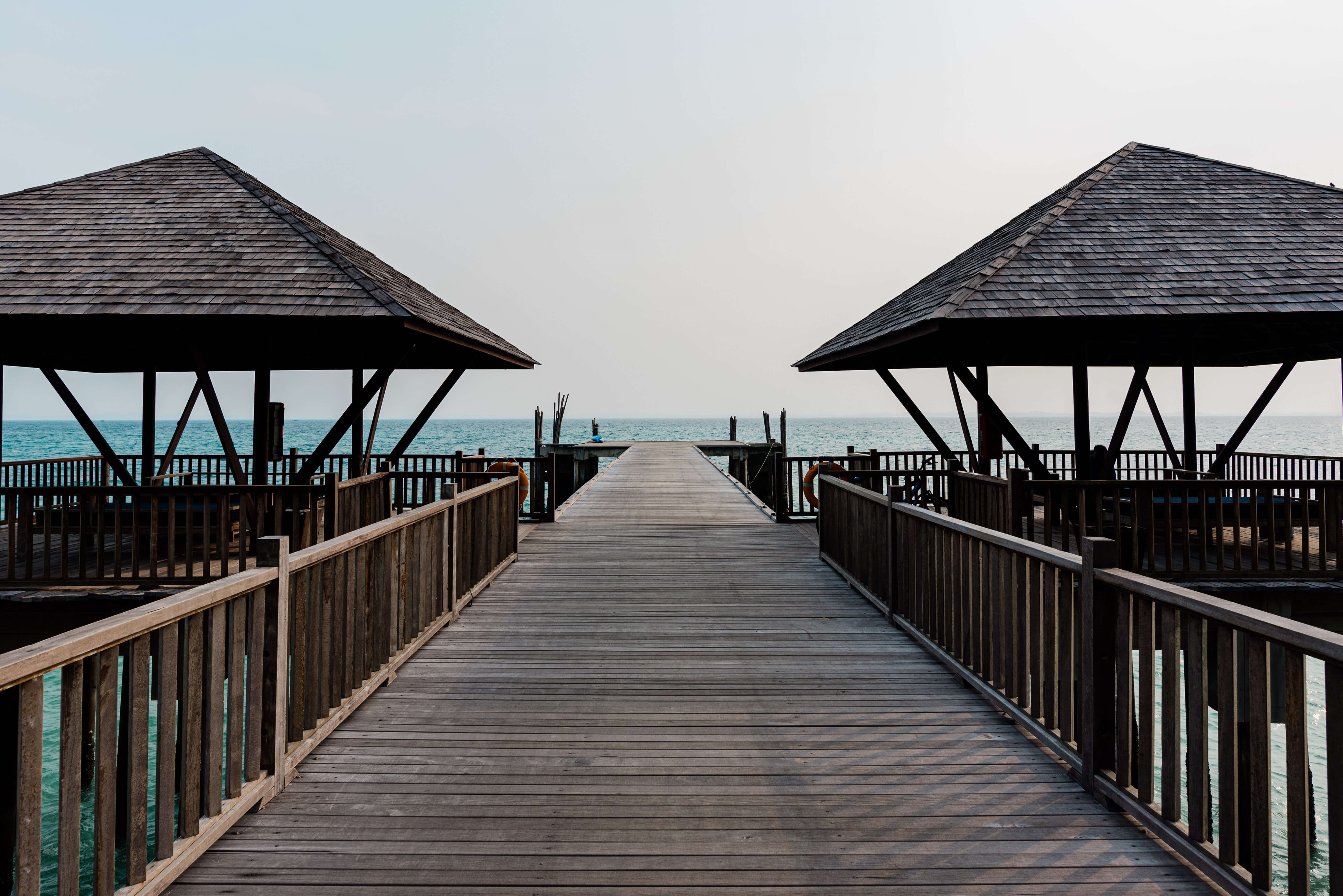
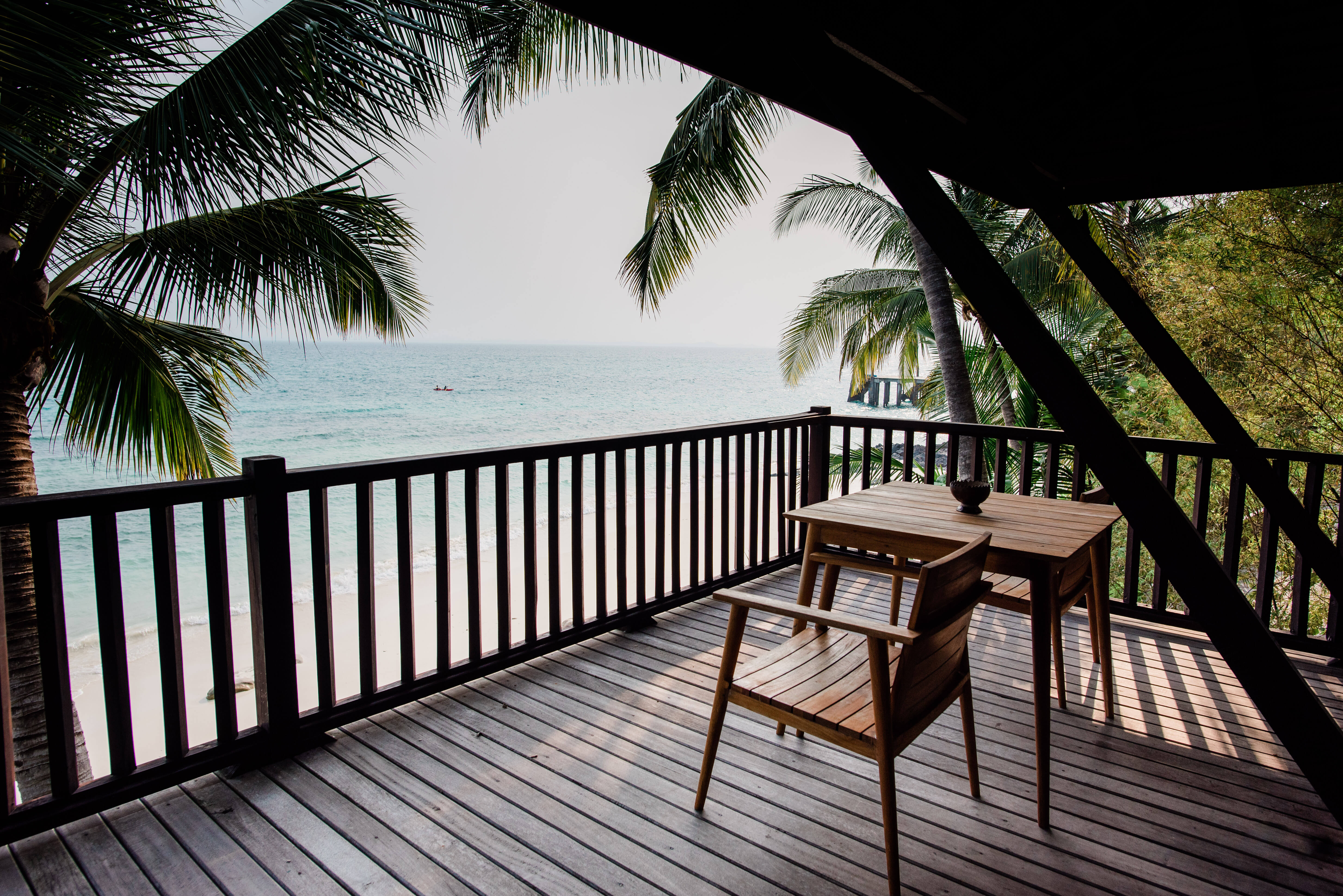
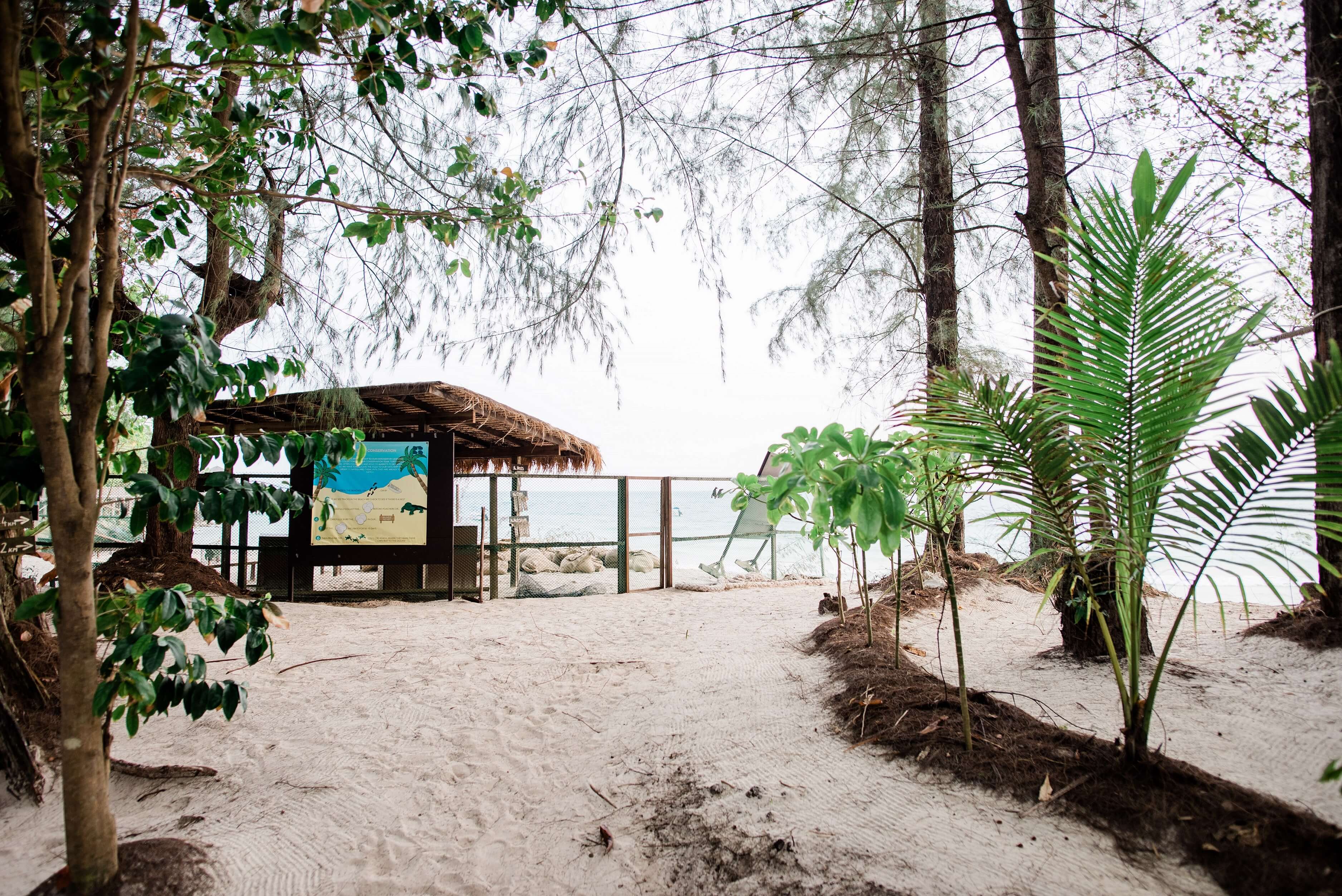
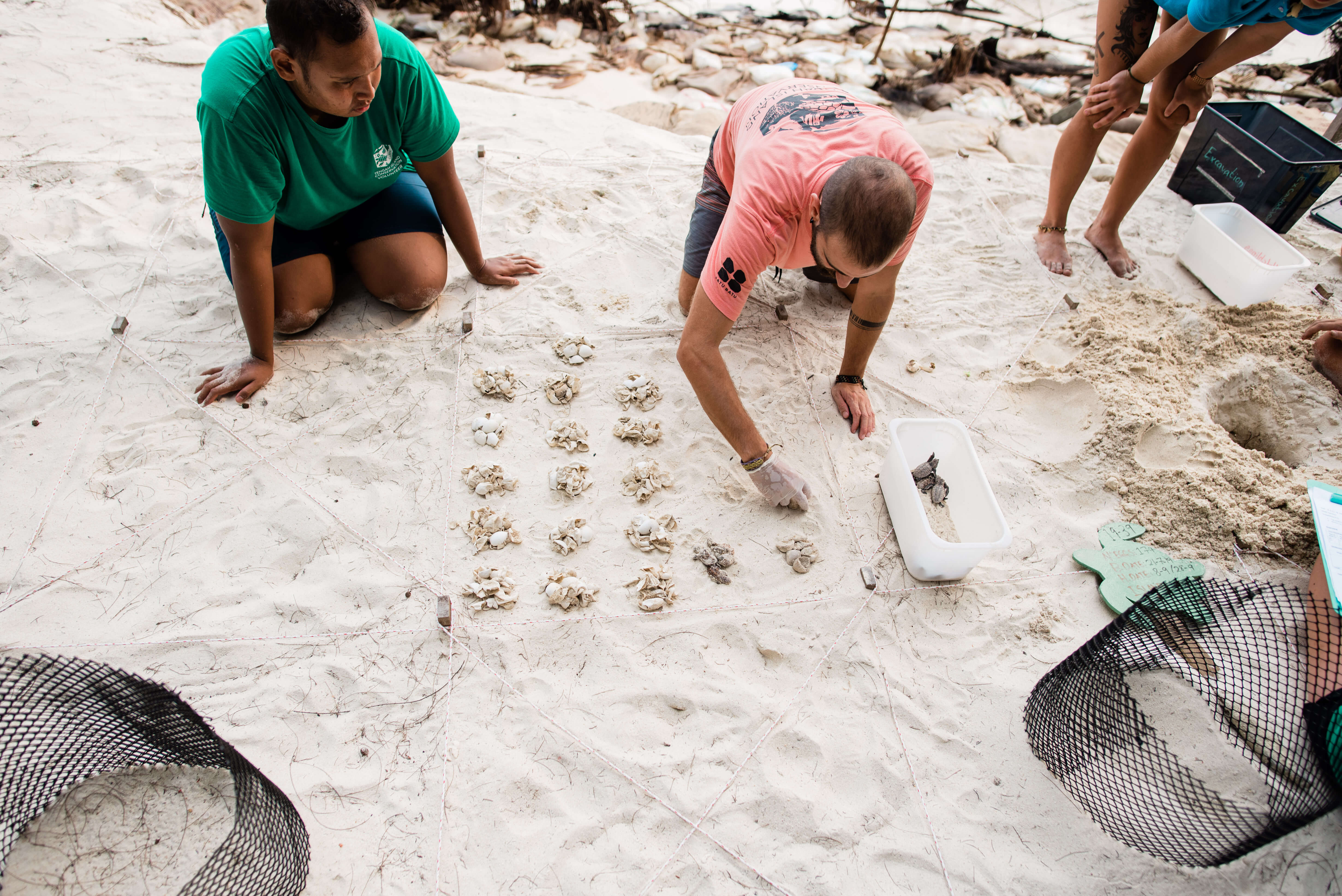
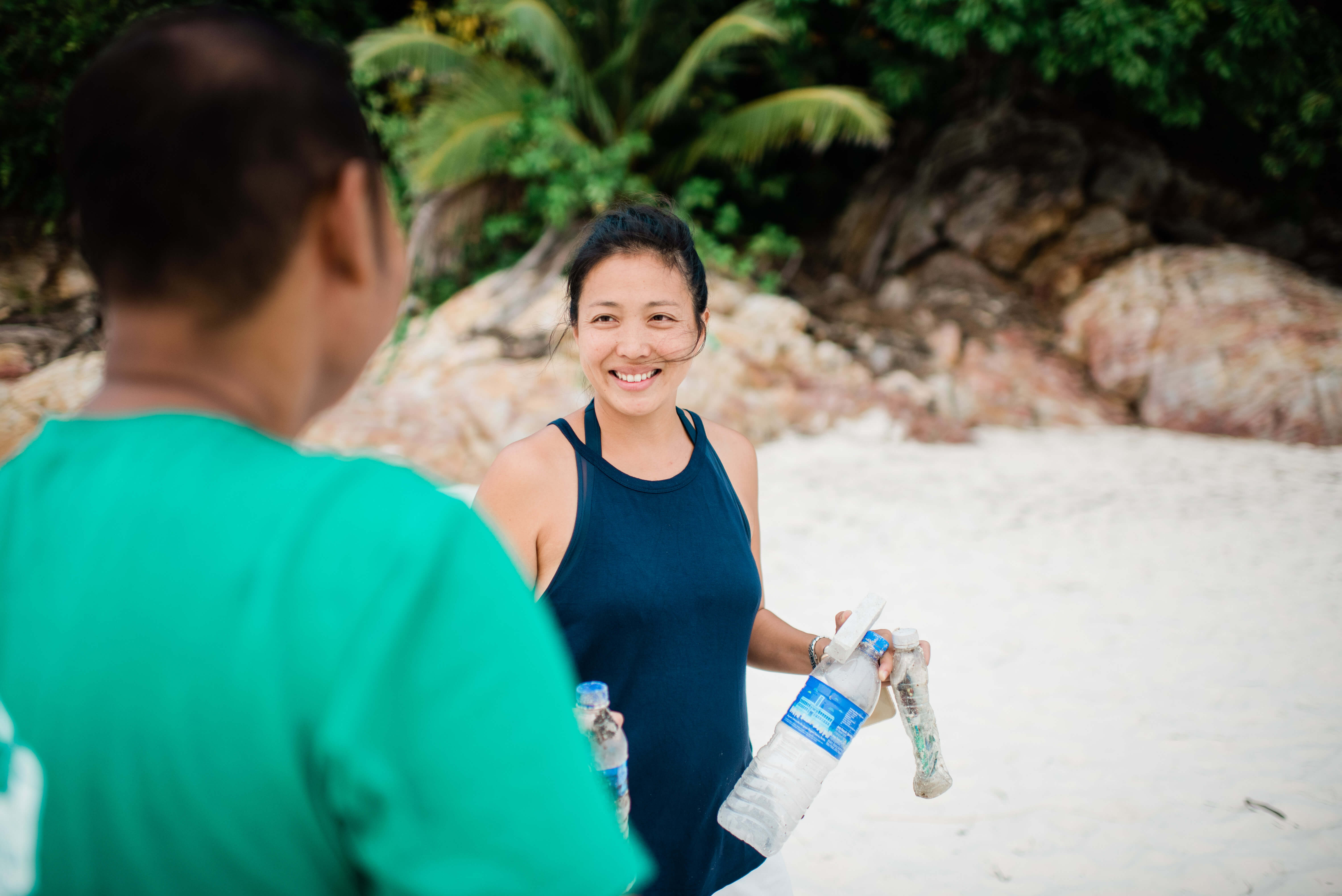
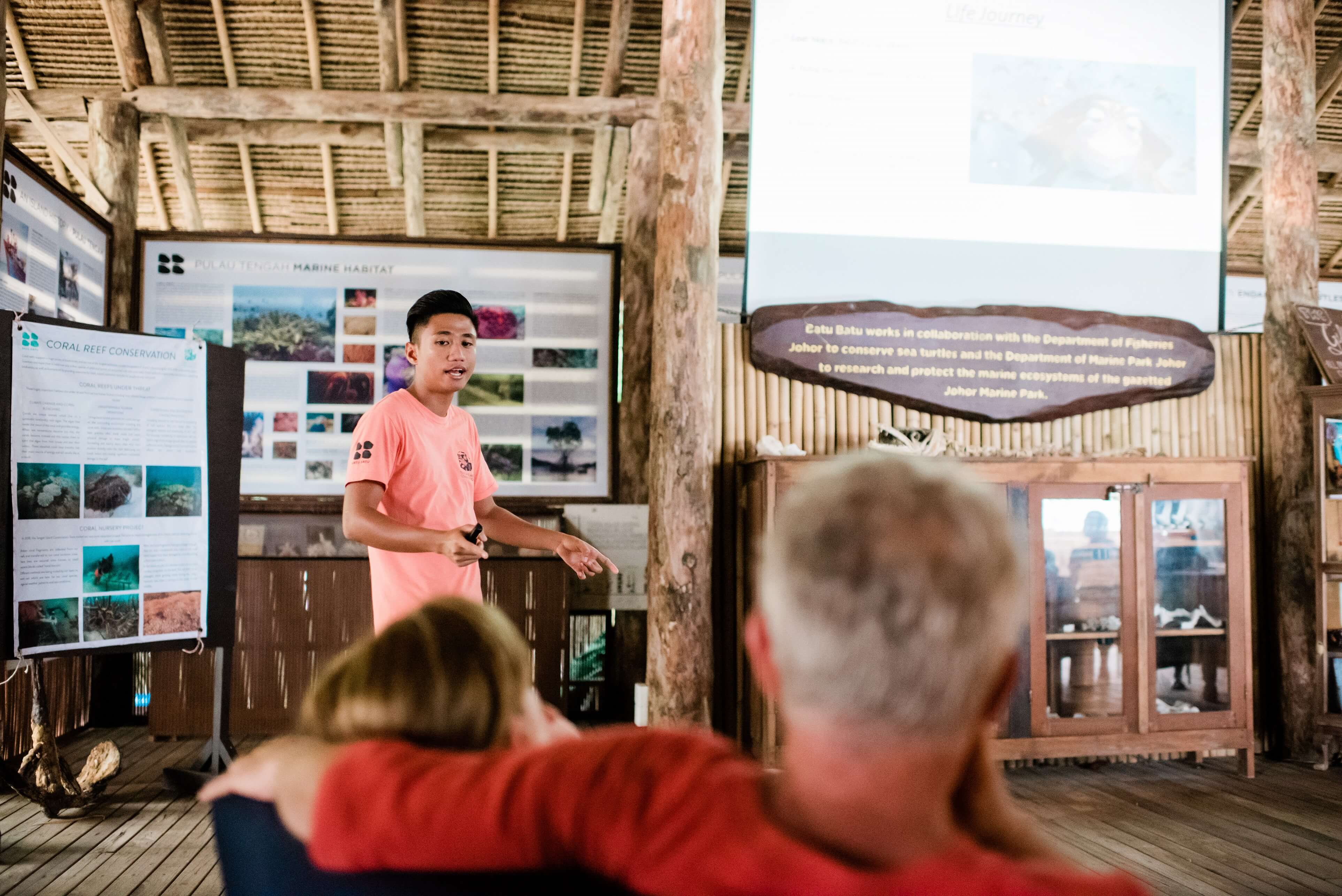
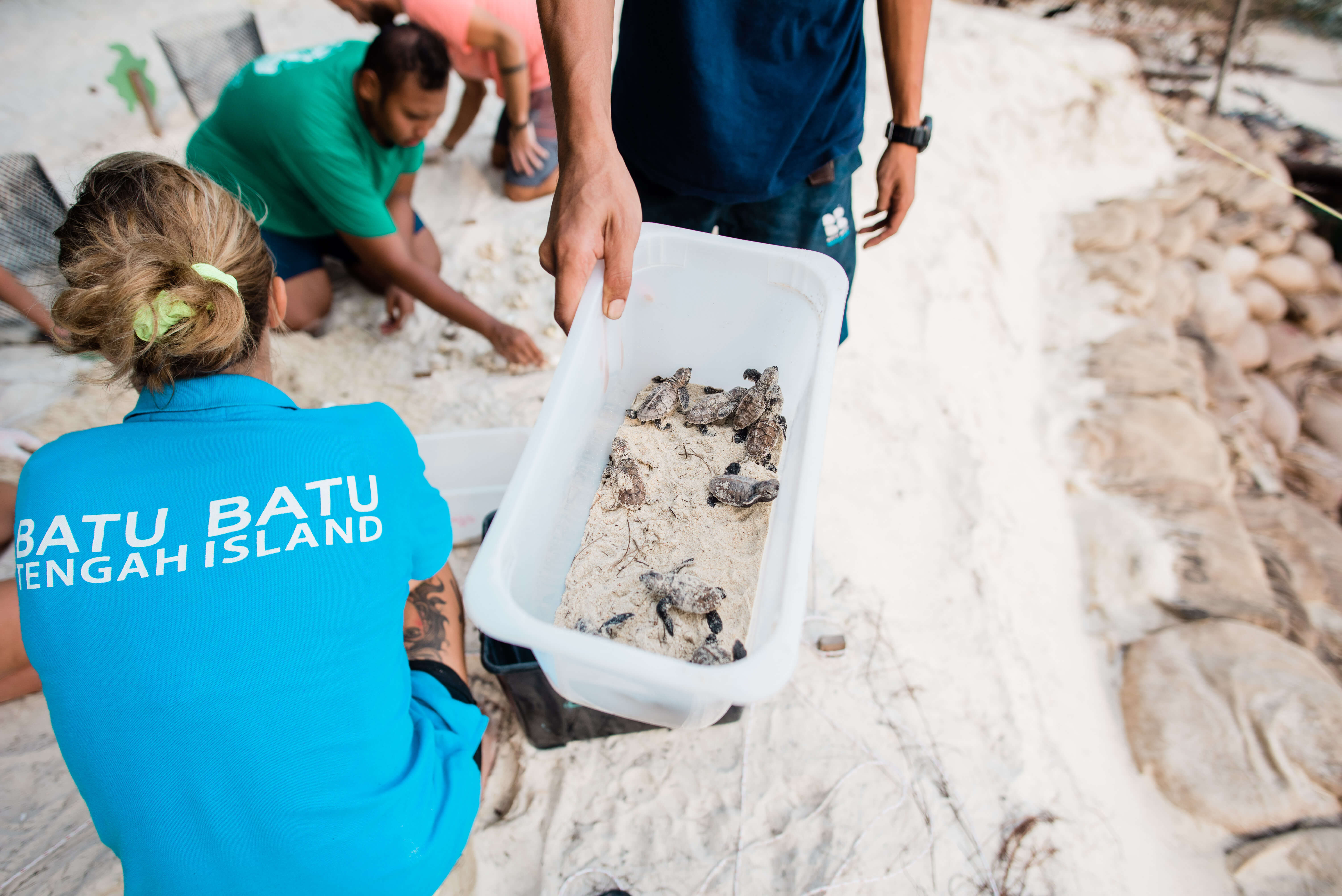
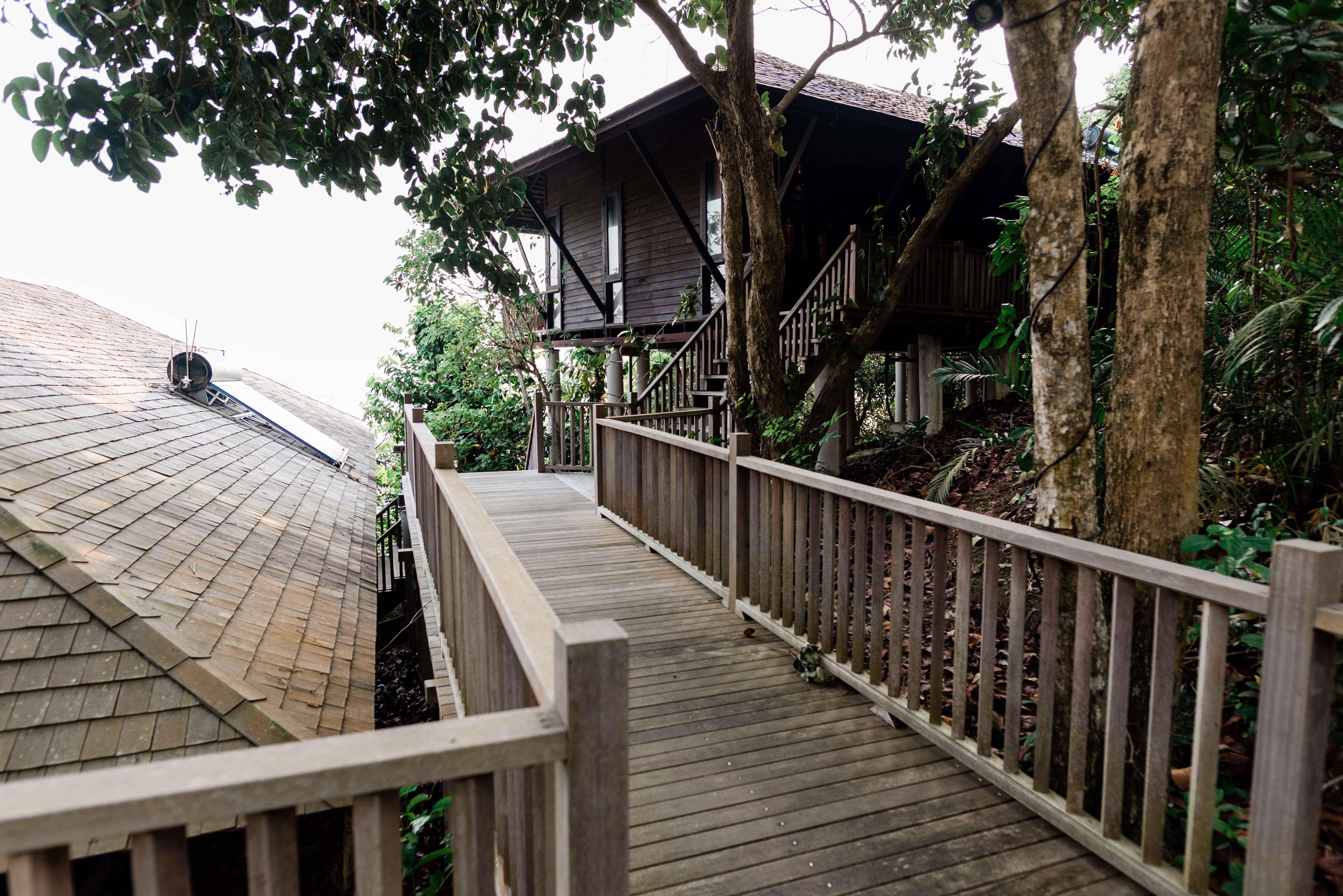
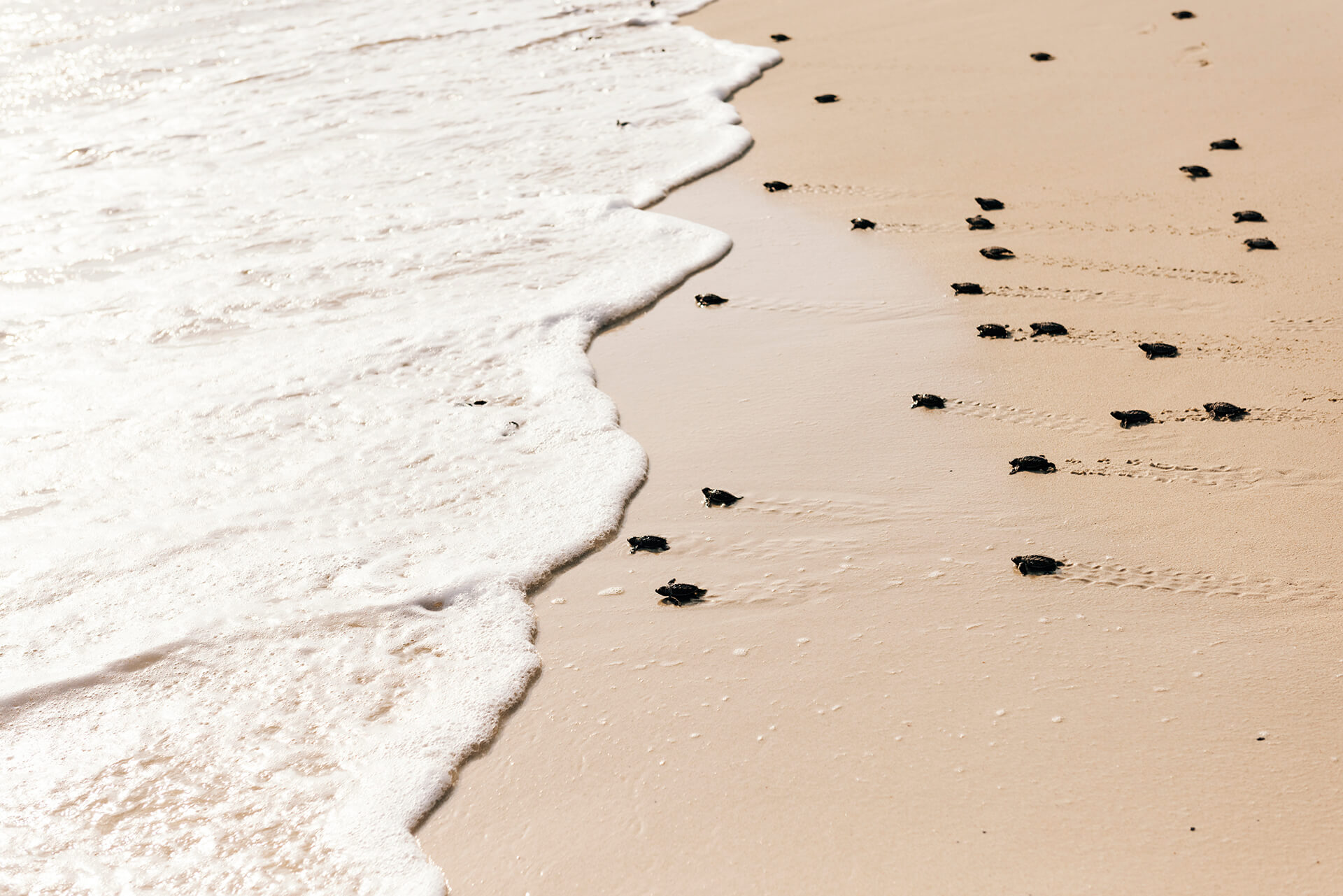
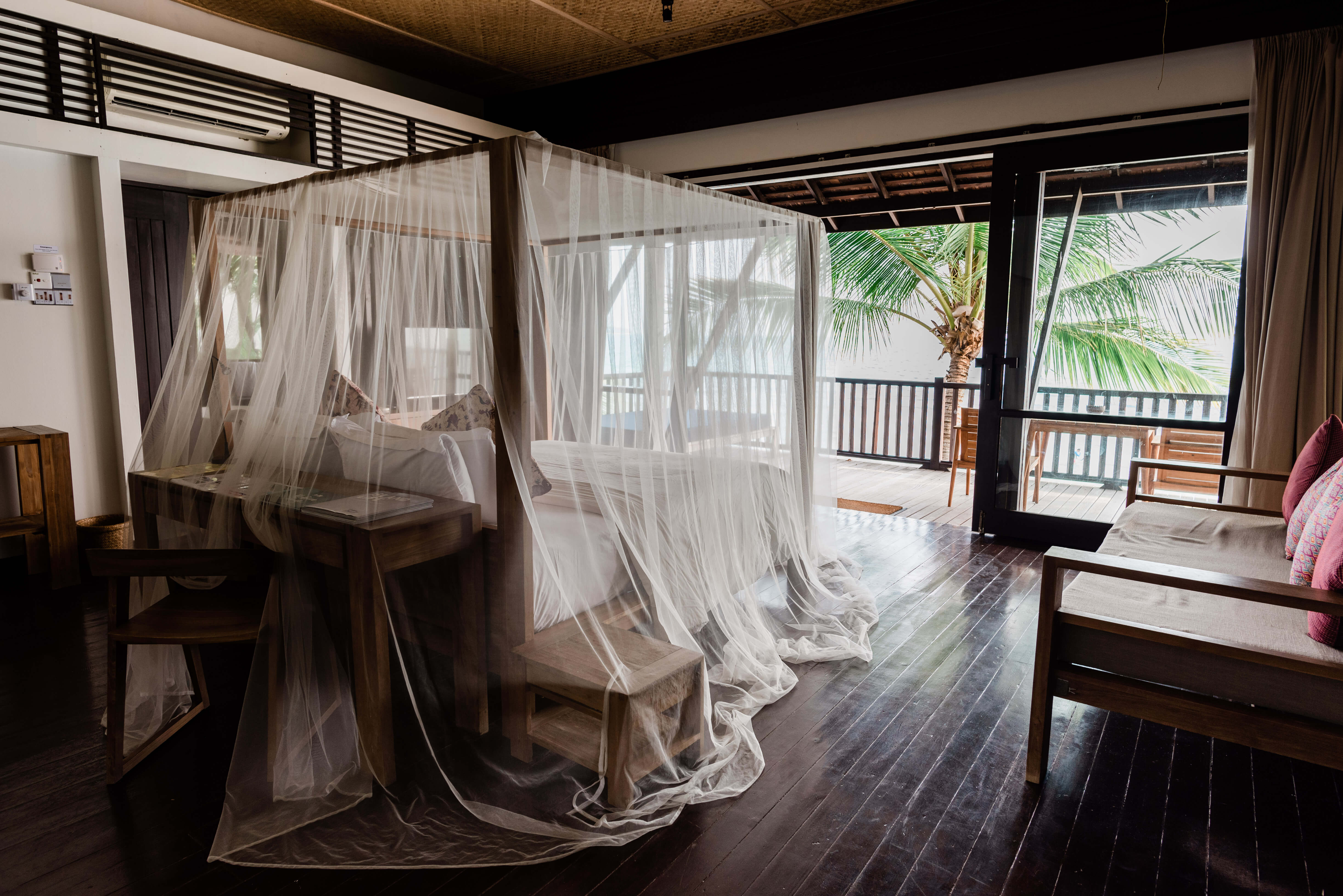
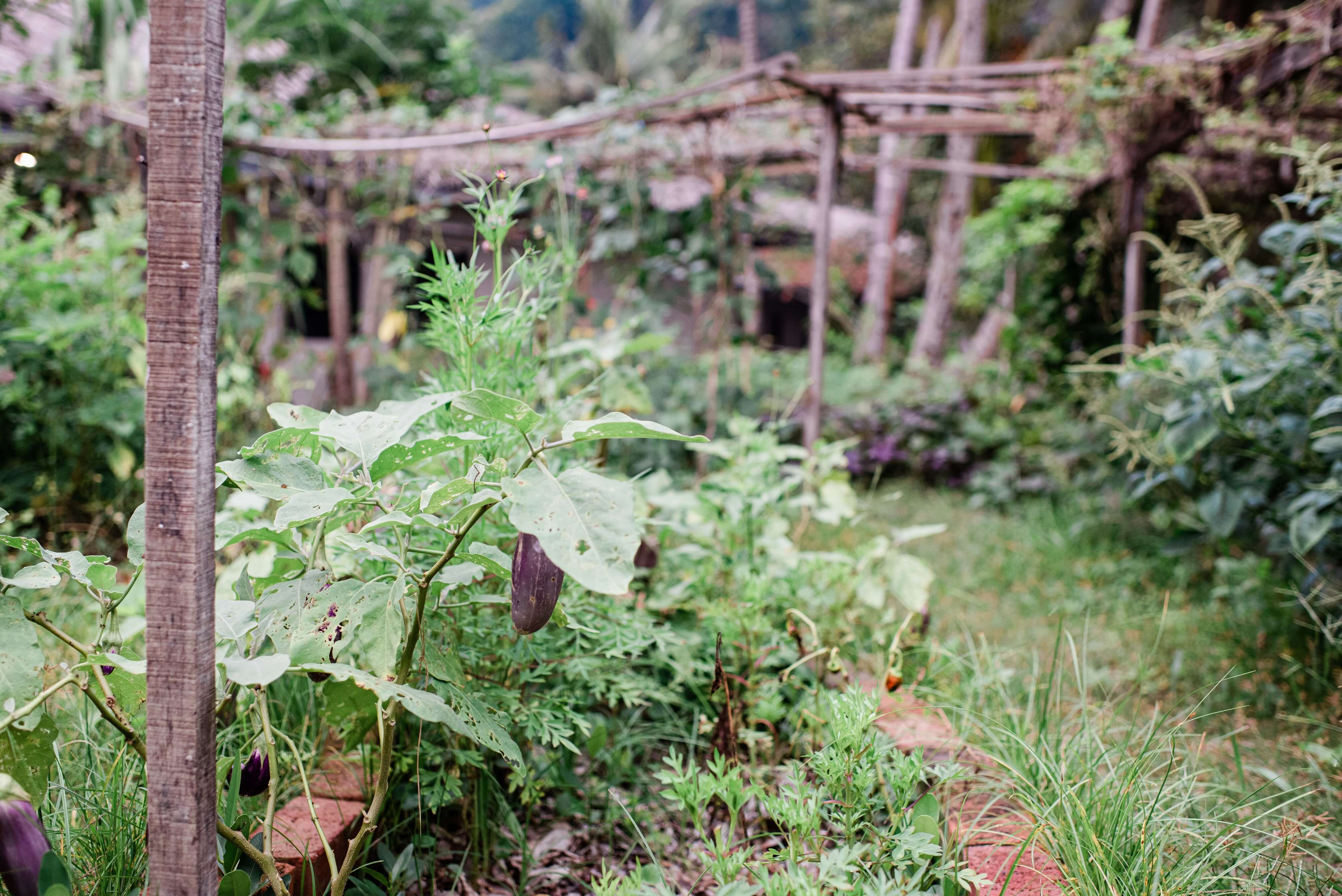
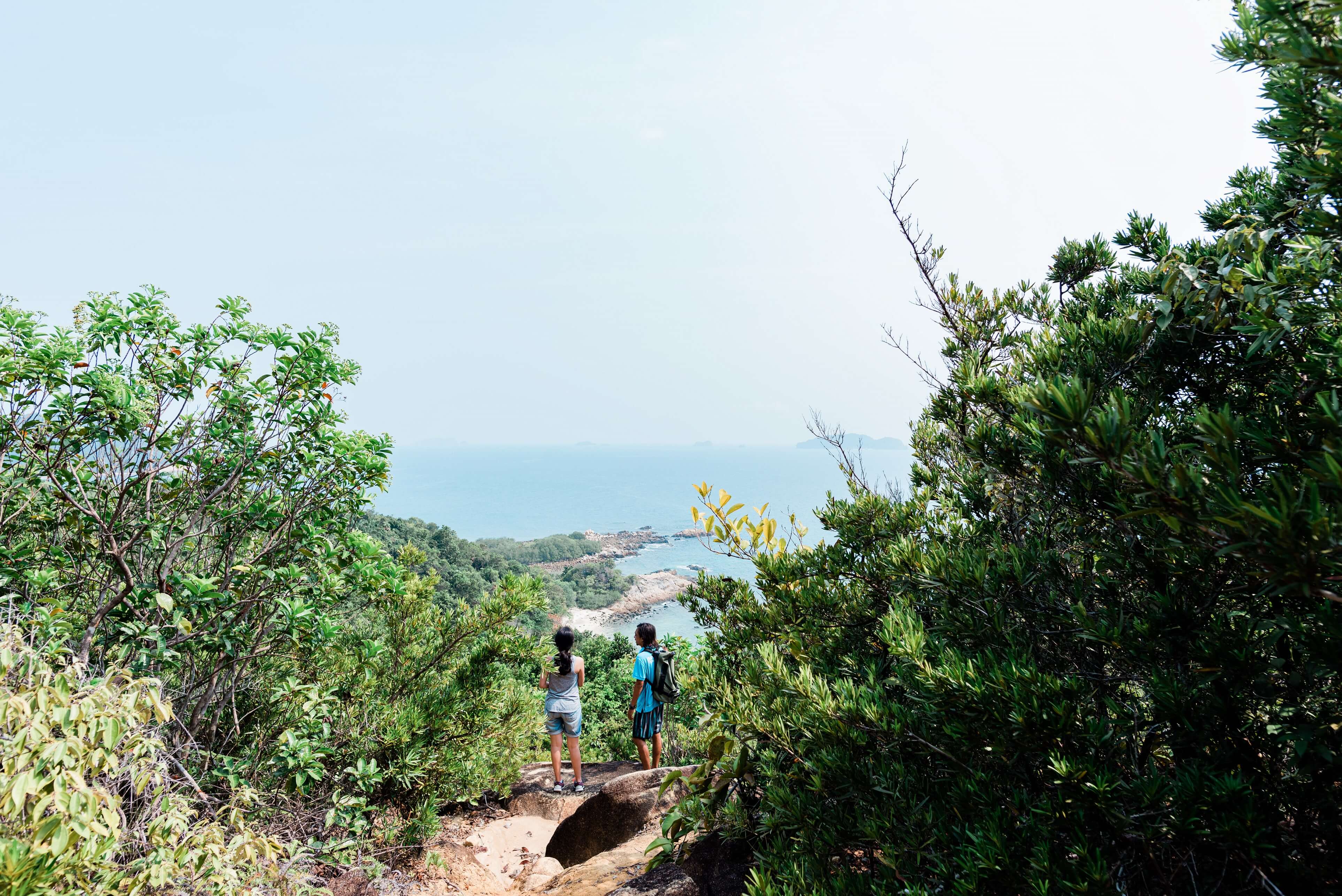
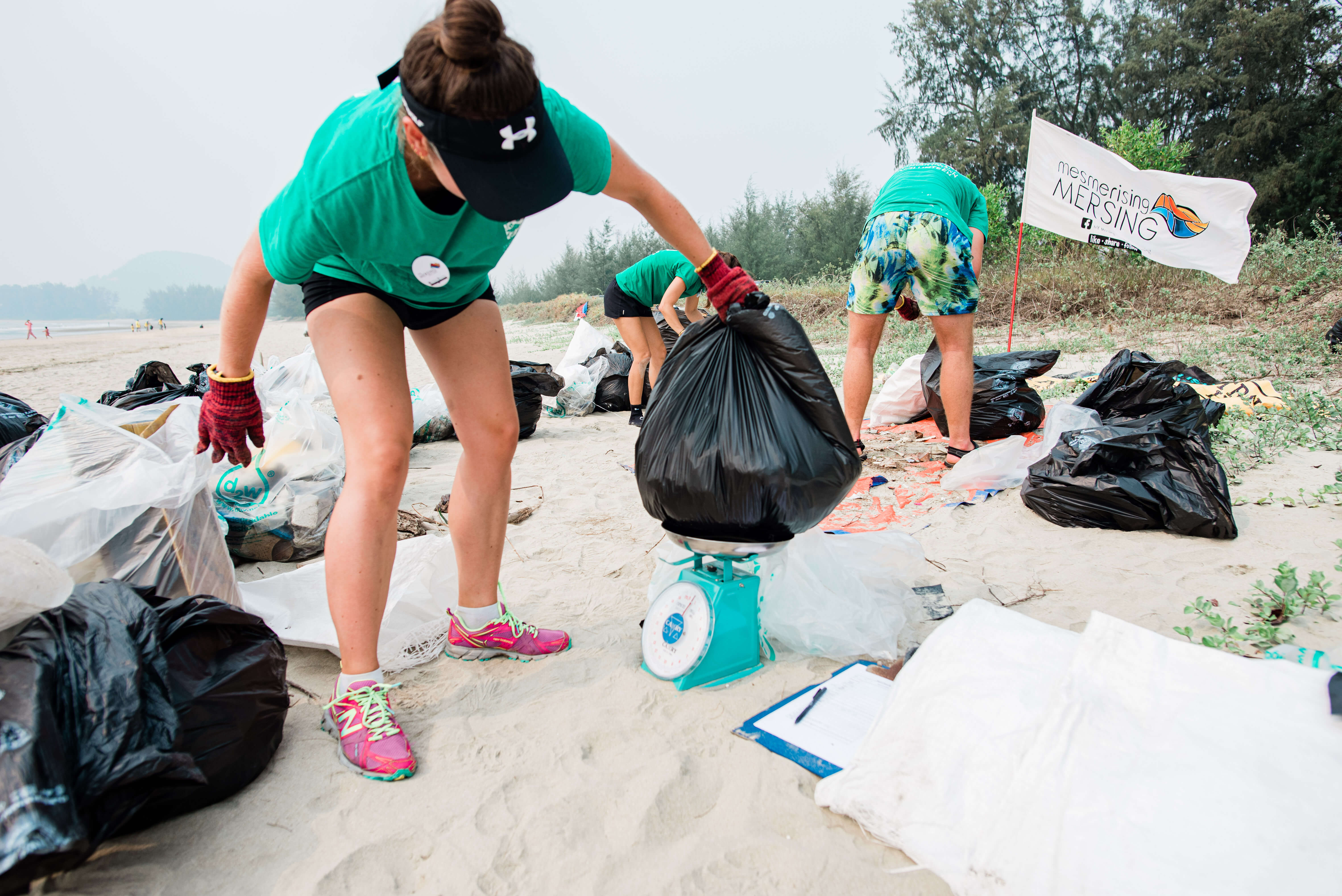
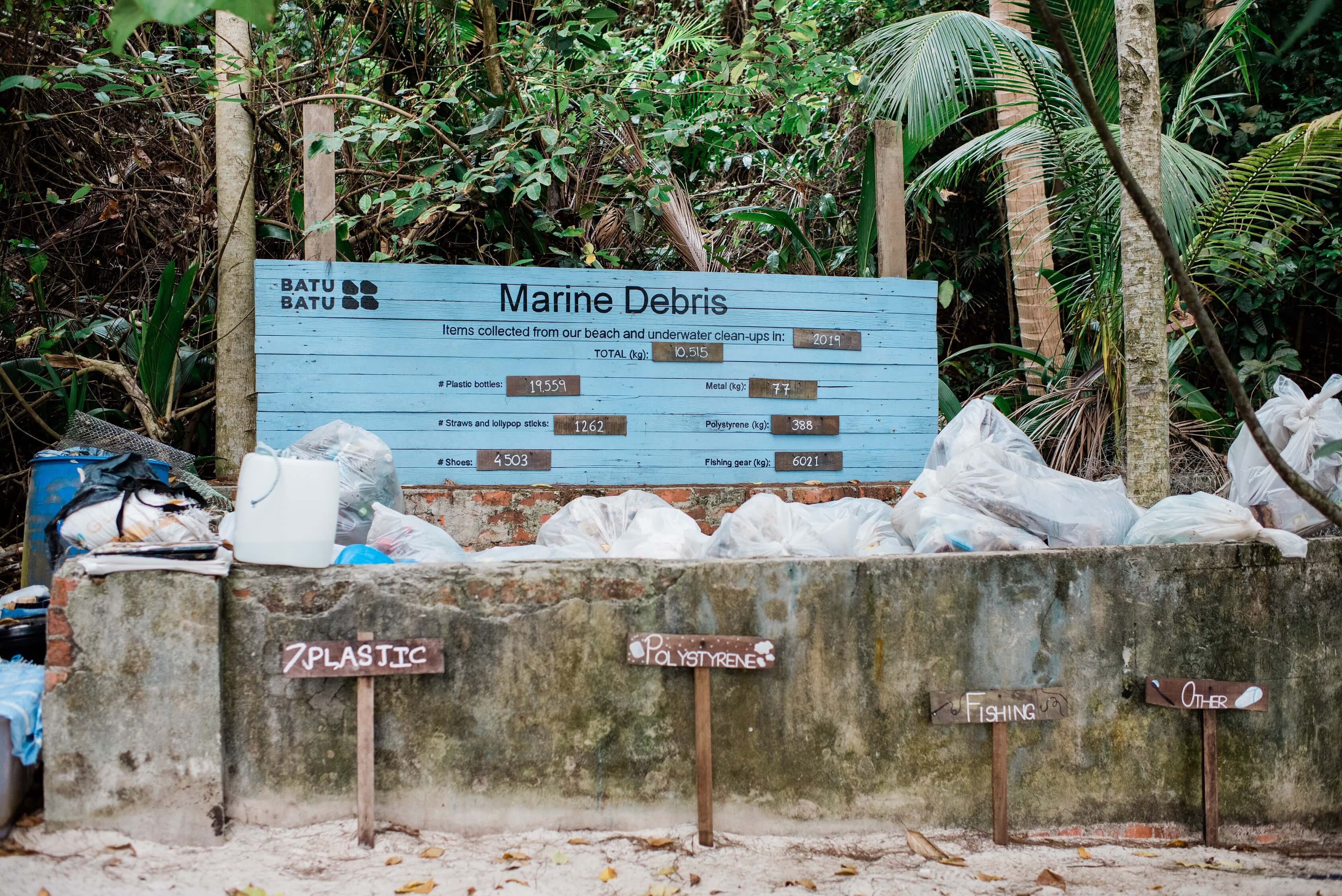
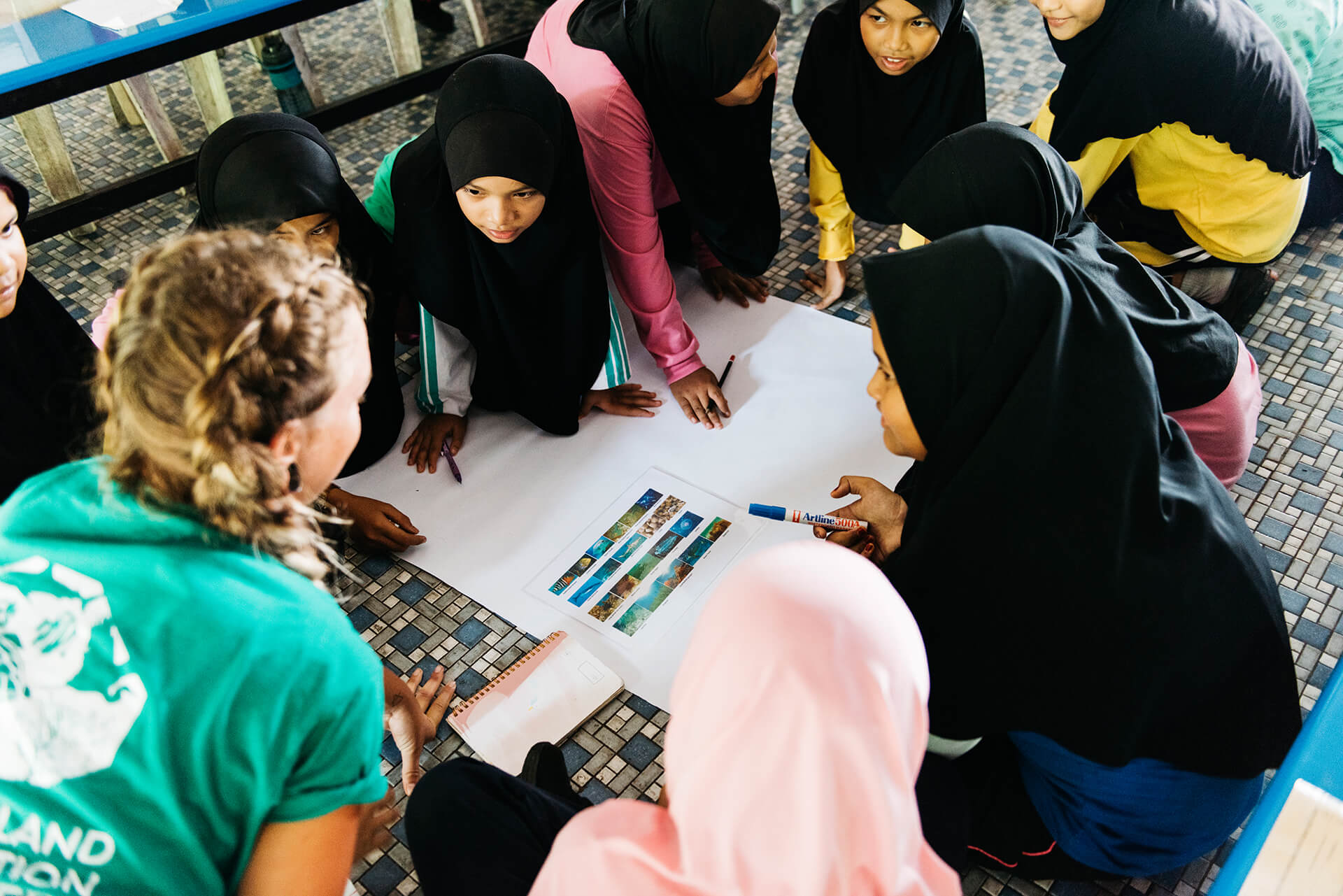
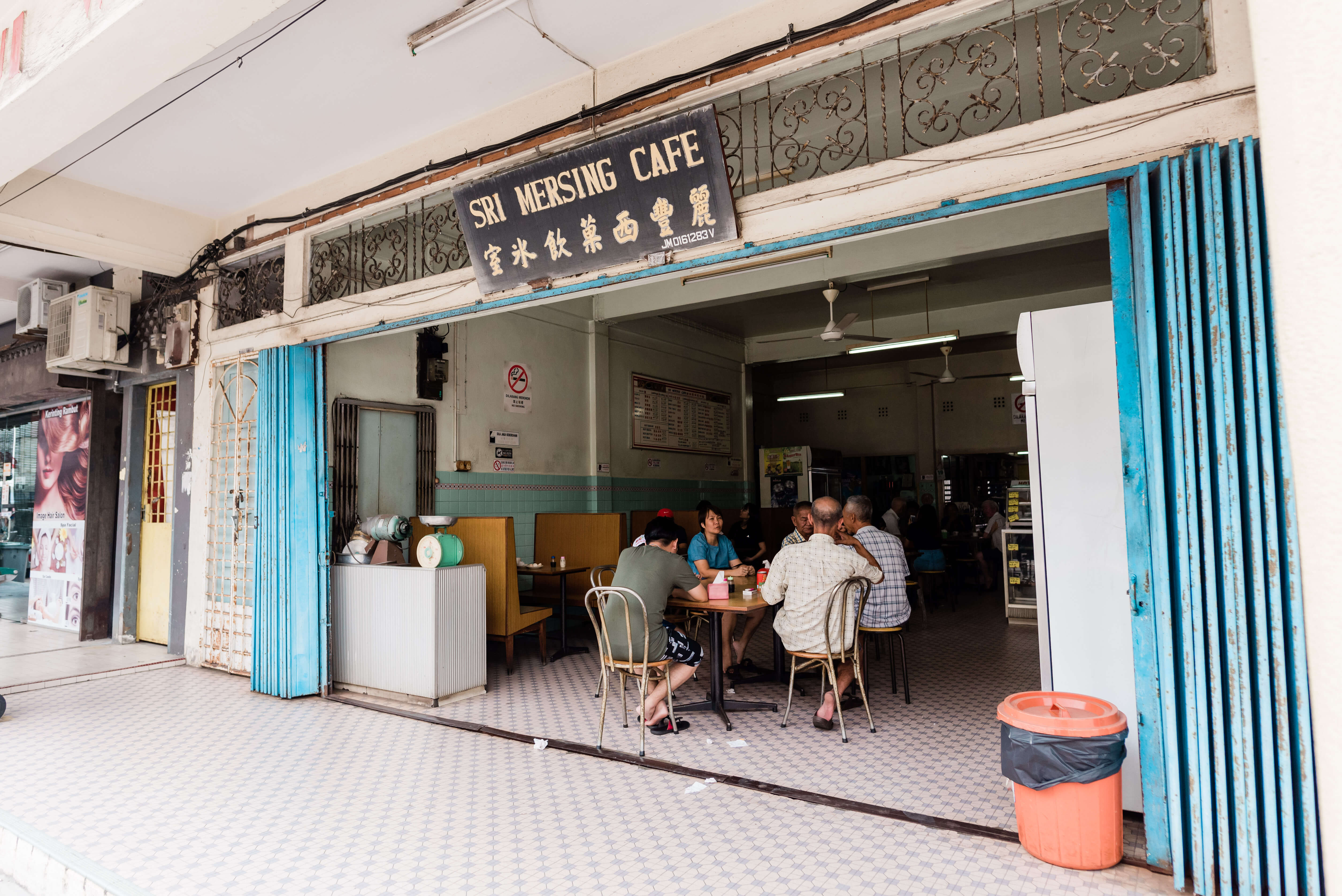
People doing good. Causes you can support. Subscribe for a weekly dose of inspiration.

Our Better World is the digital storytelling initiative of the Singapore International Foundation, which brings world communities together to do good.

Our Better World is the digital storytelling initiative of the Singapore International Foundation, which brings world communities together to do good.